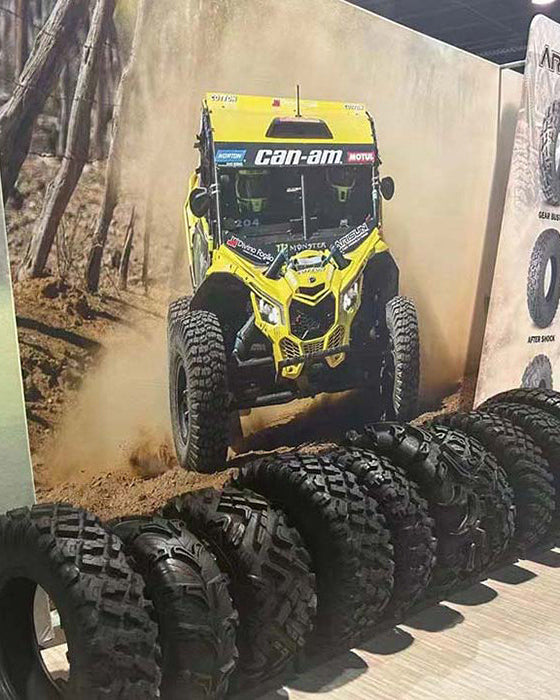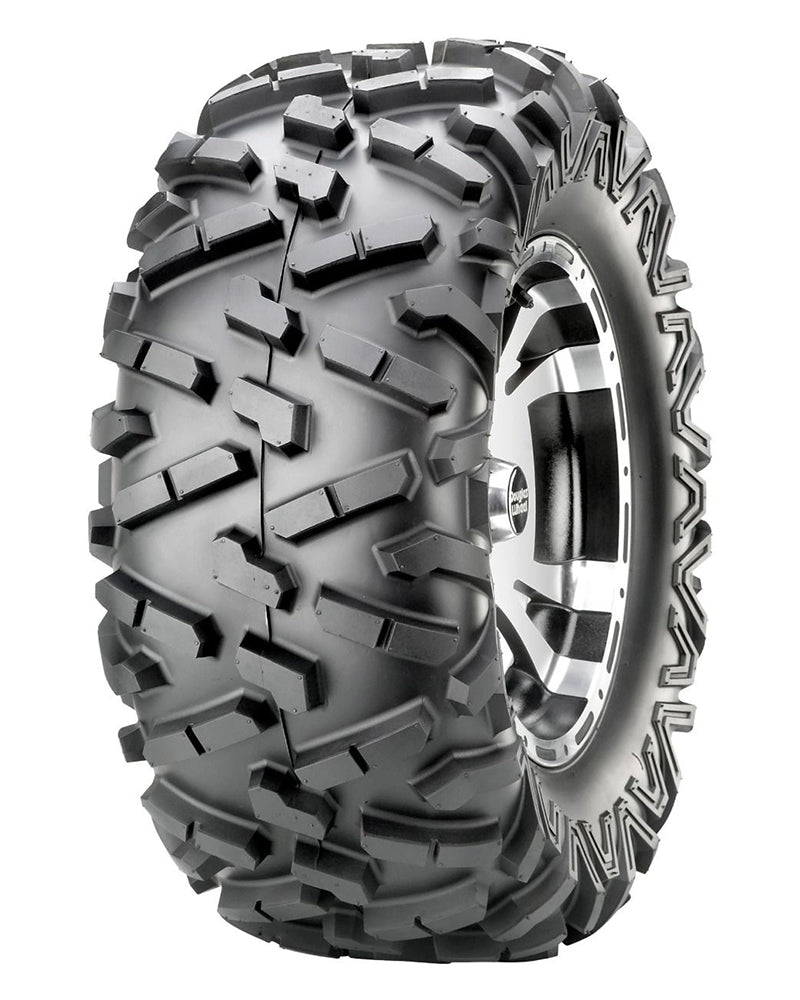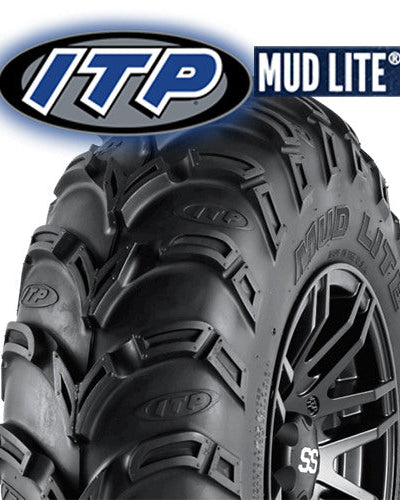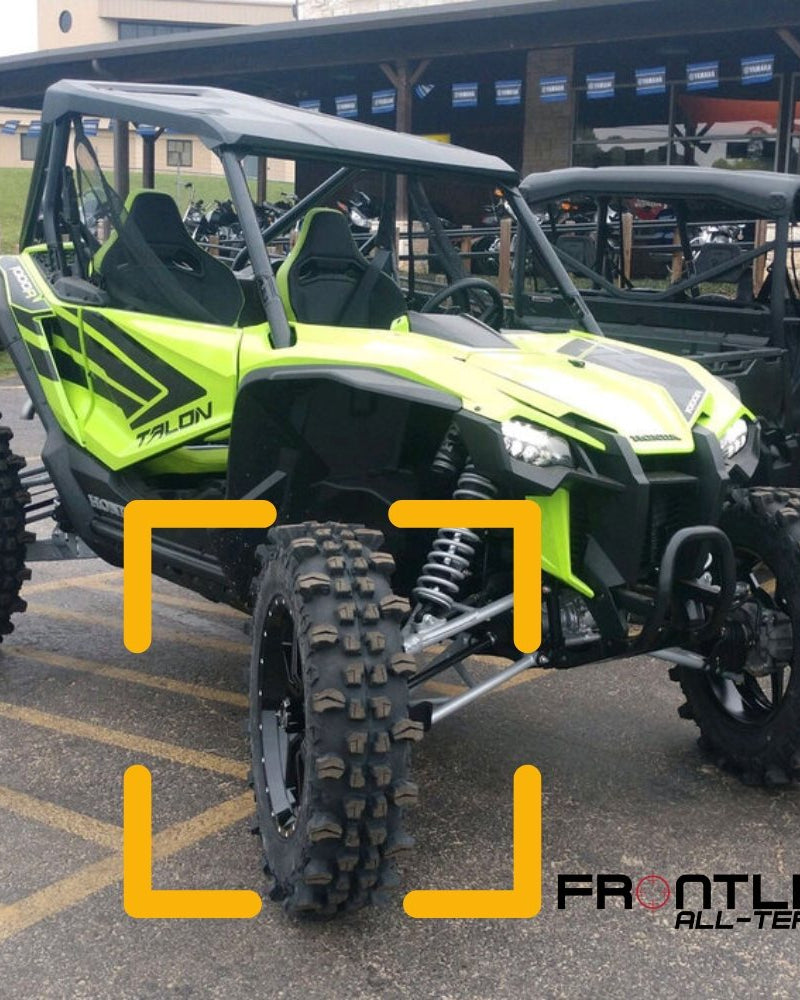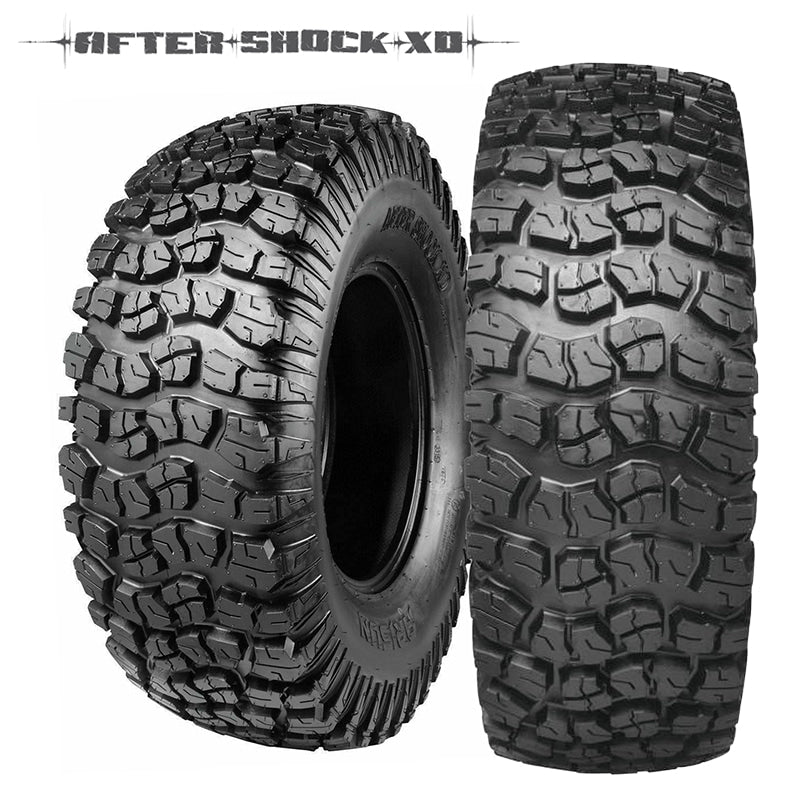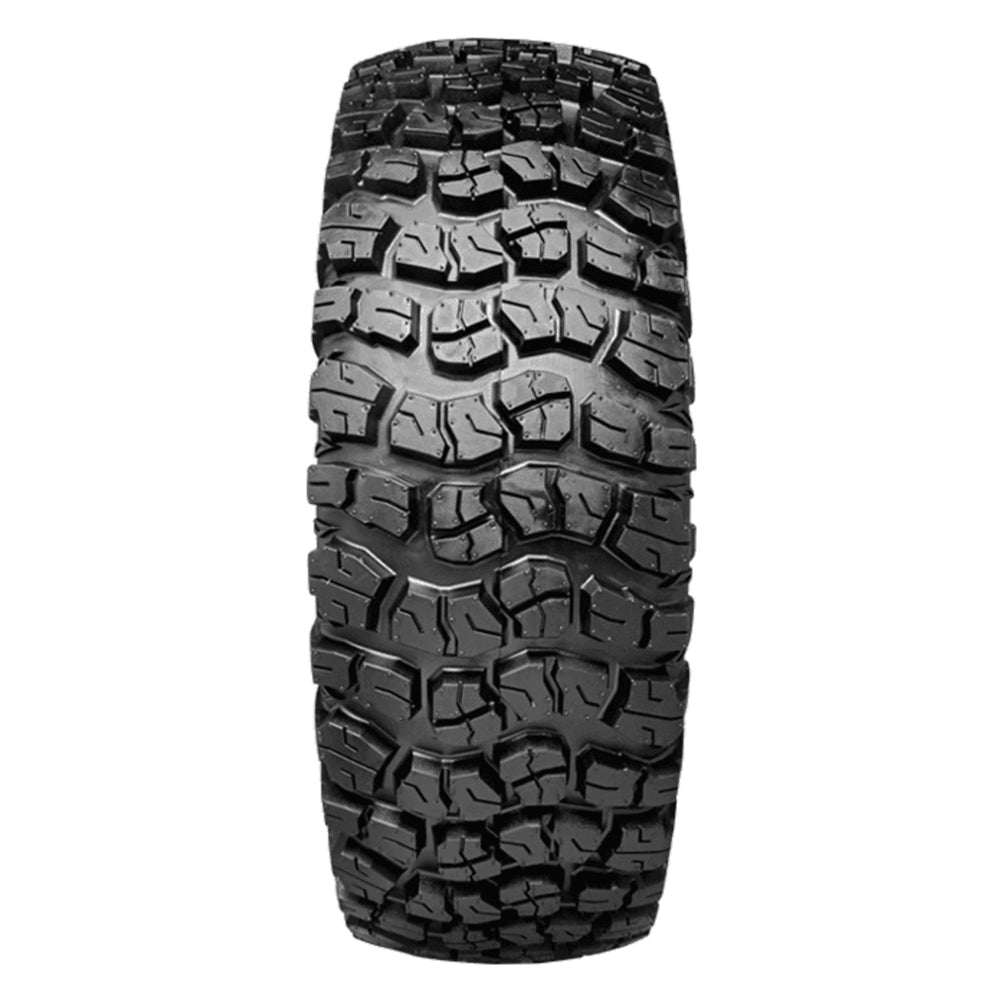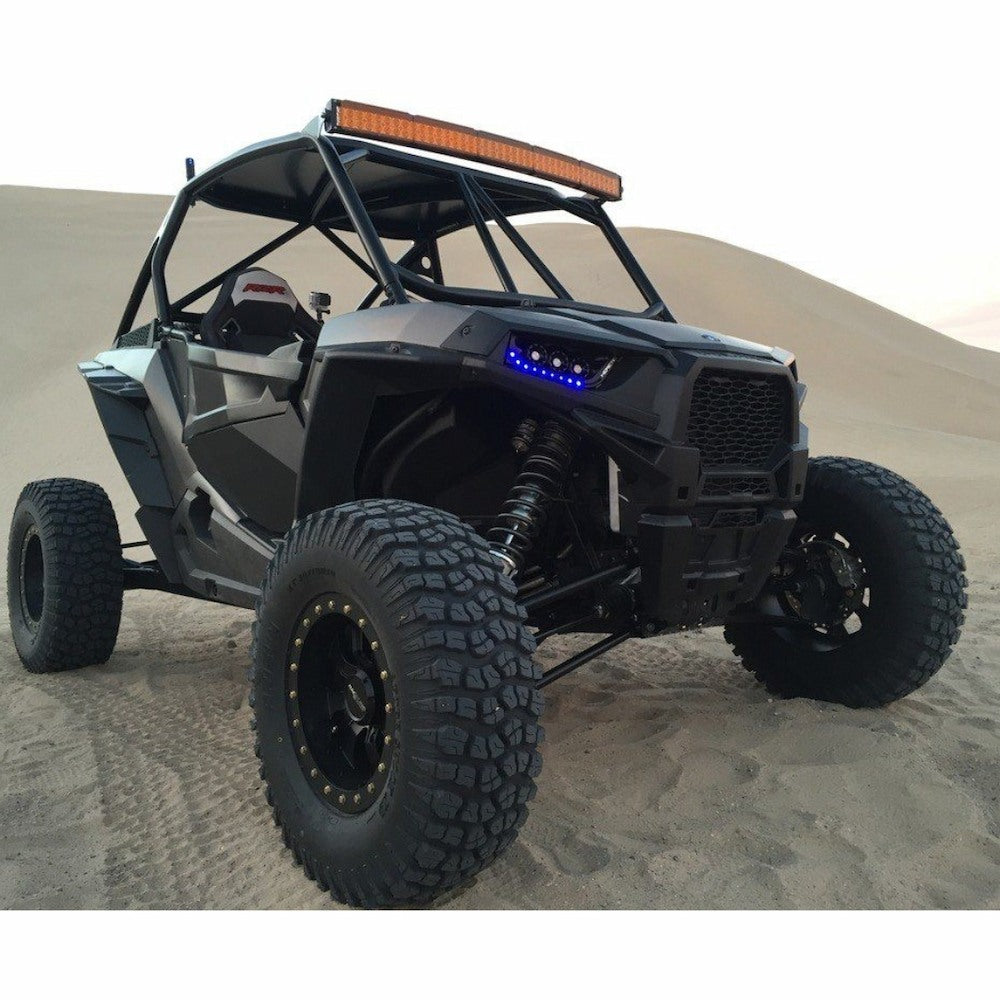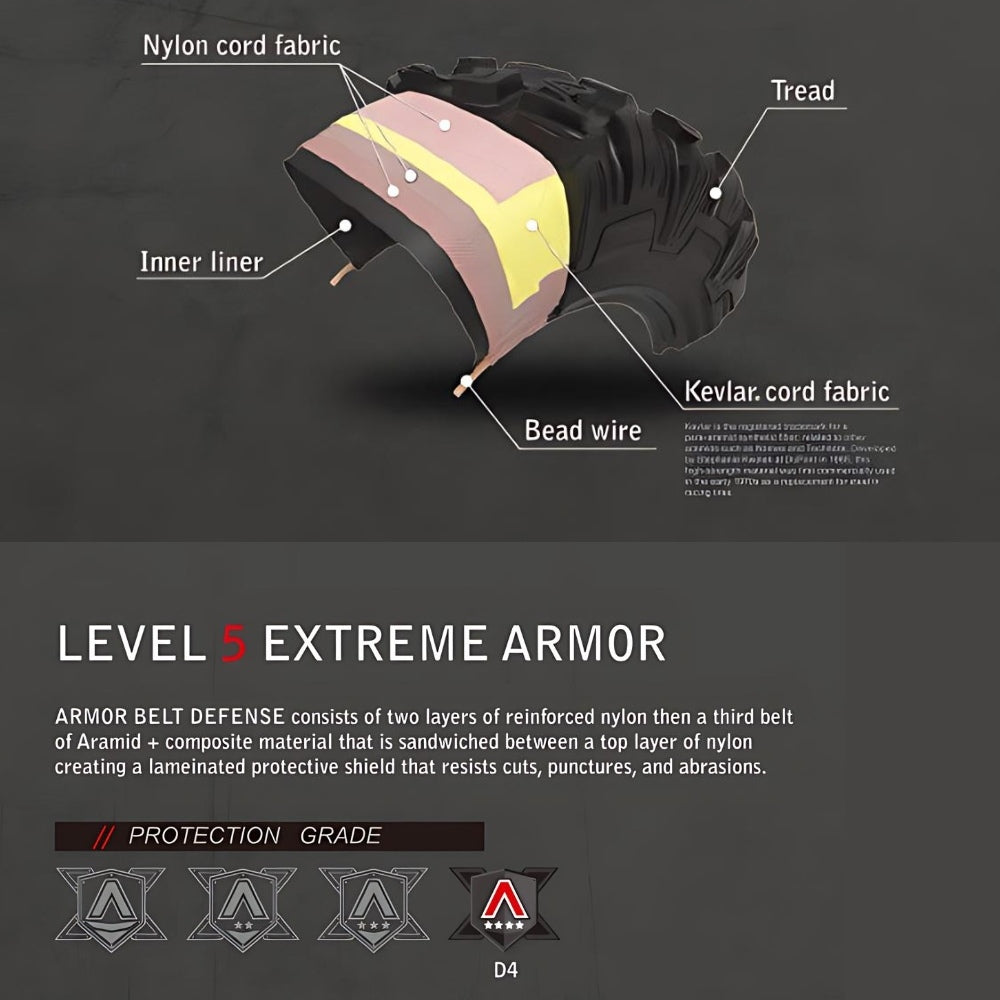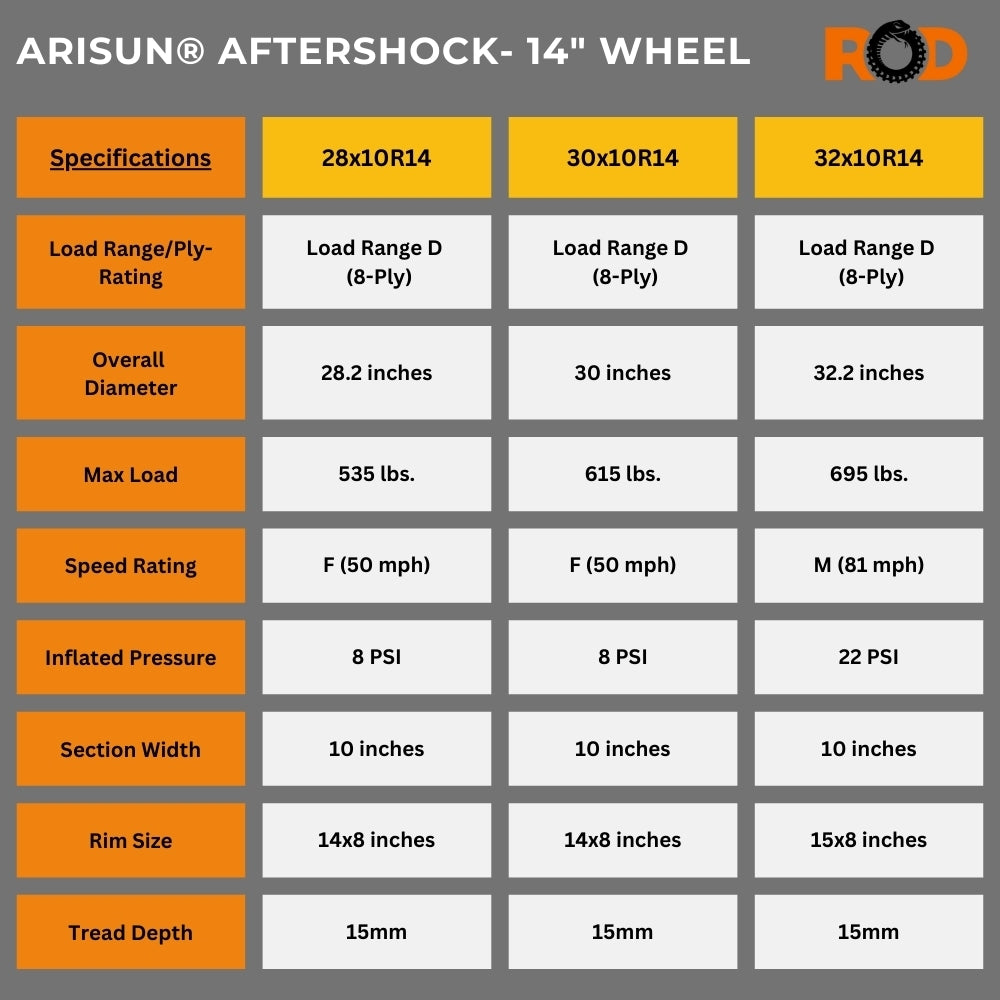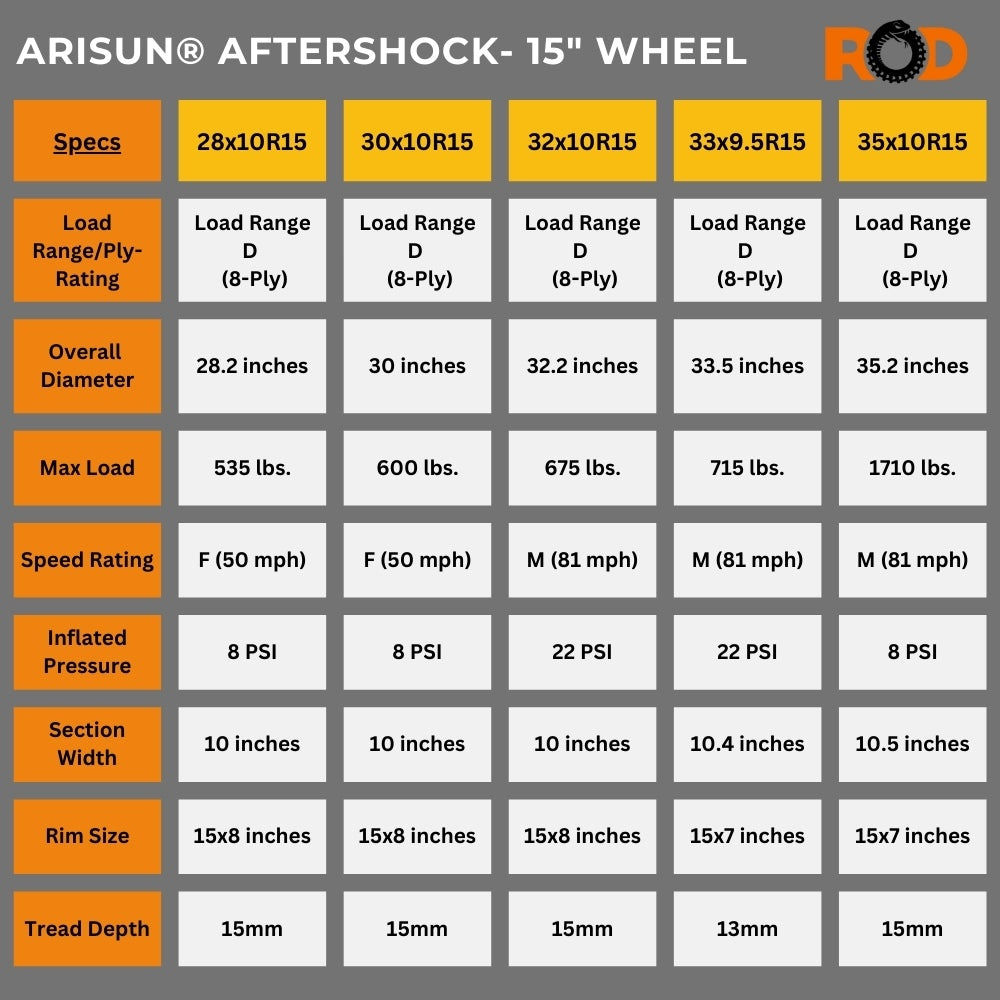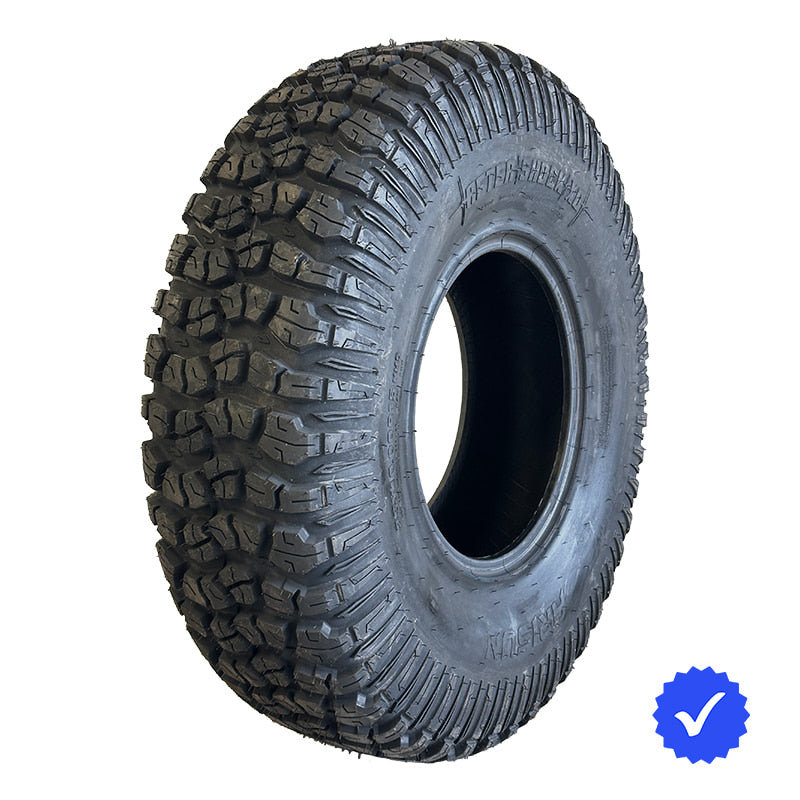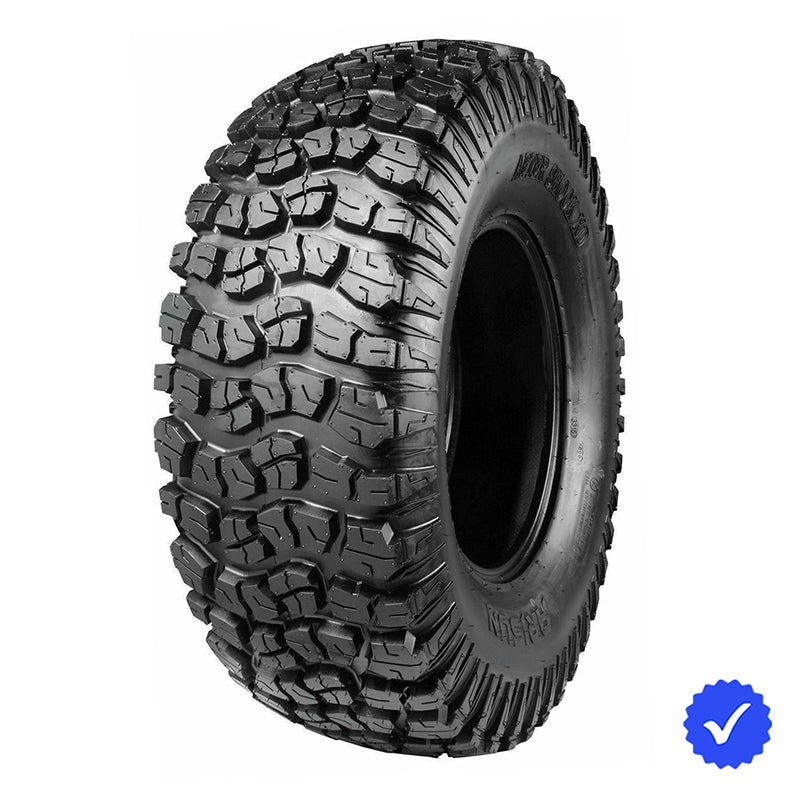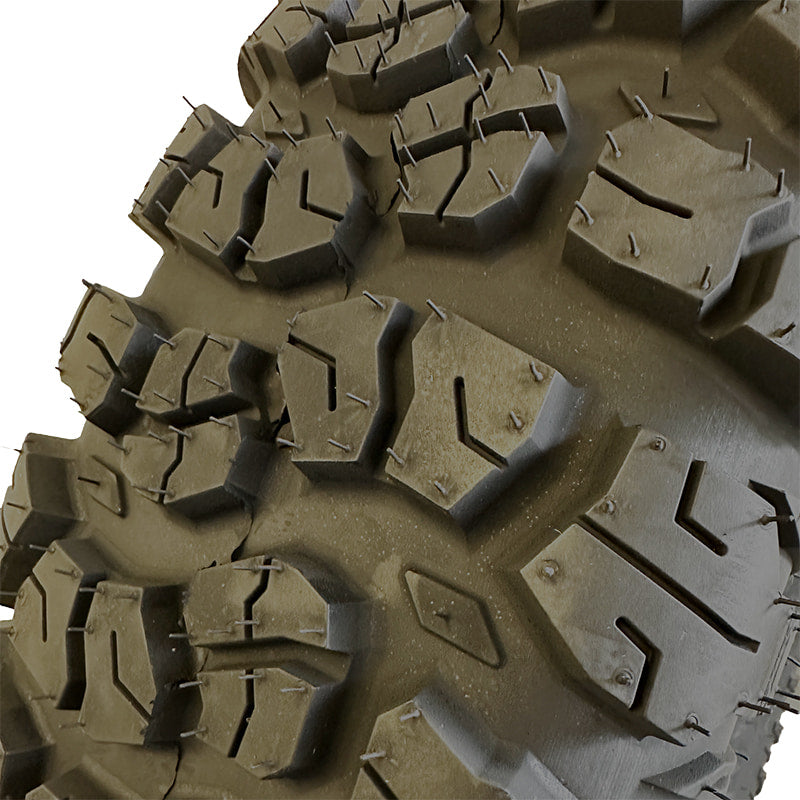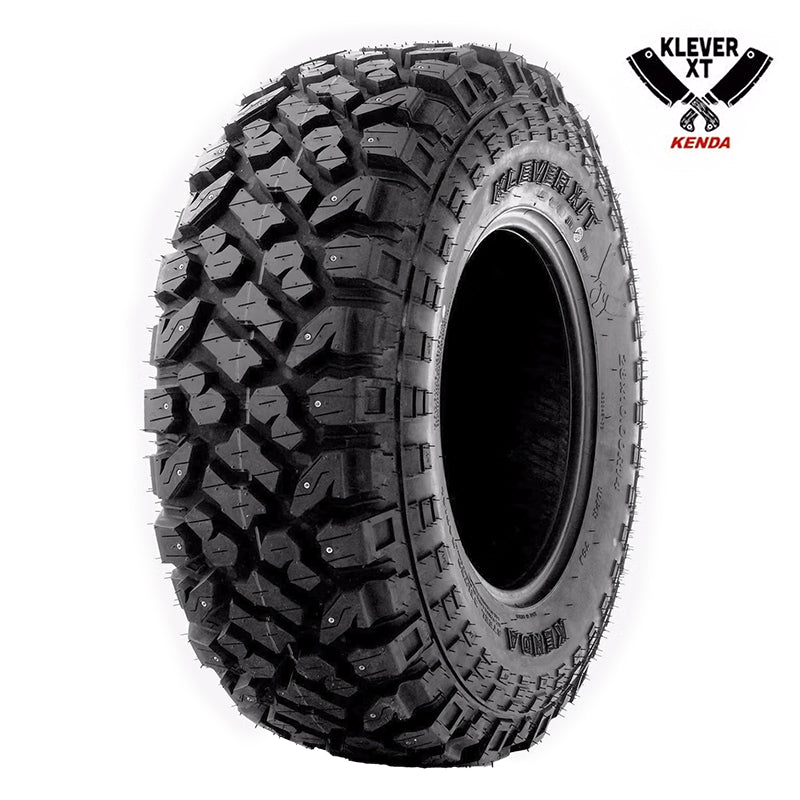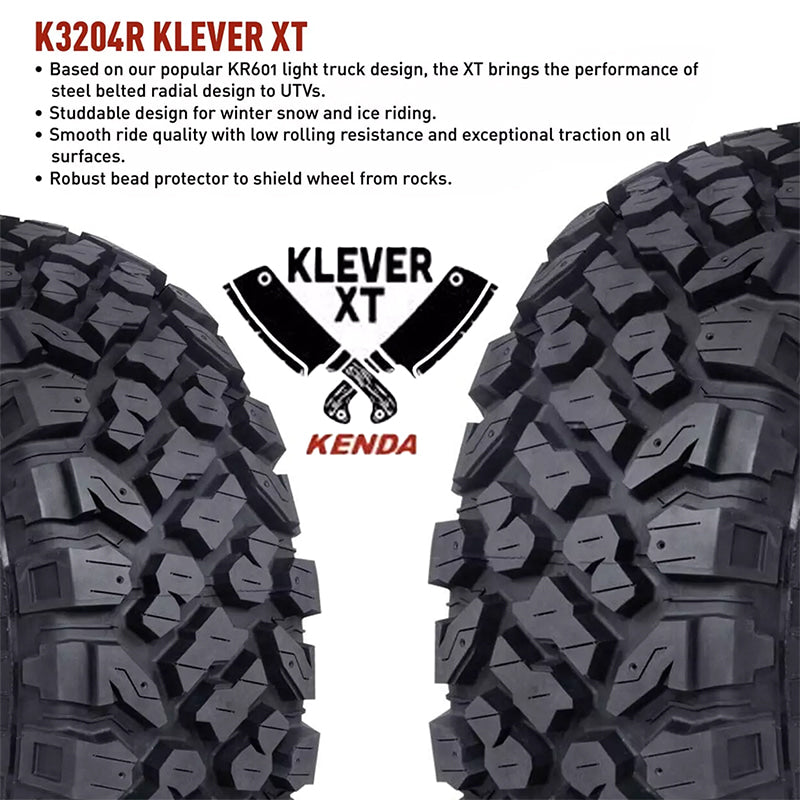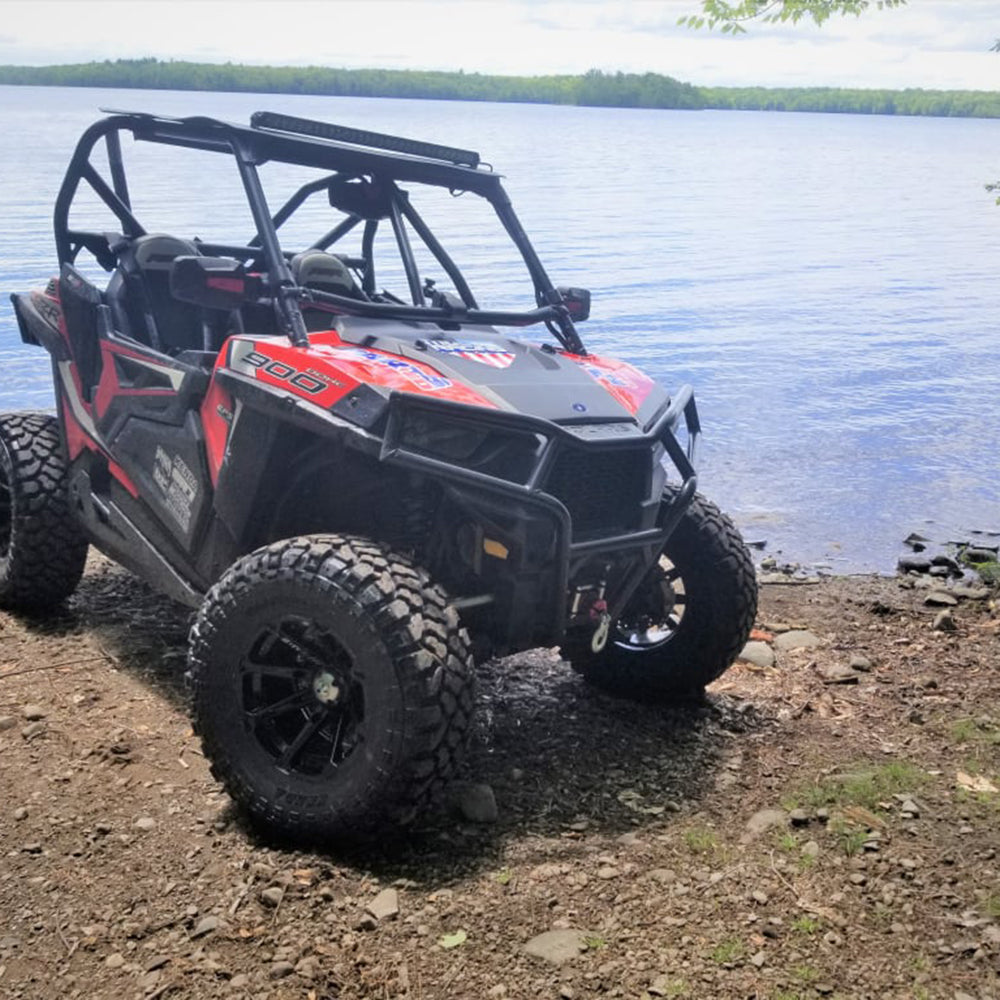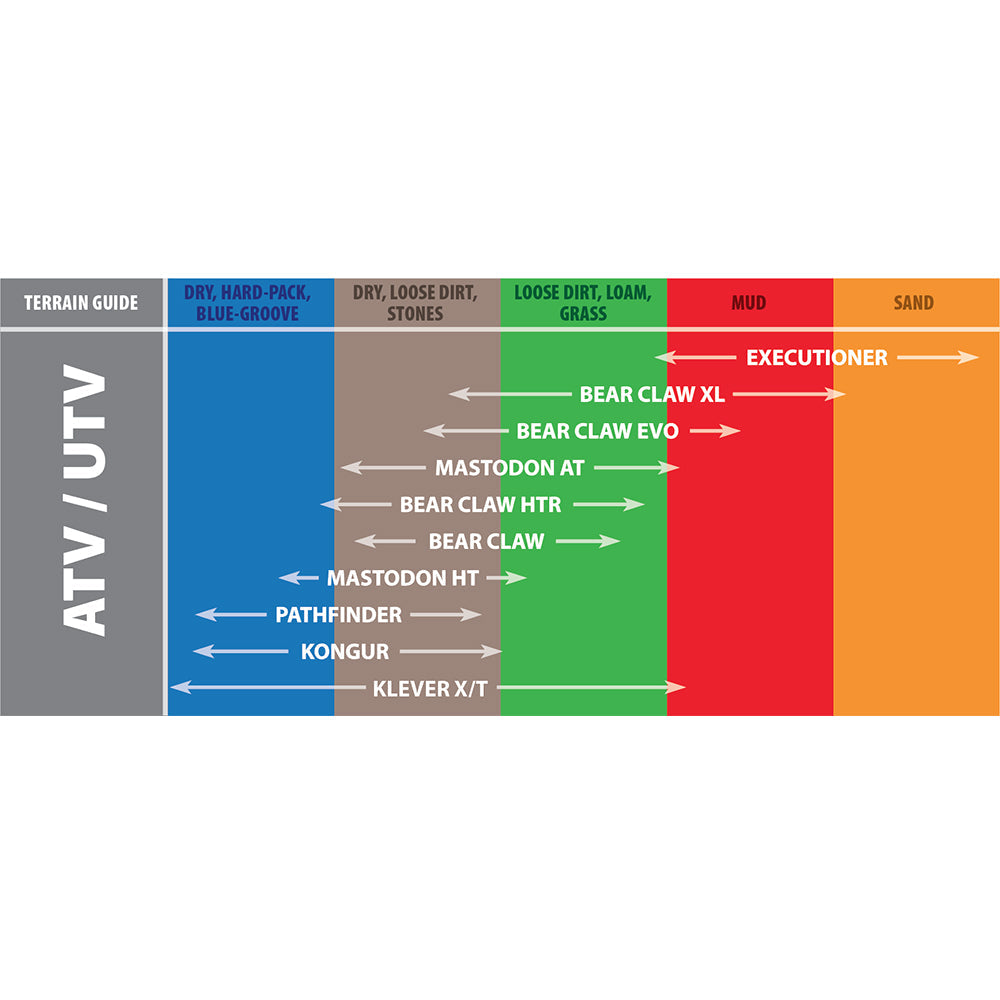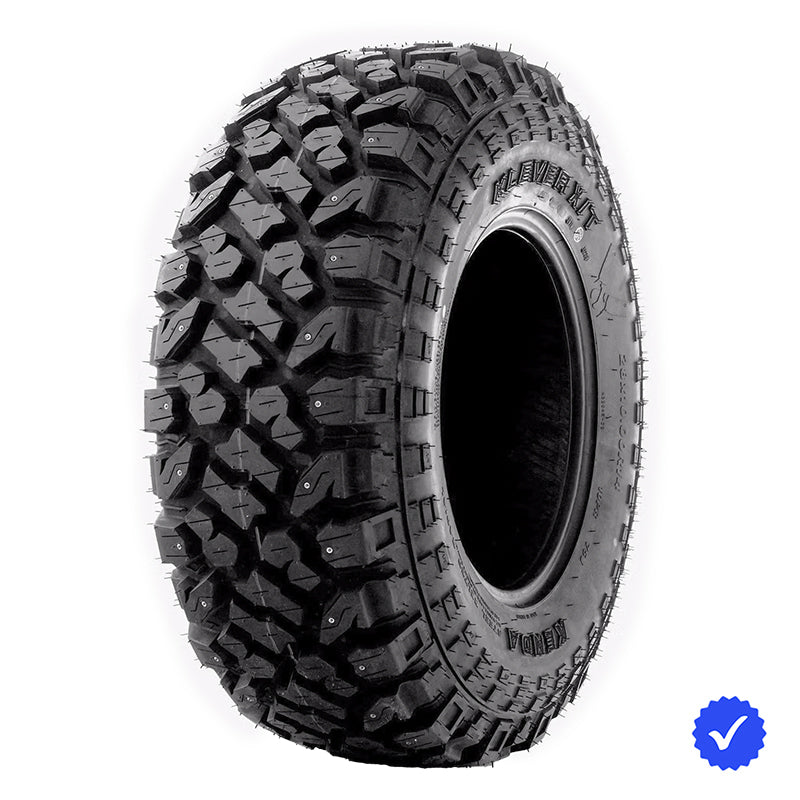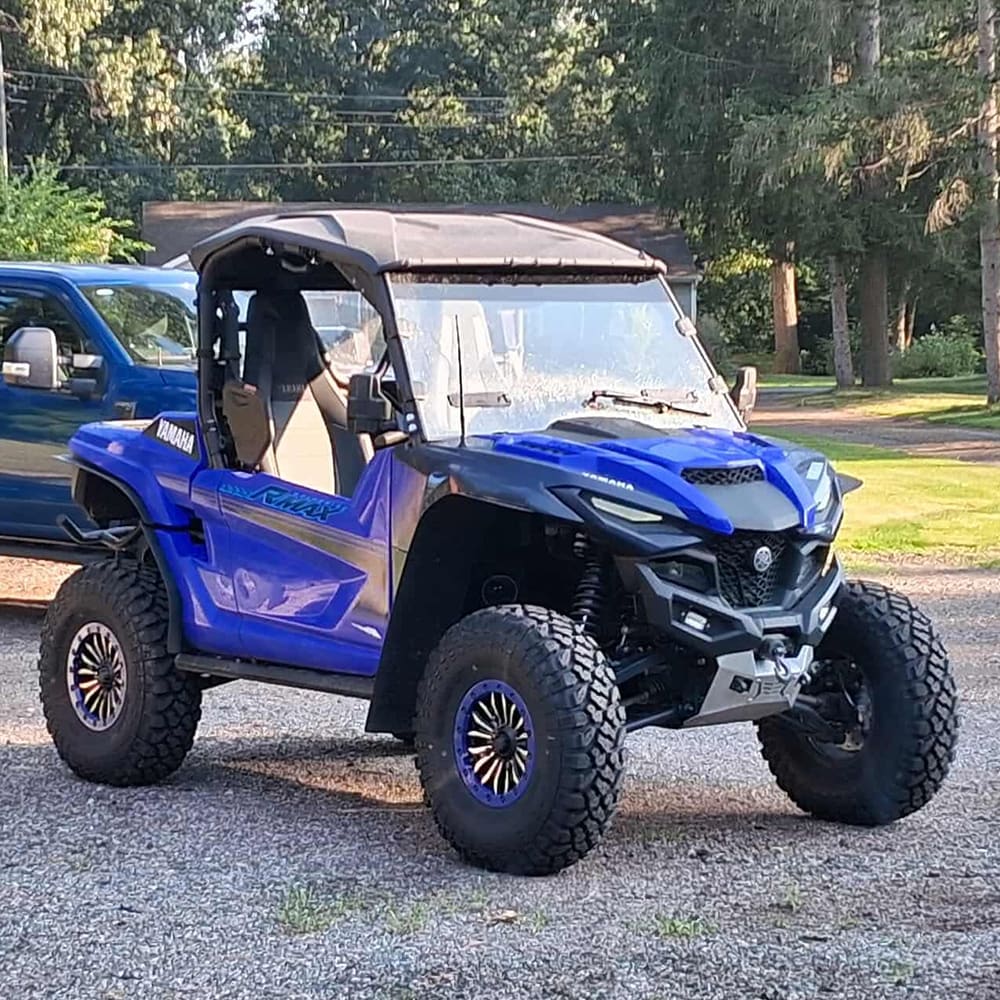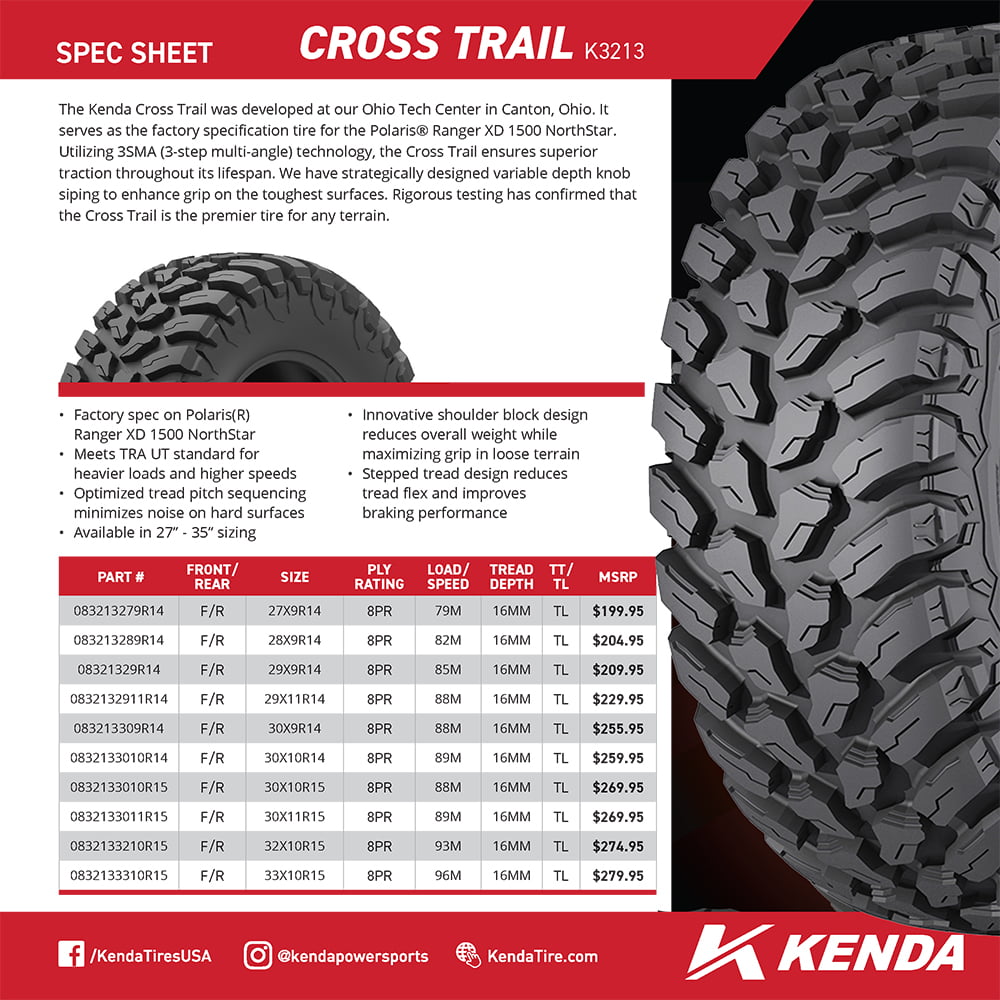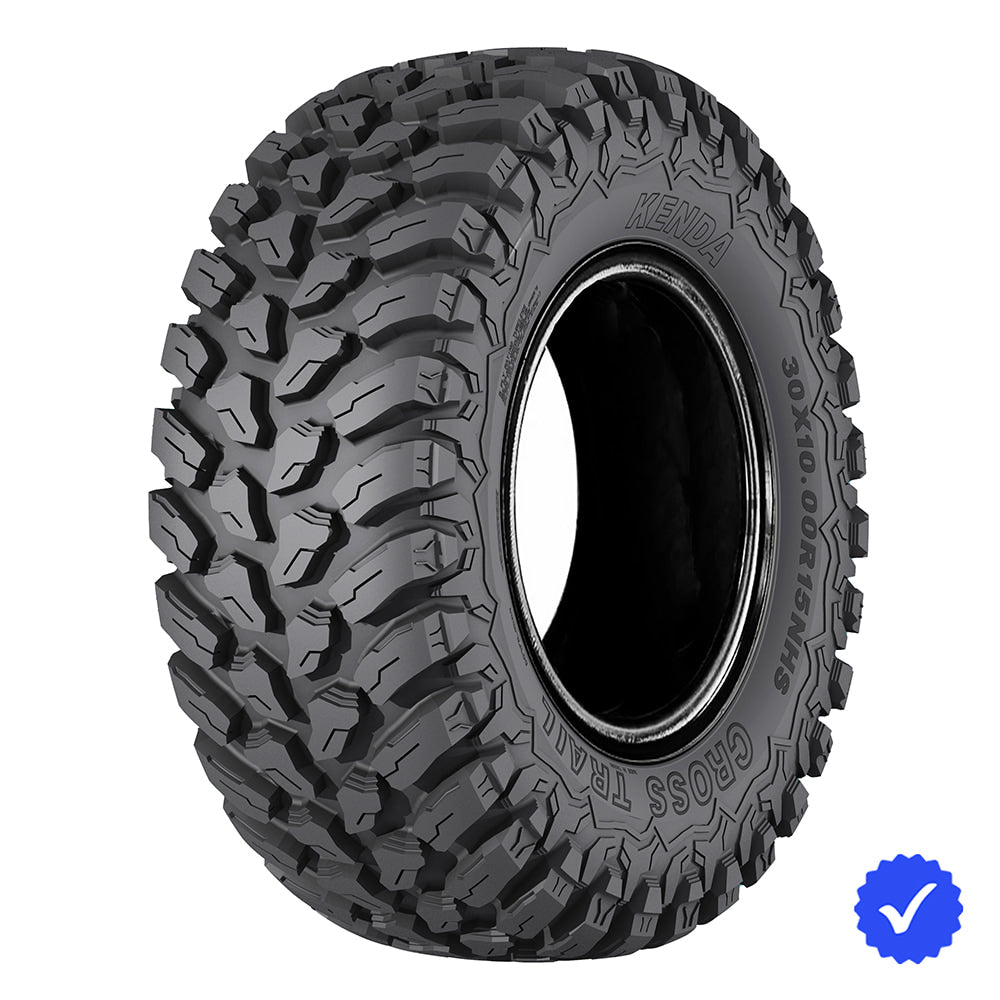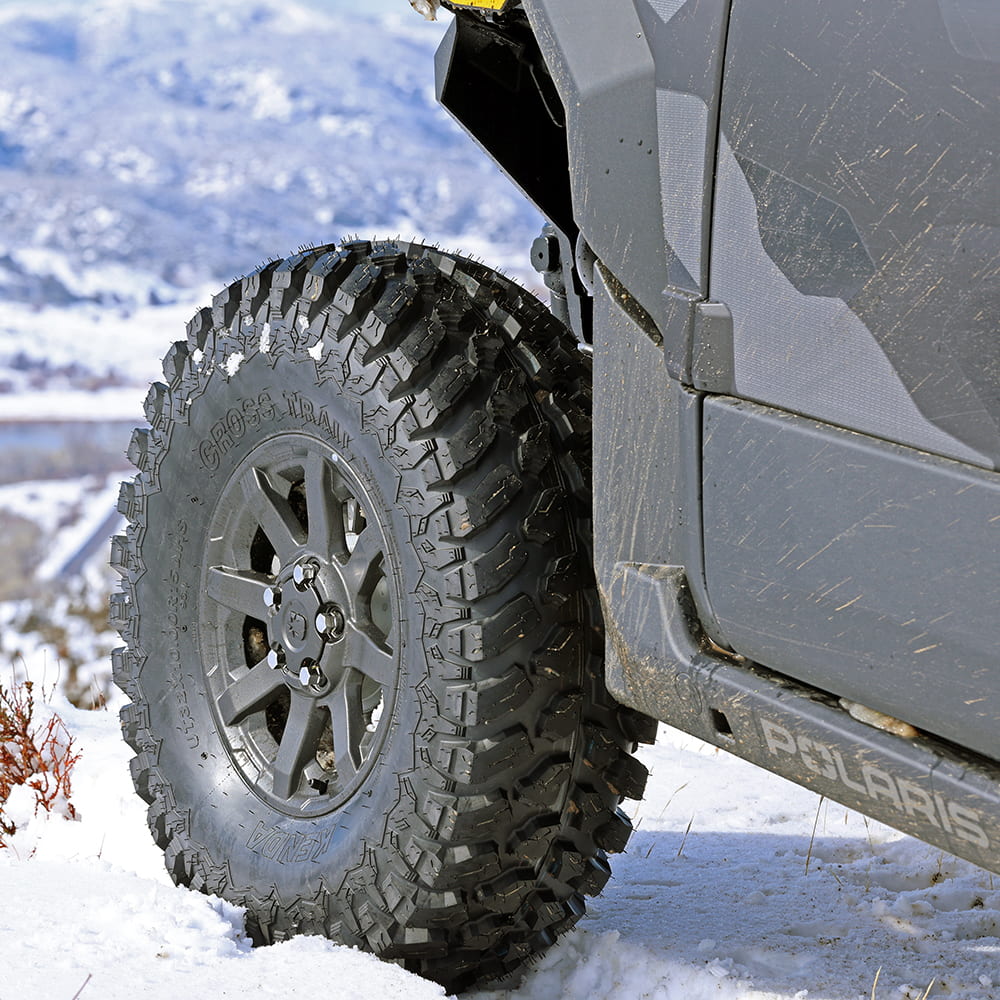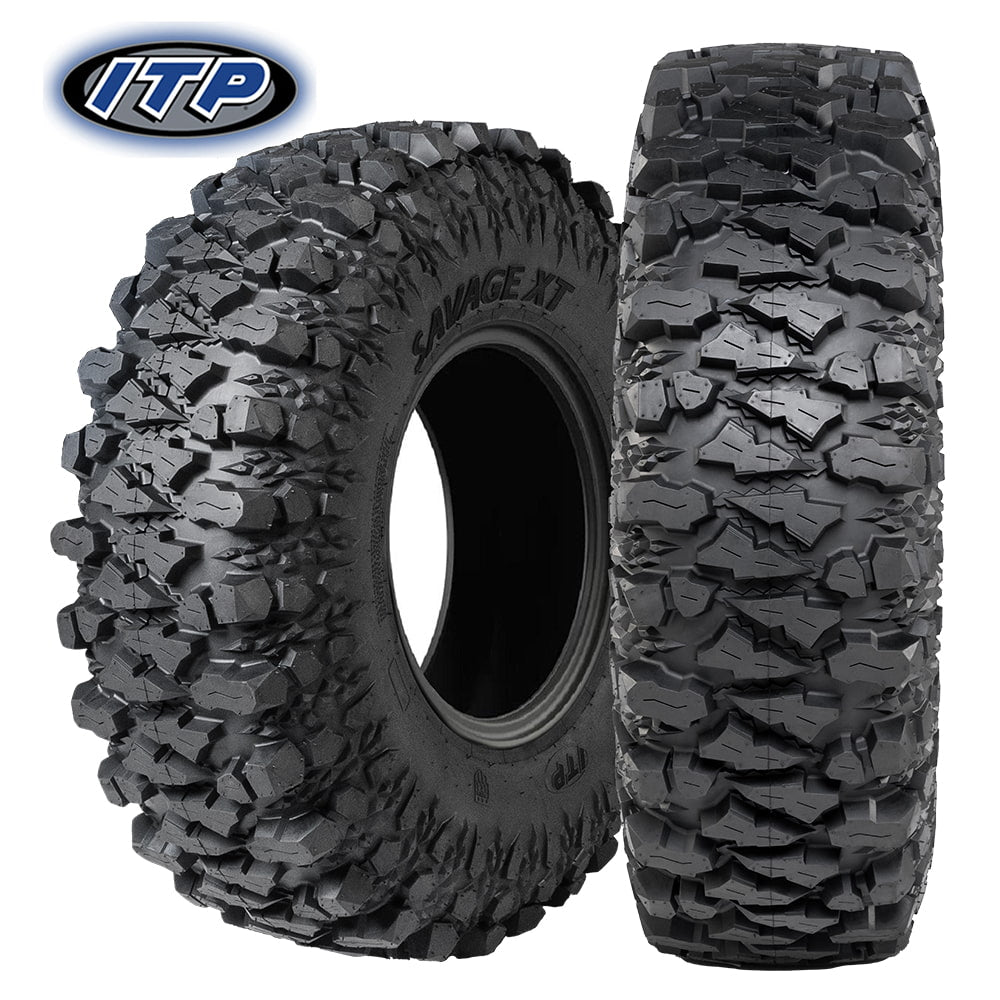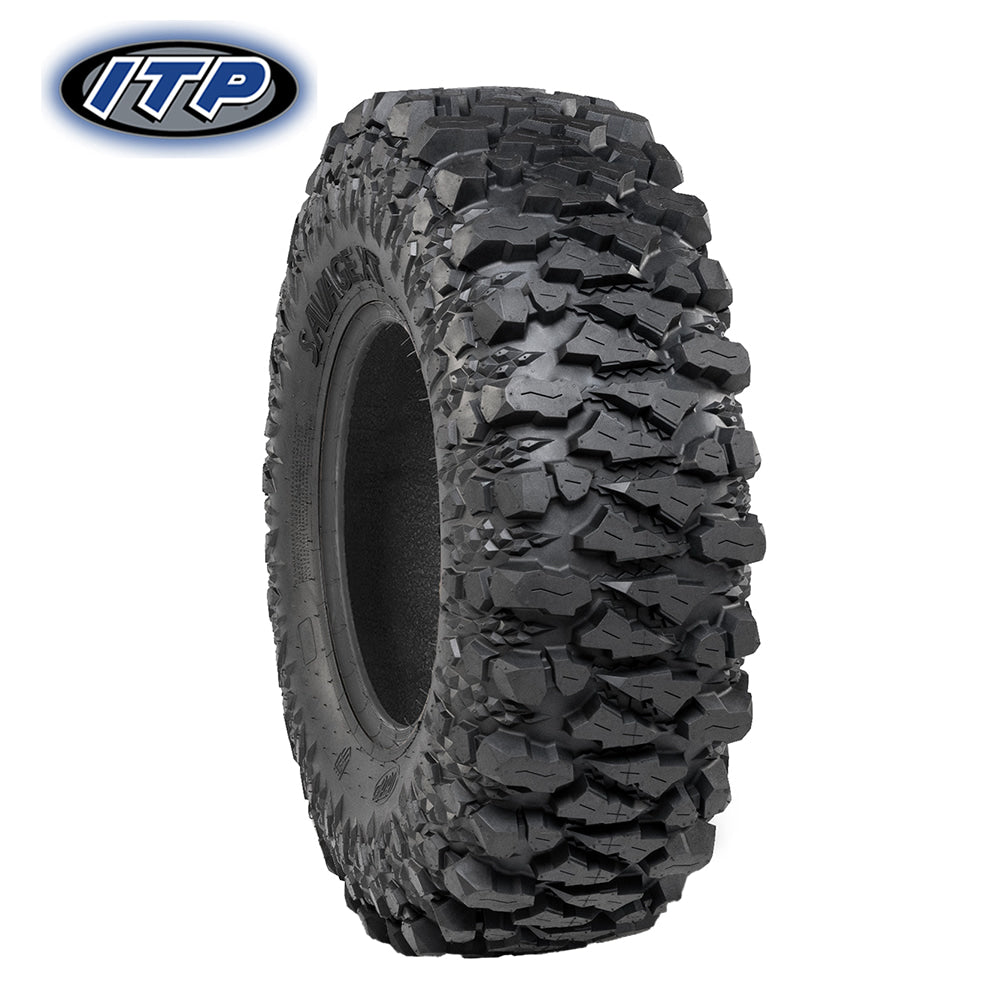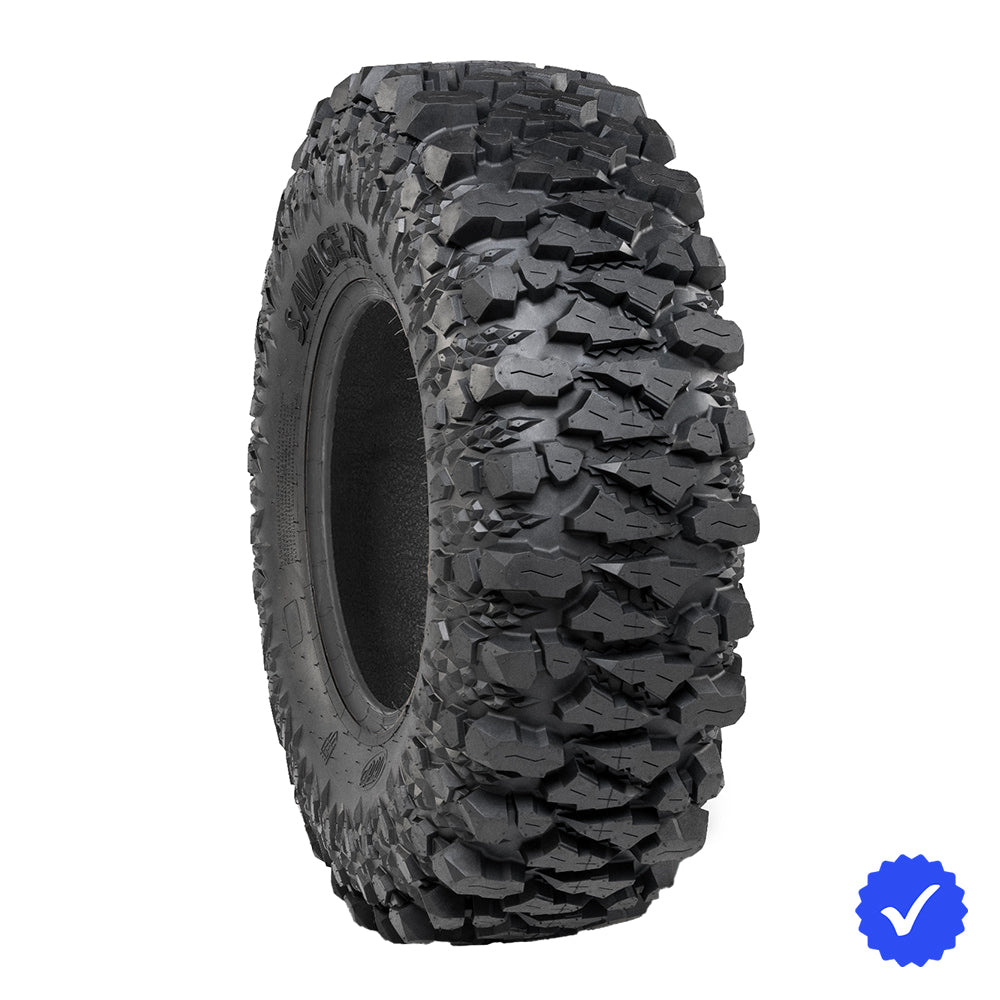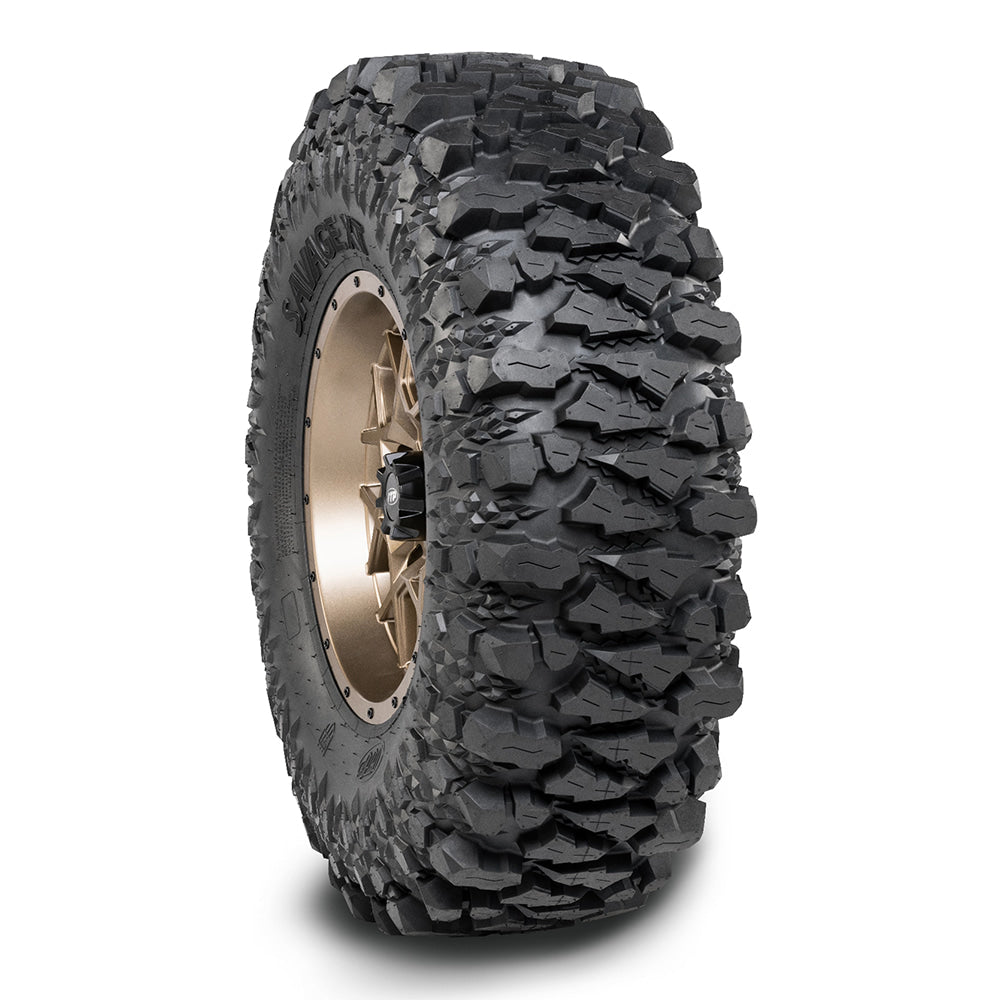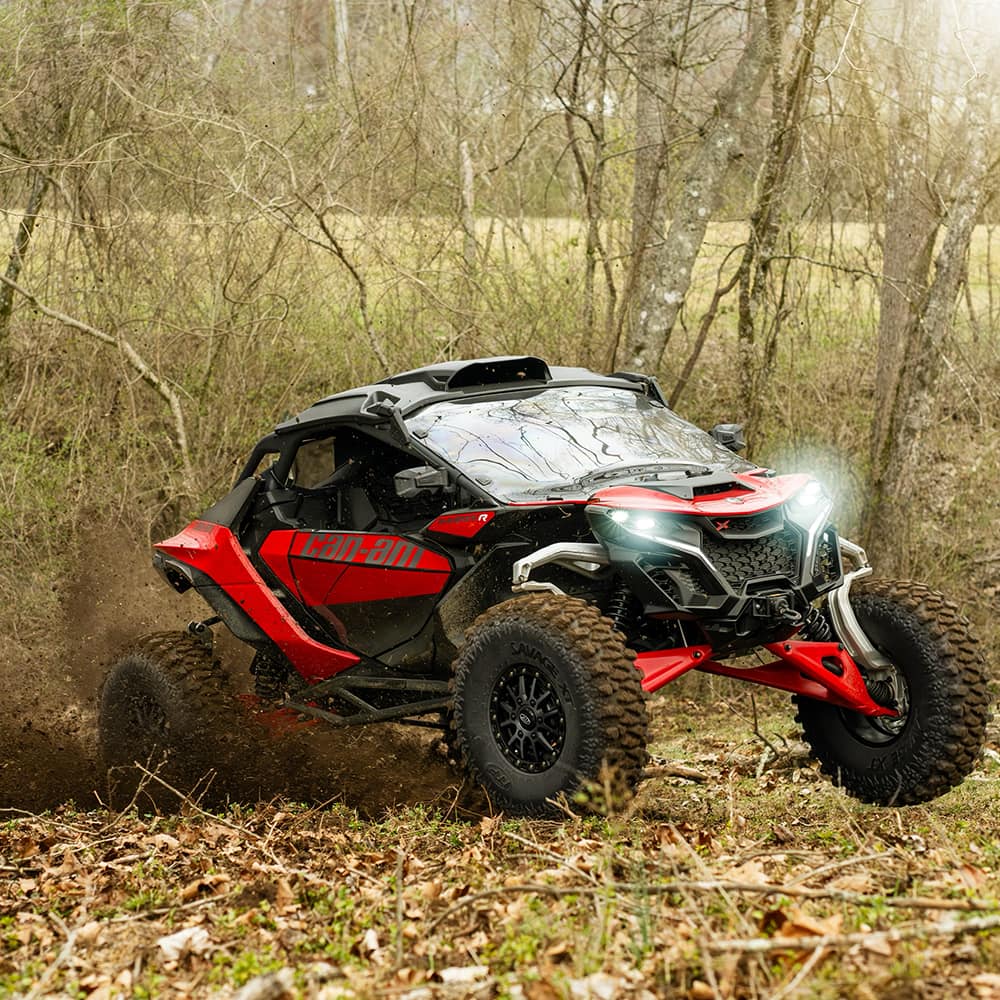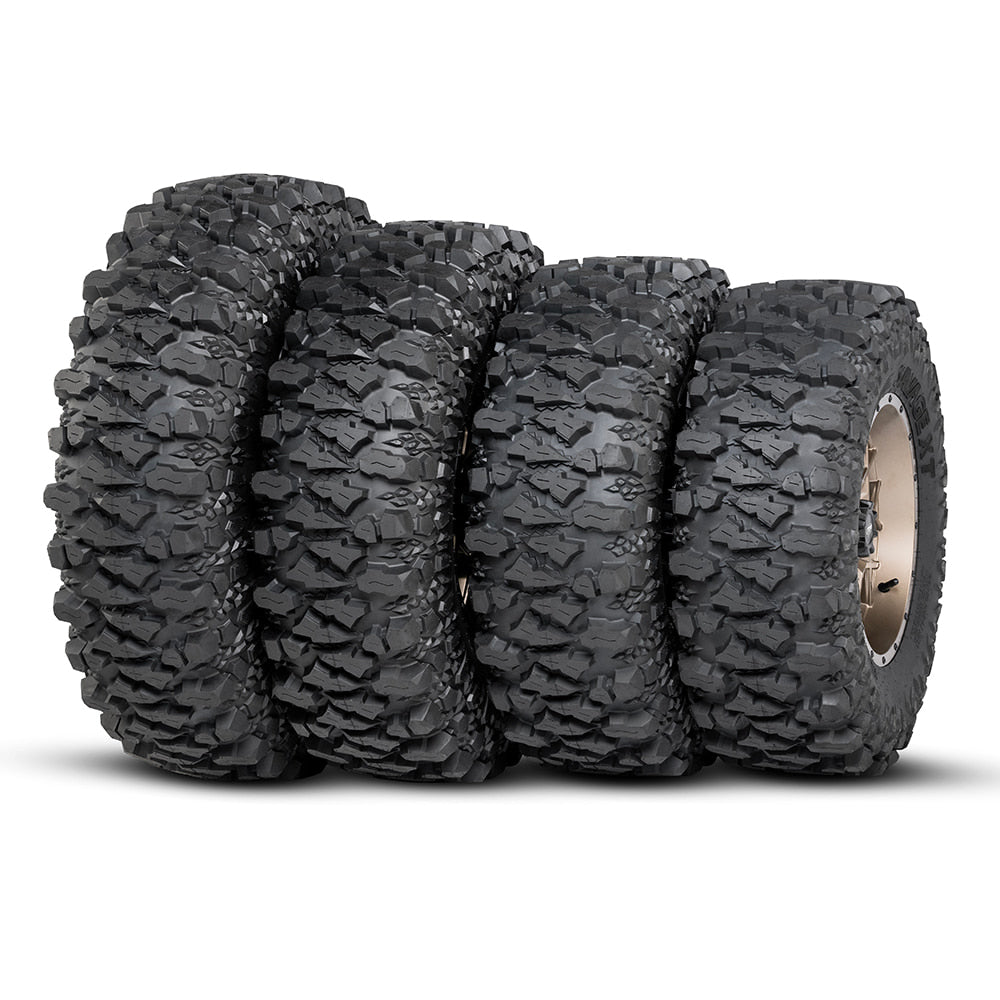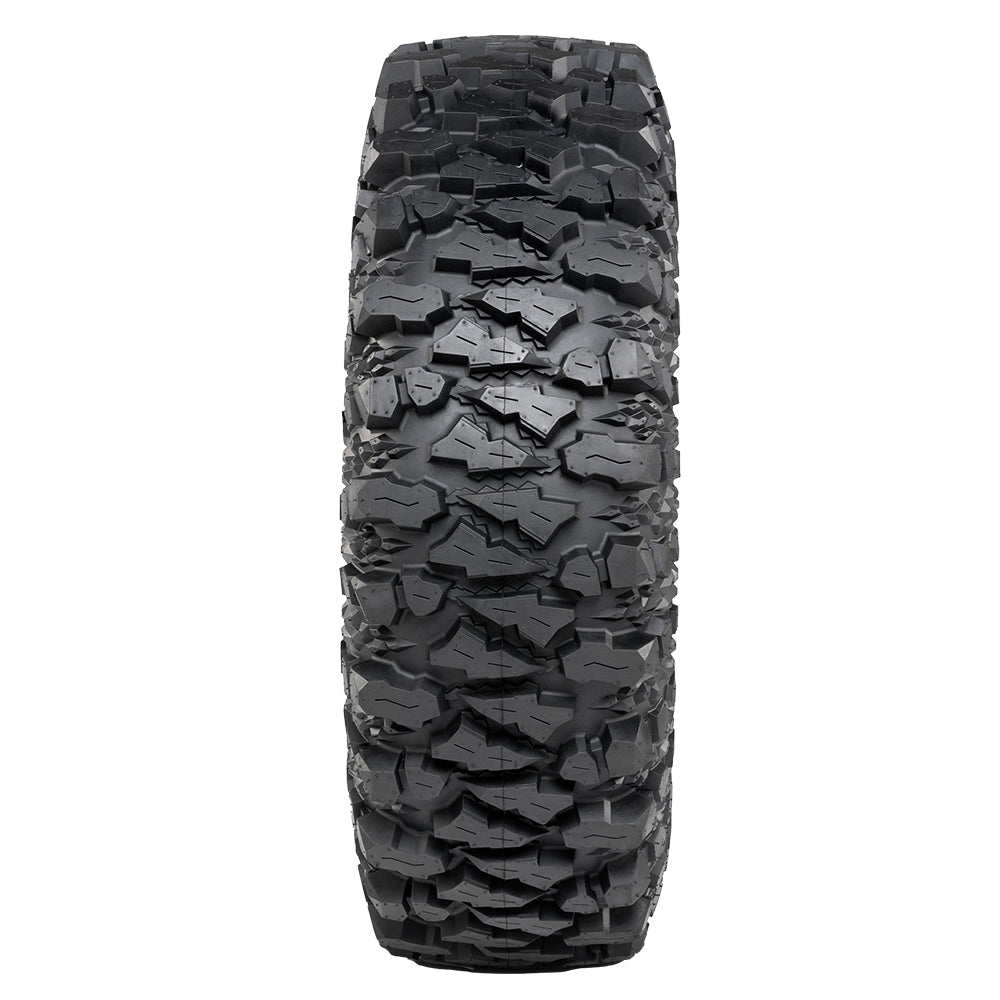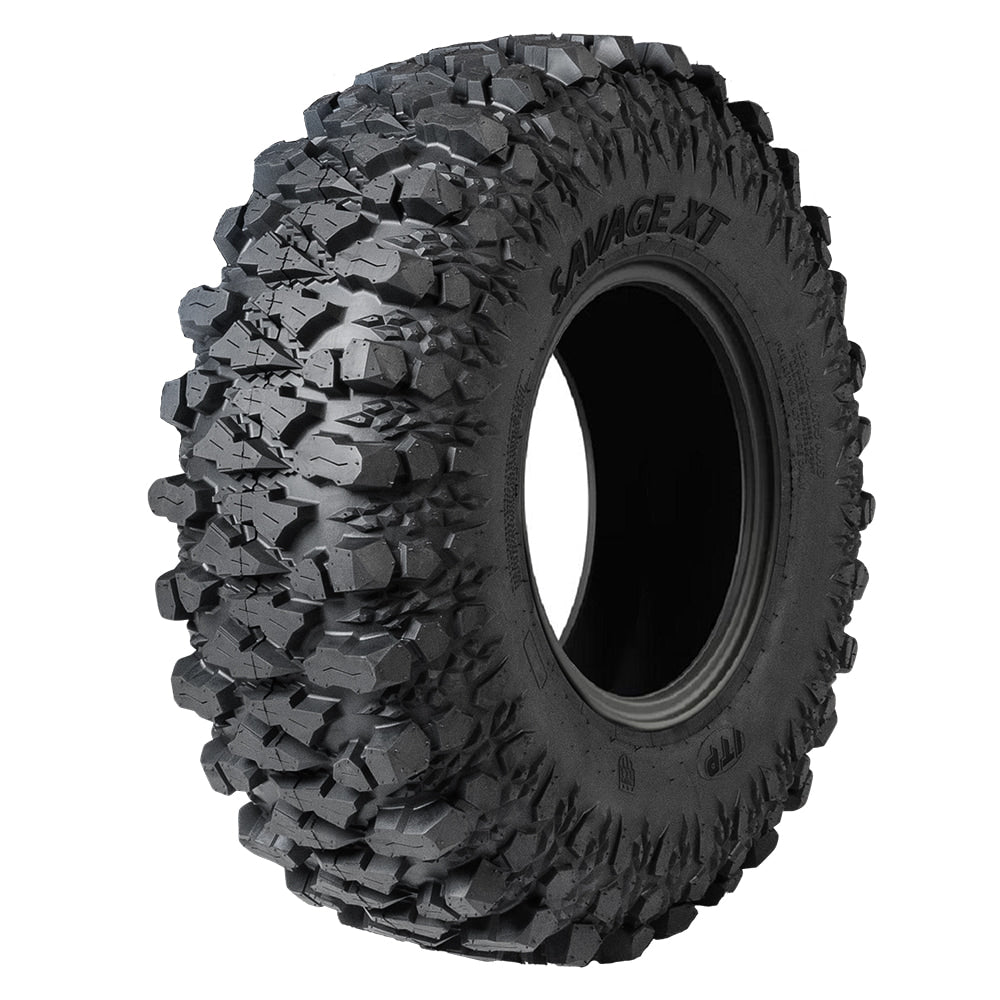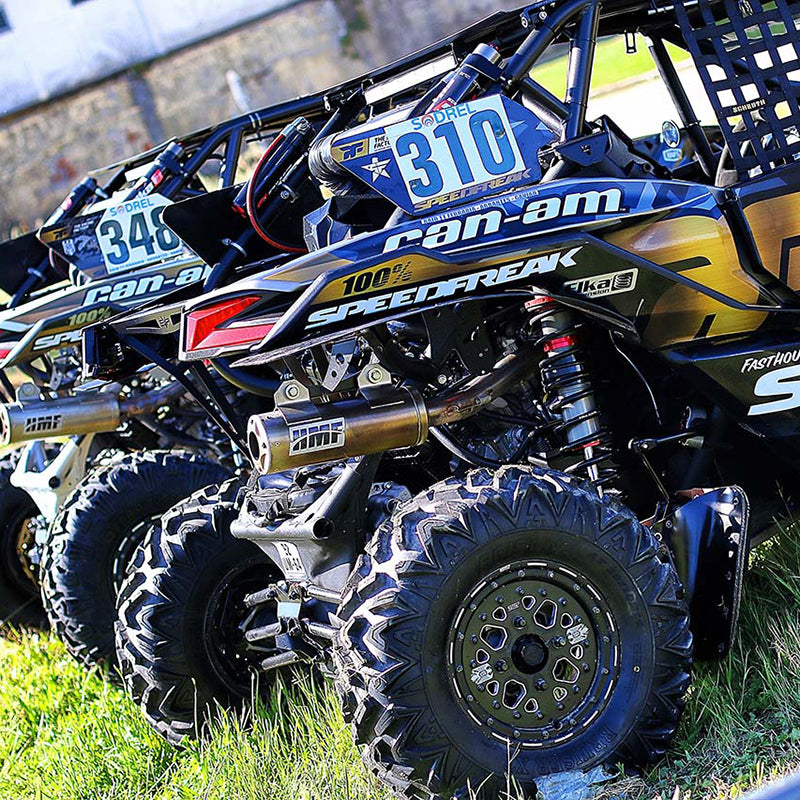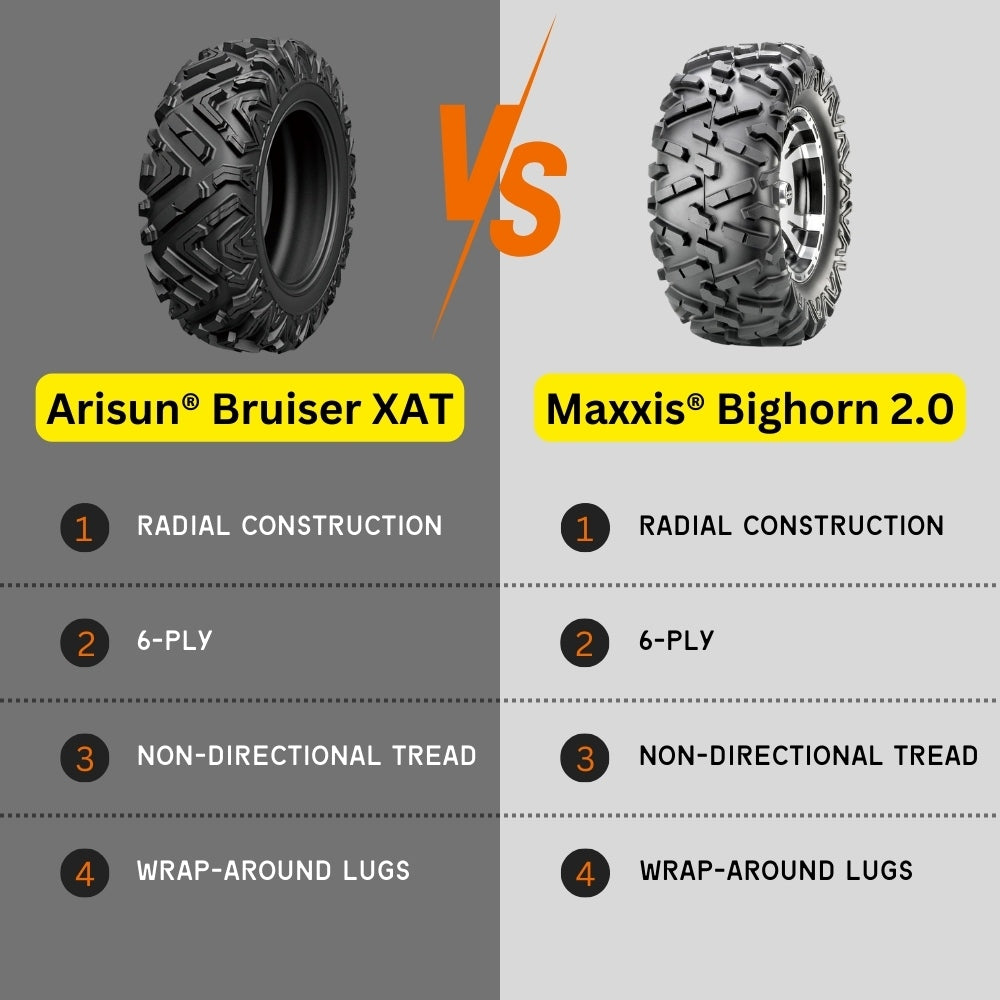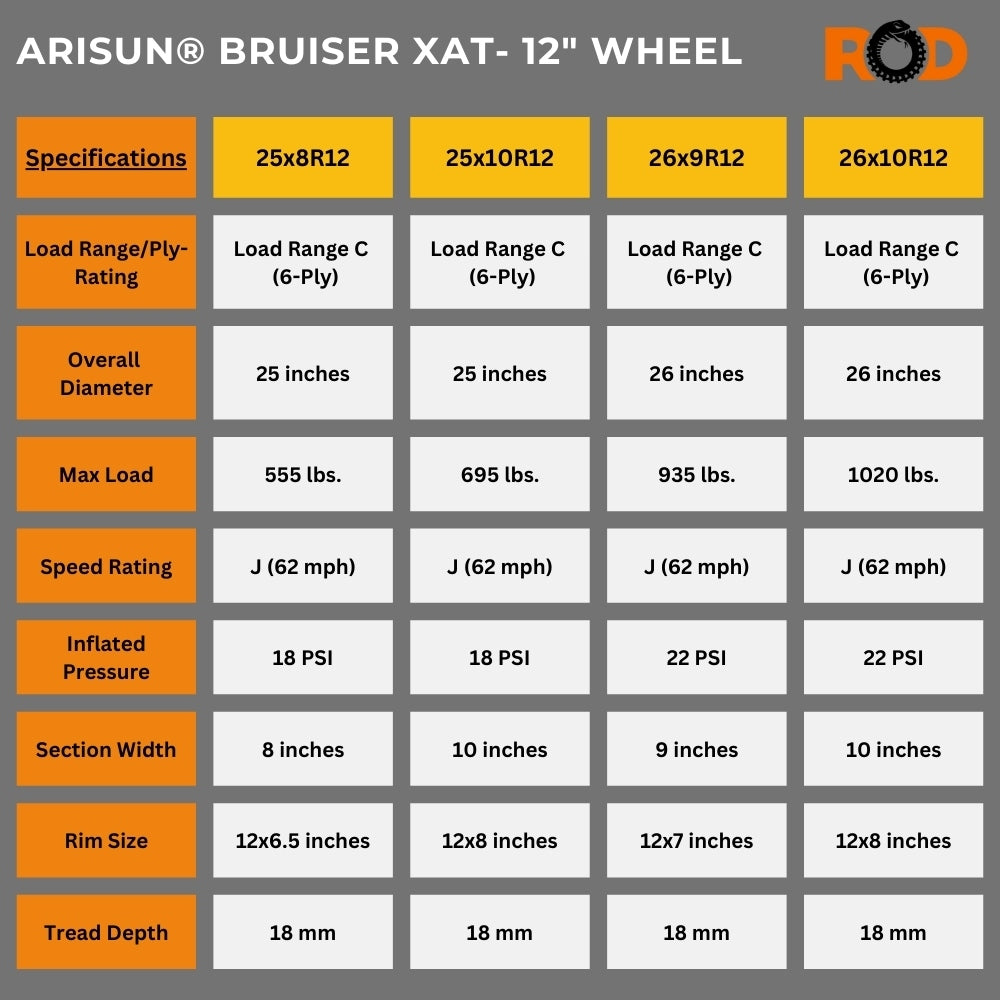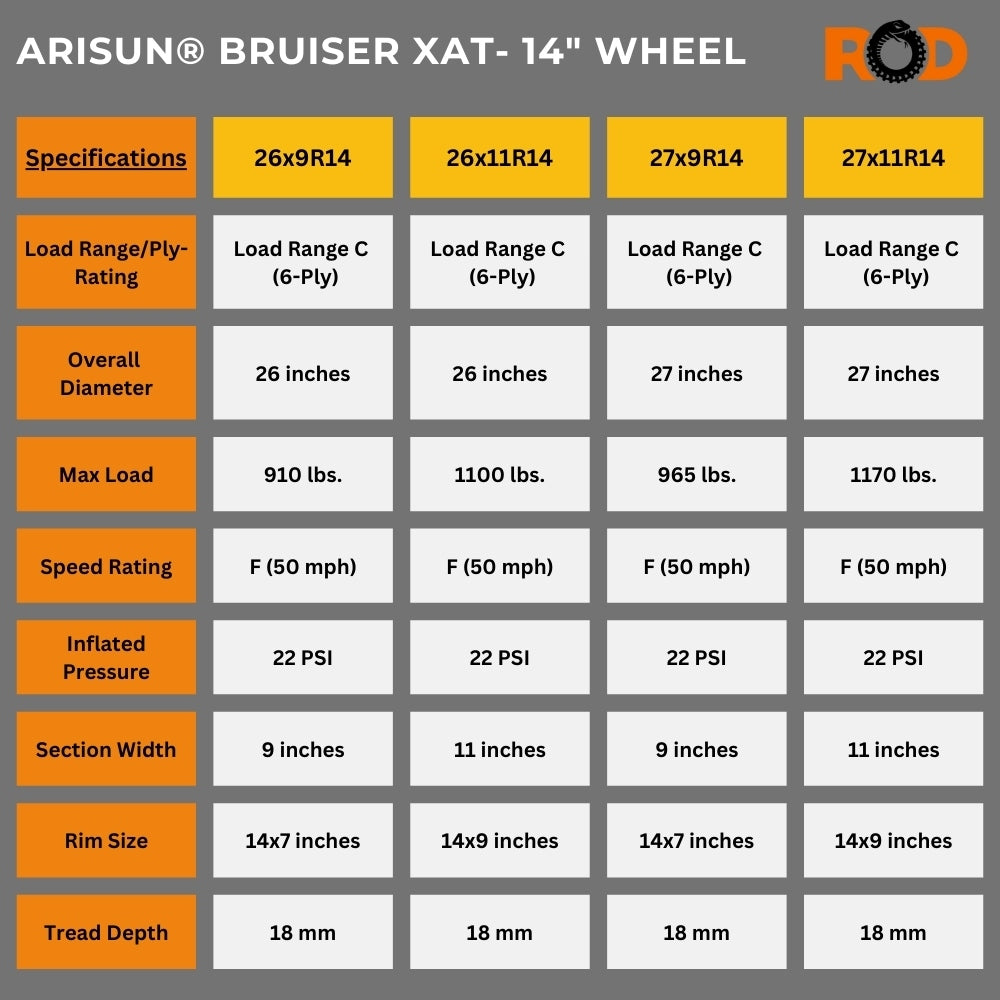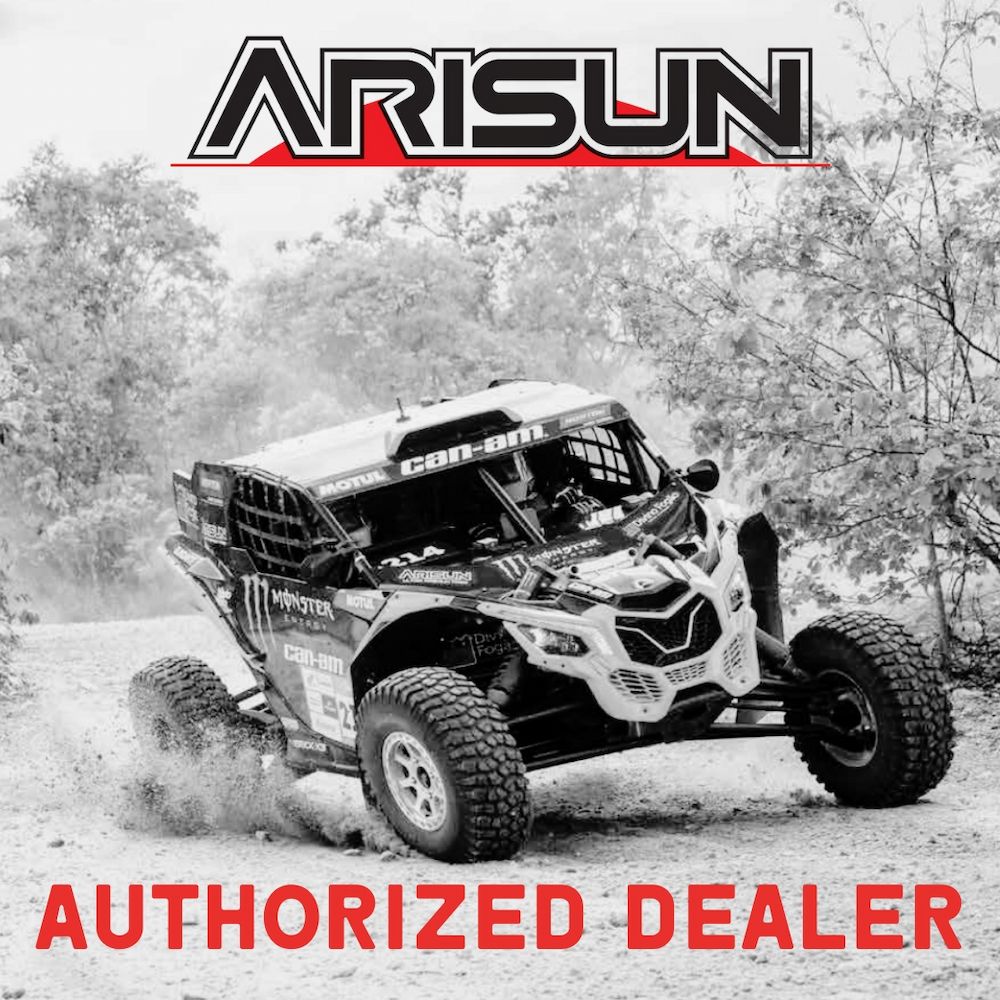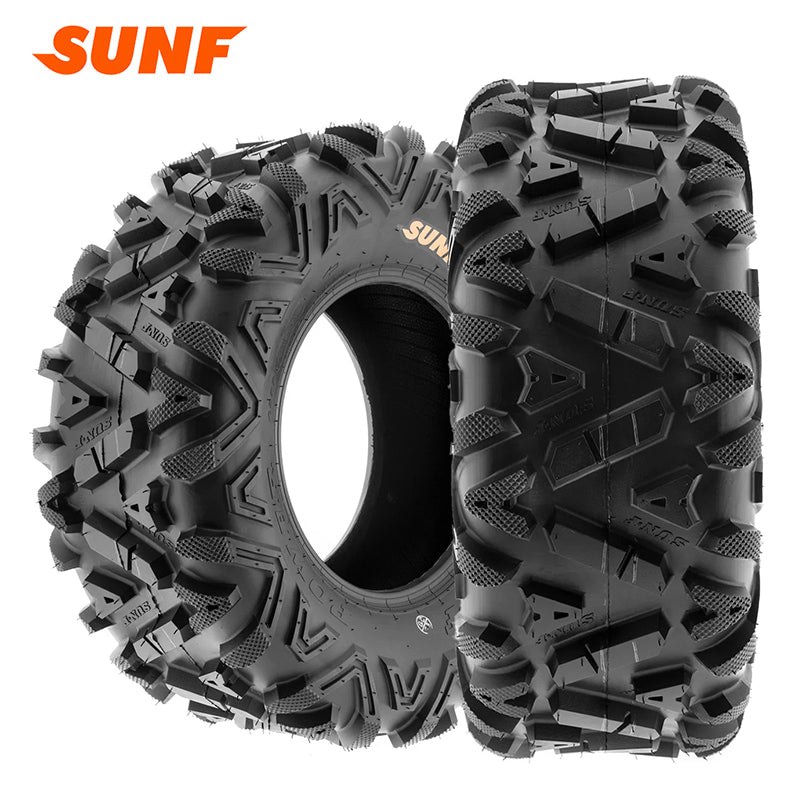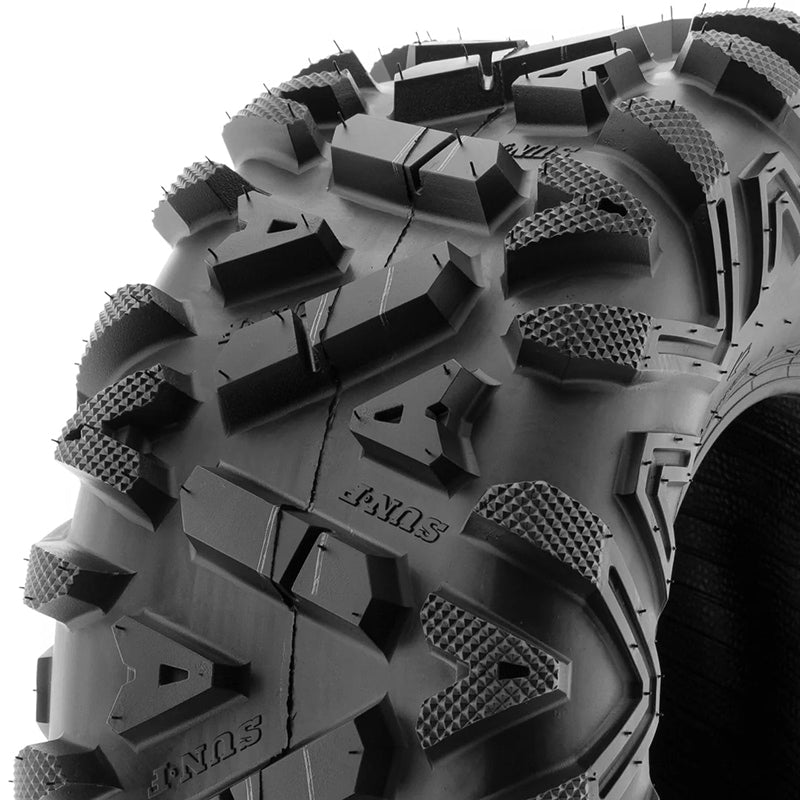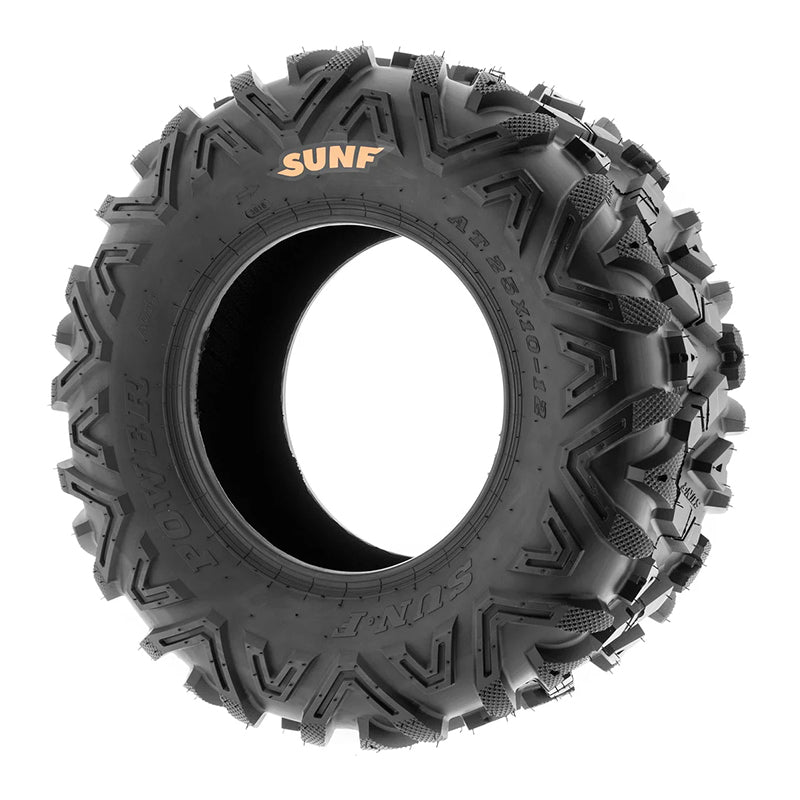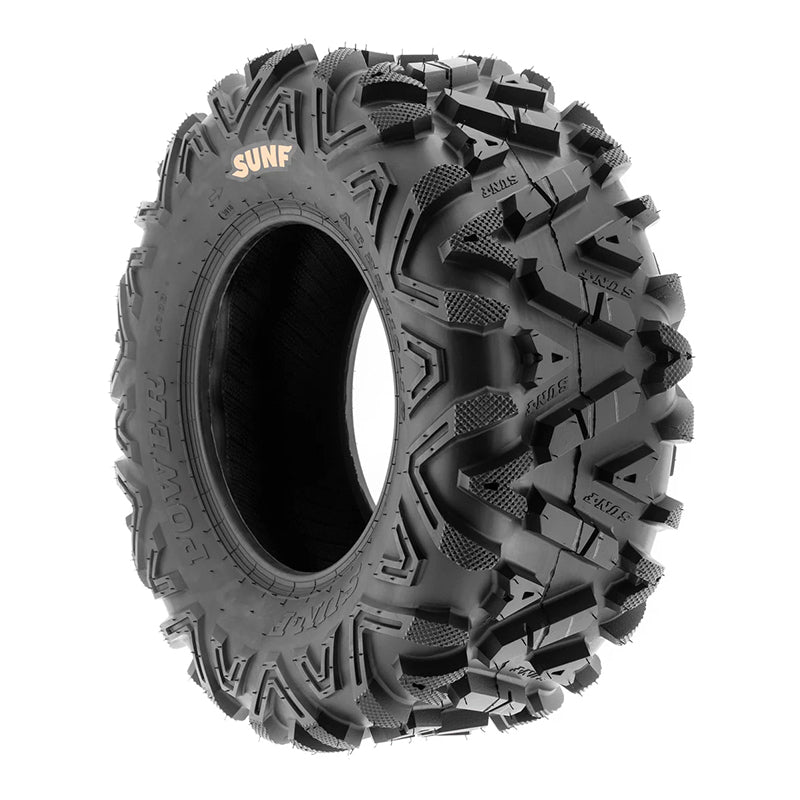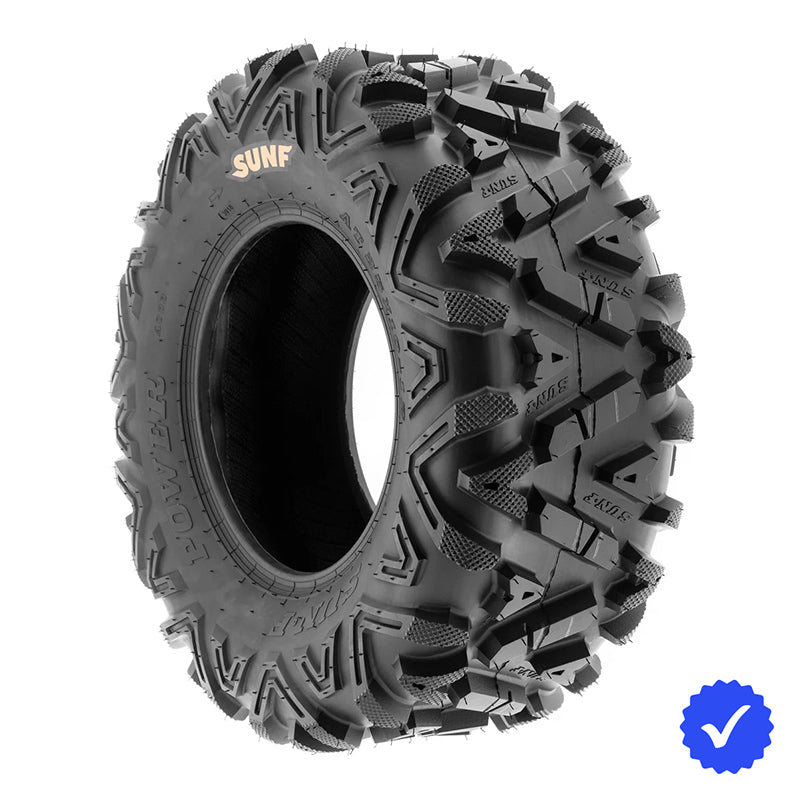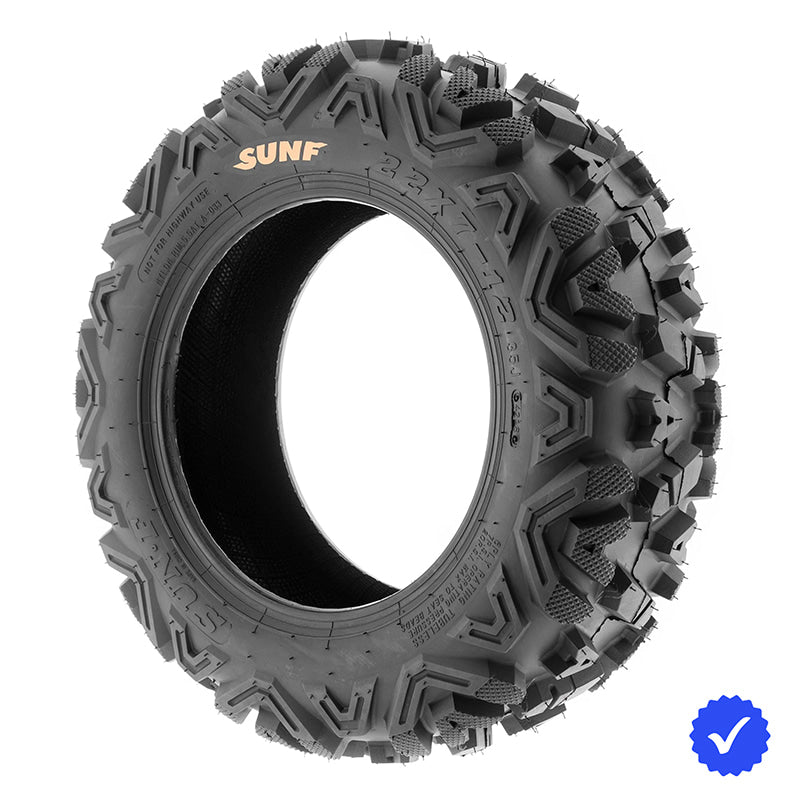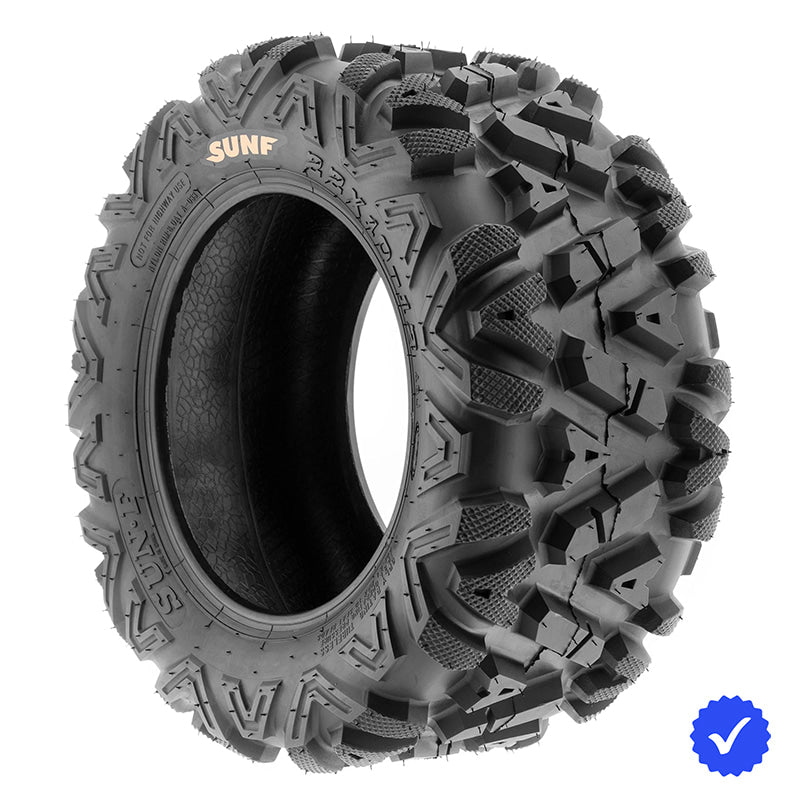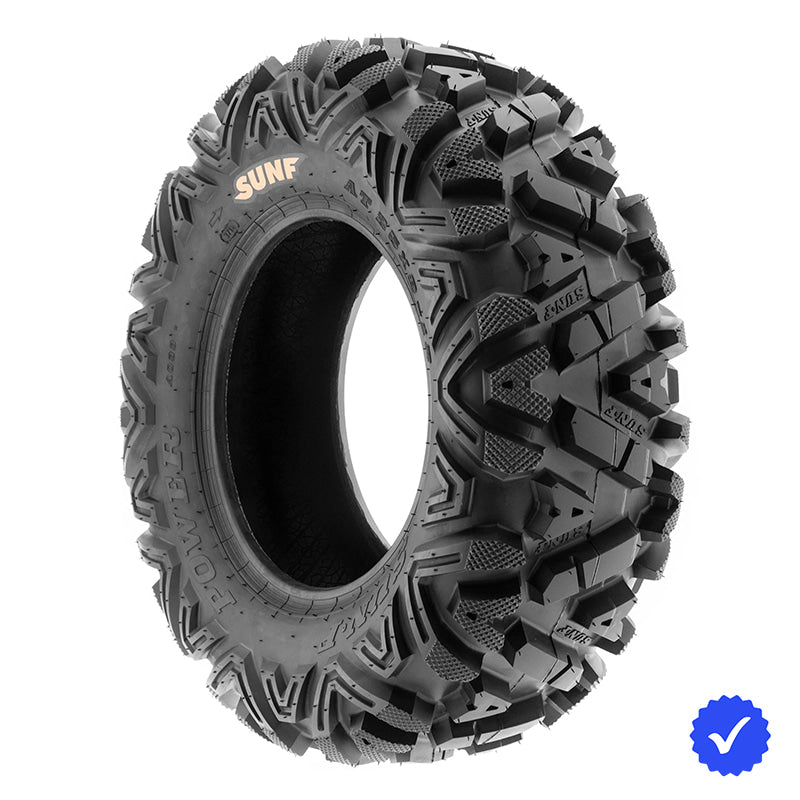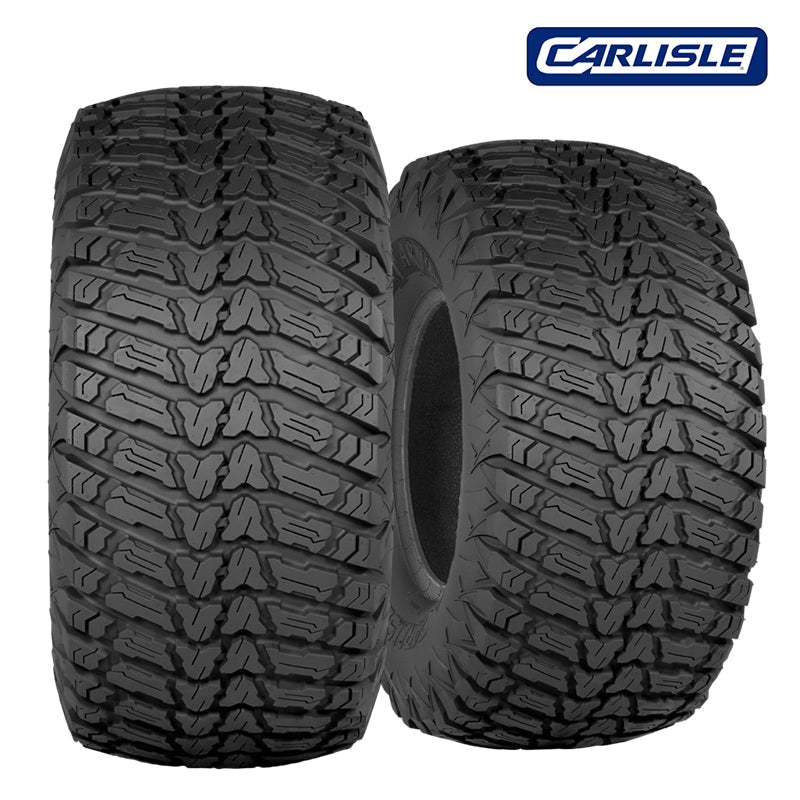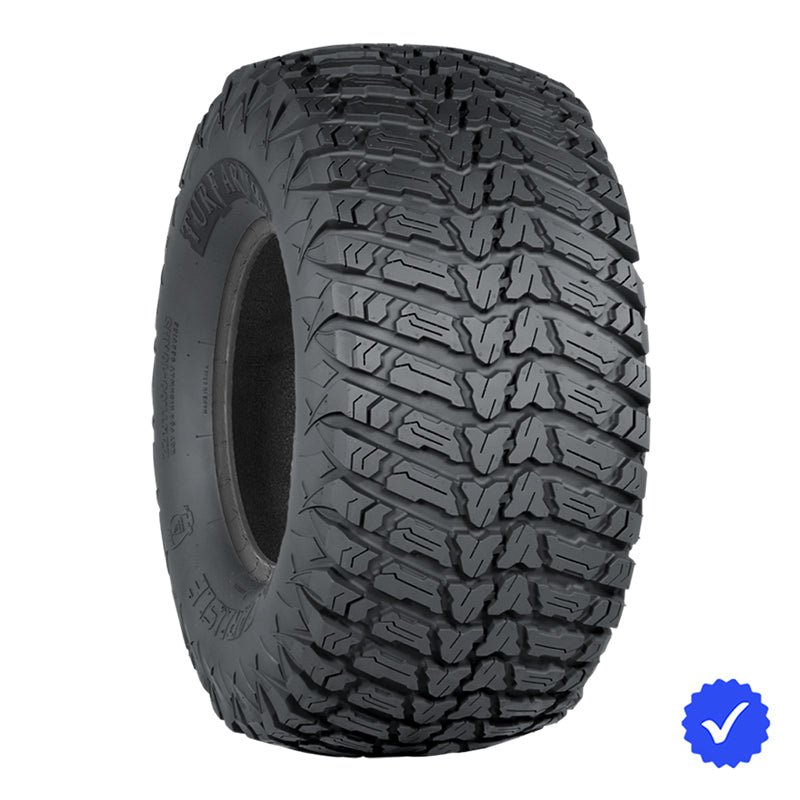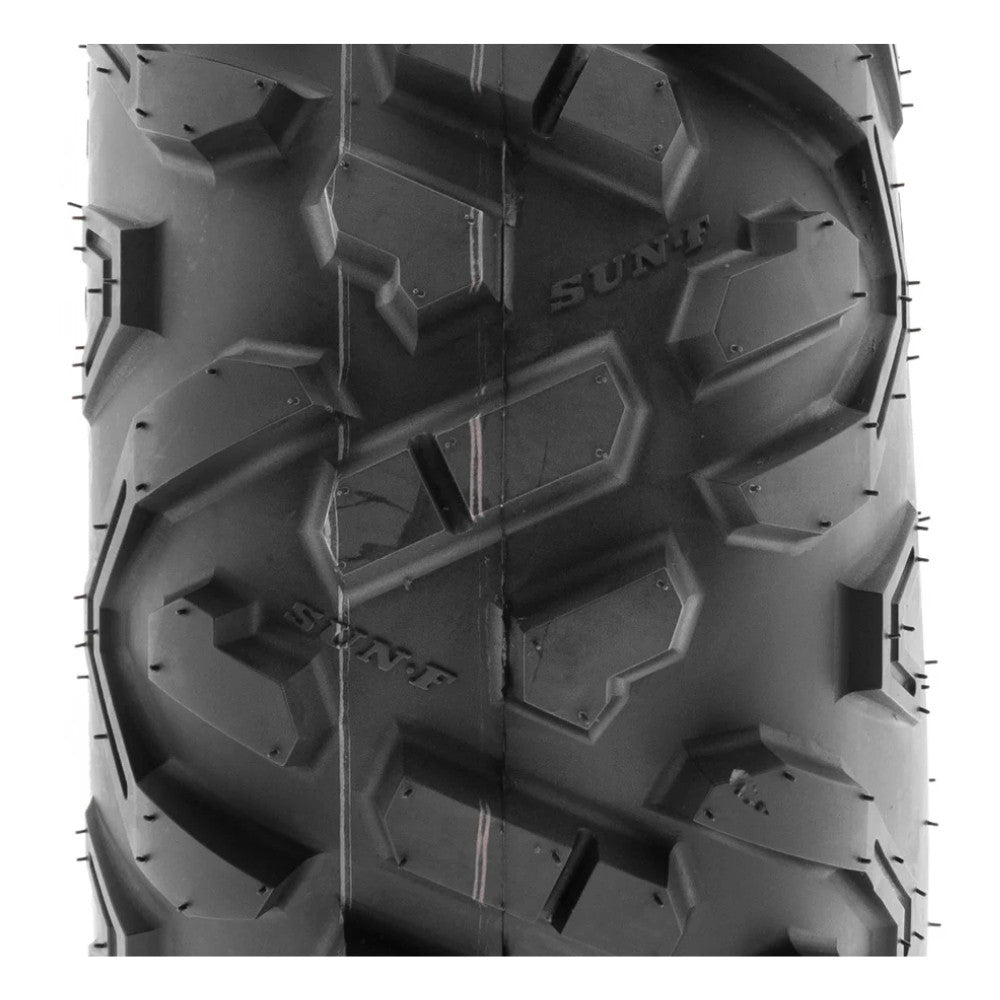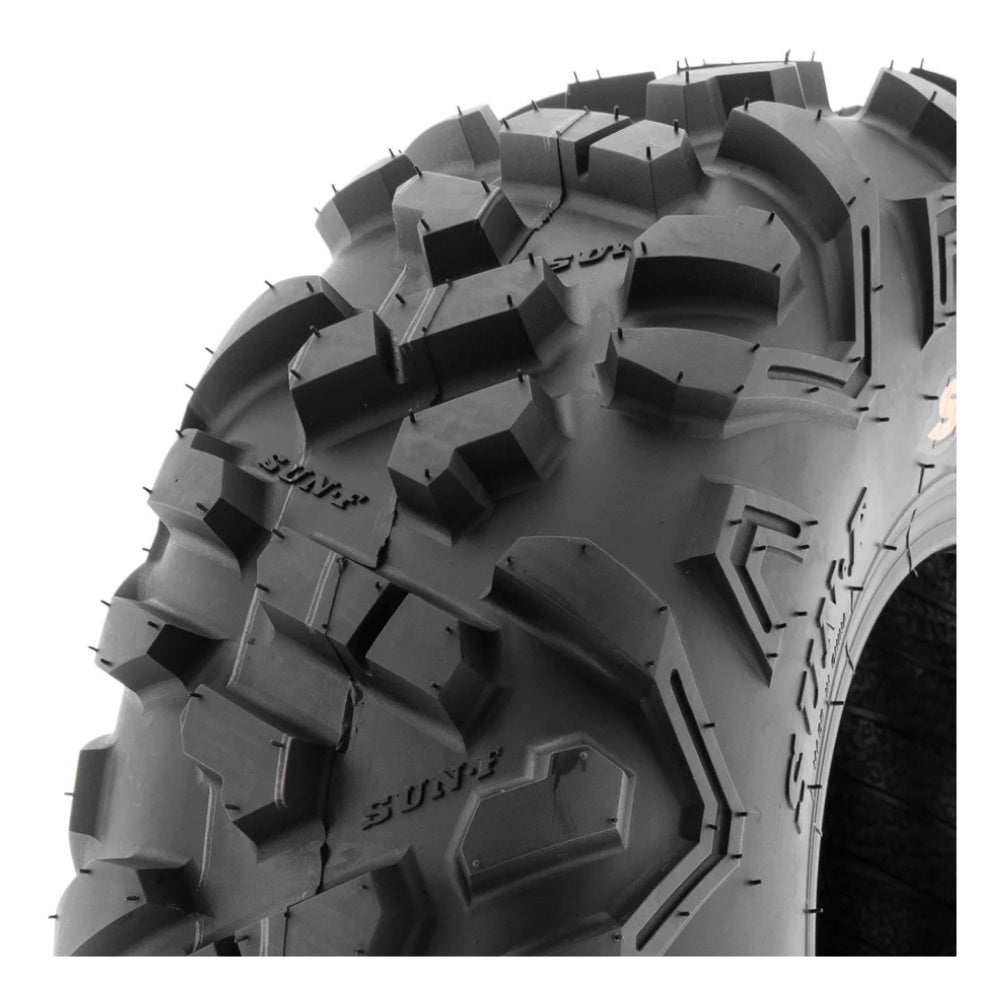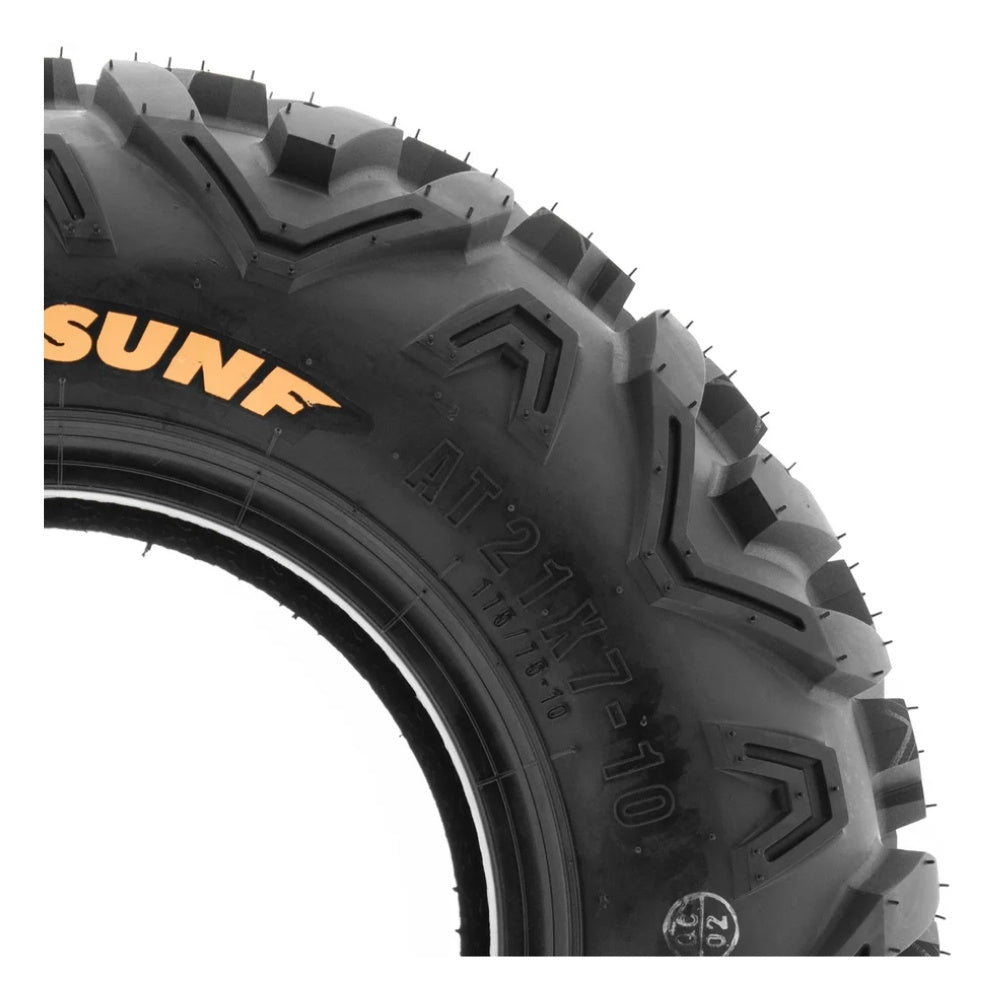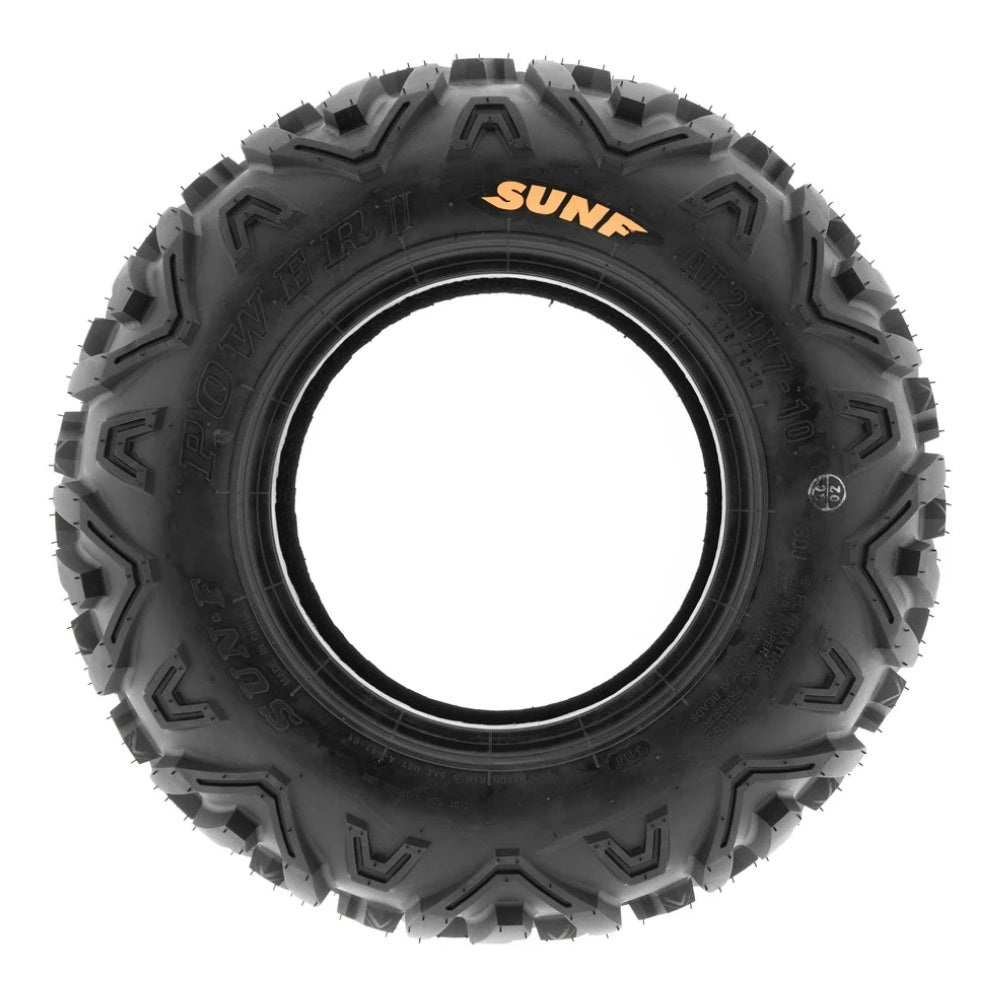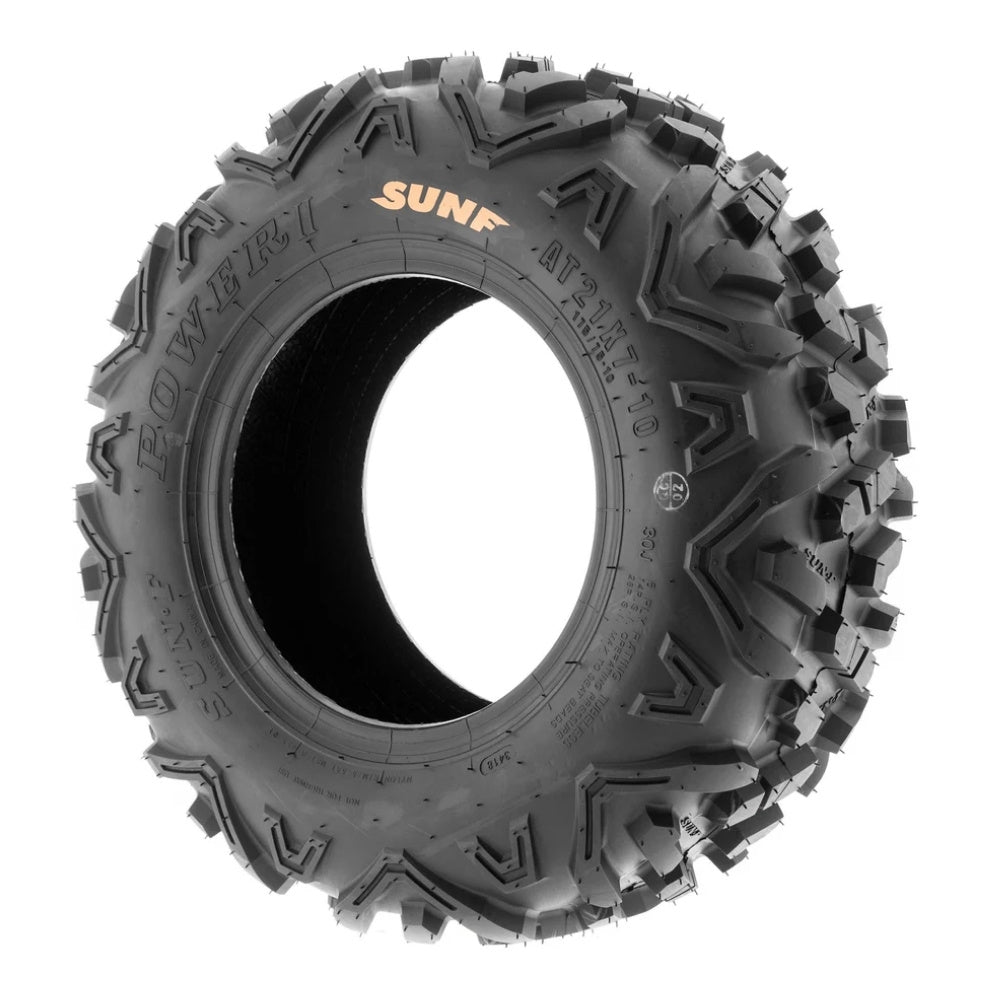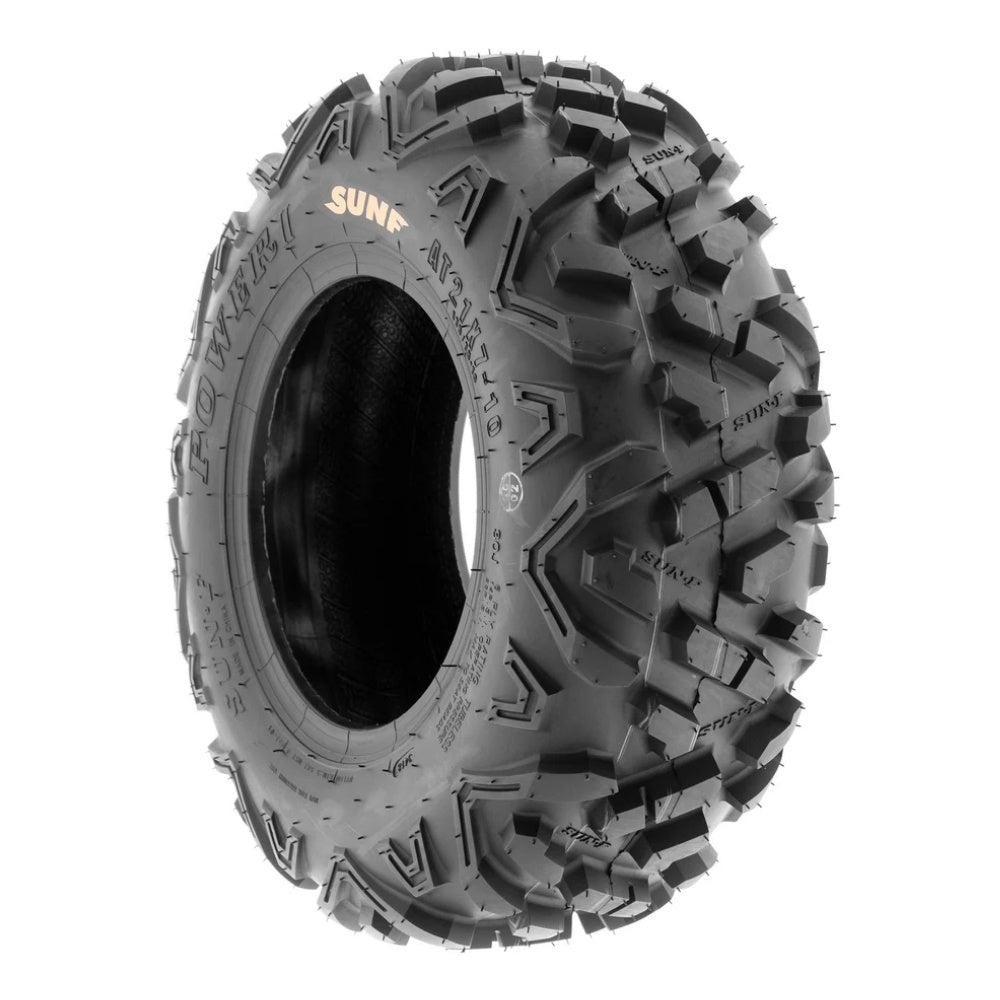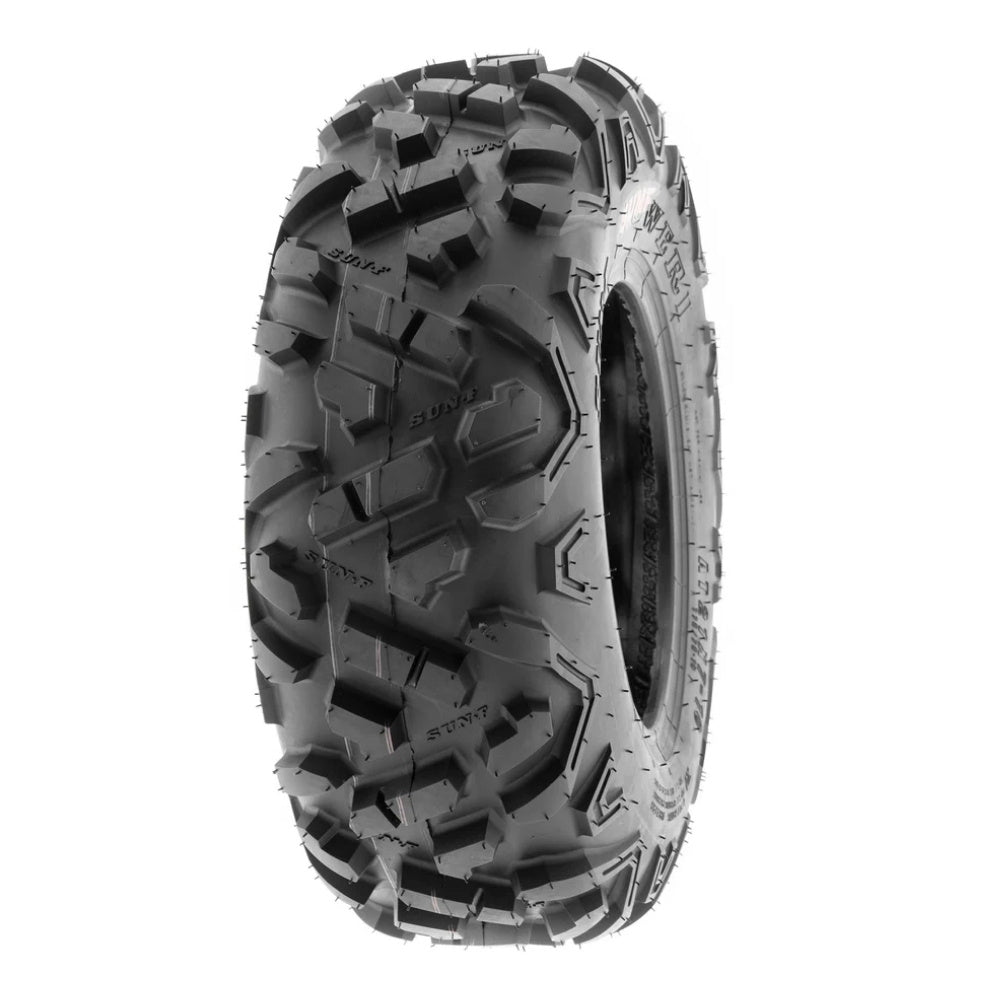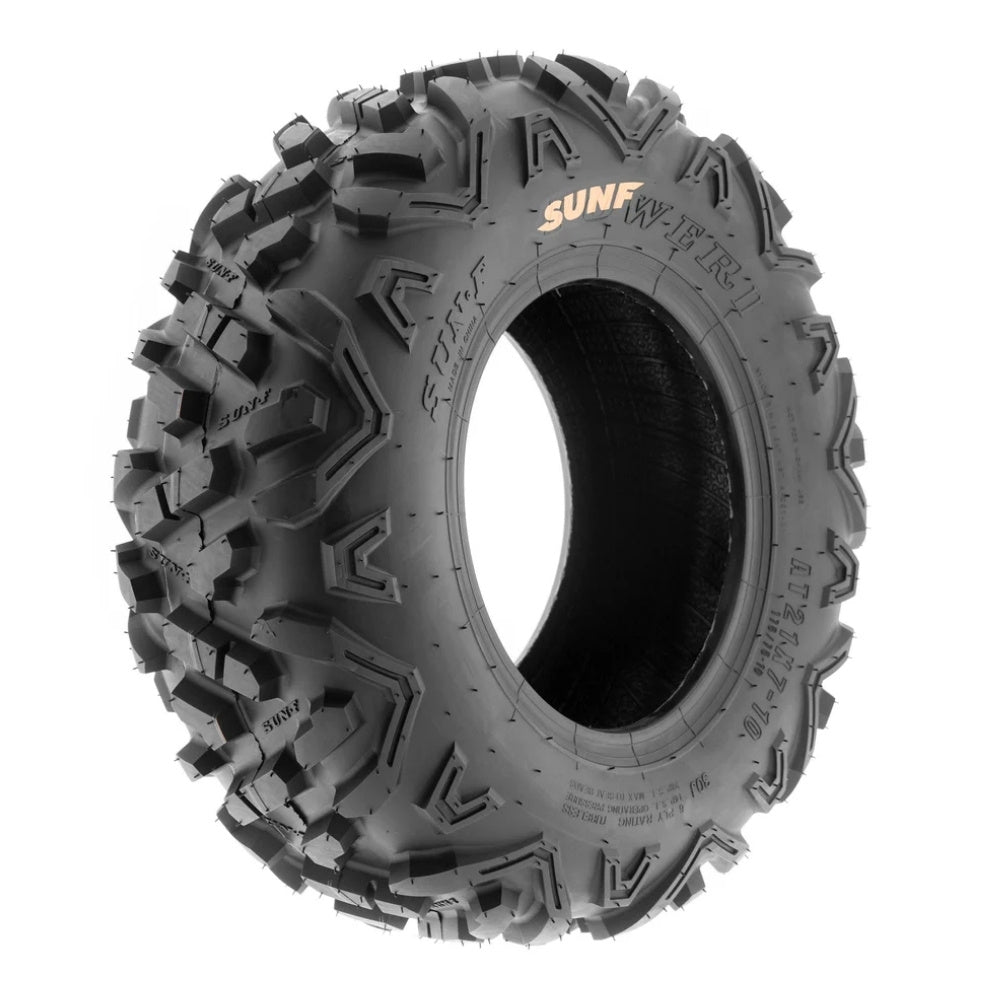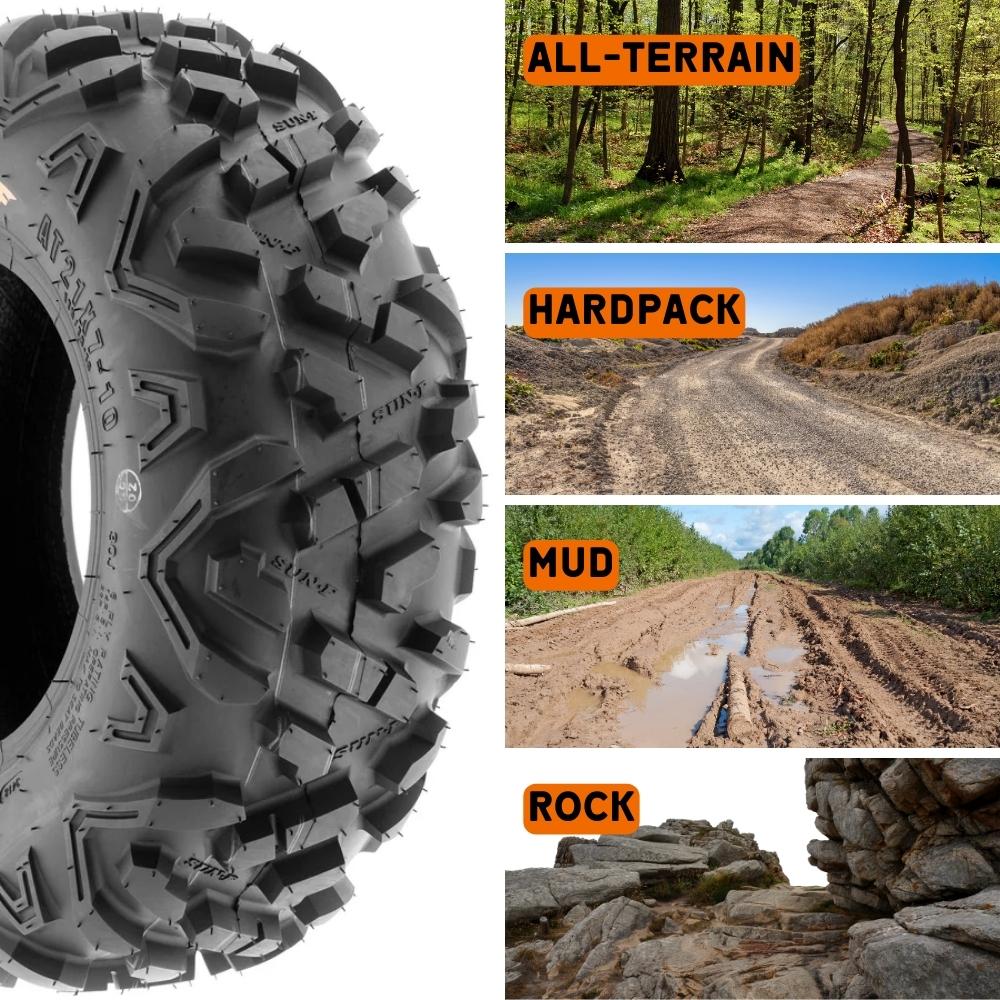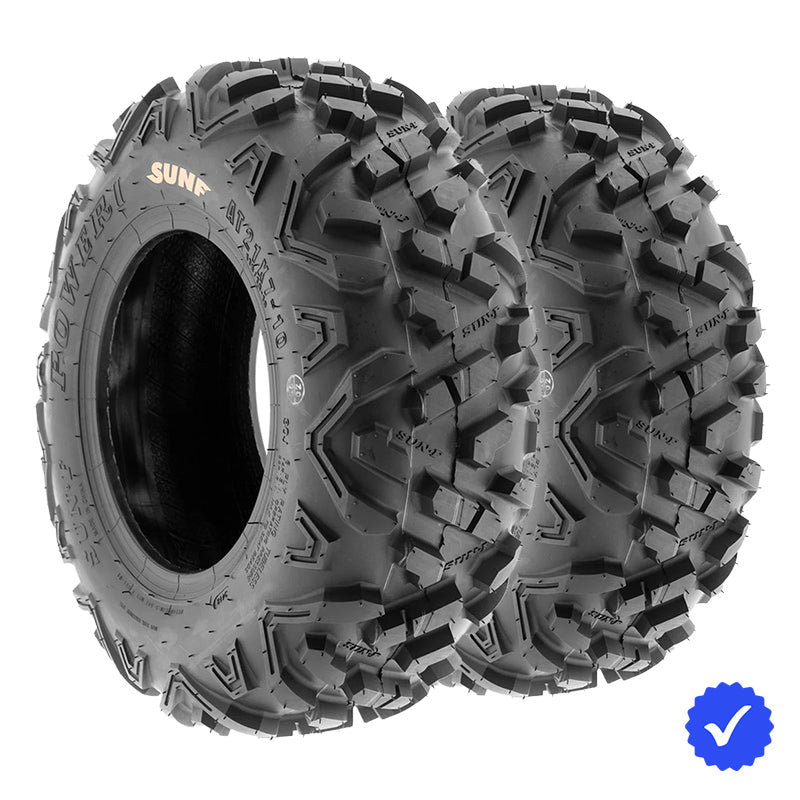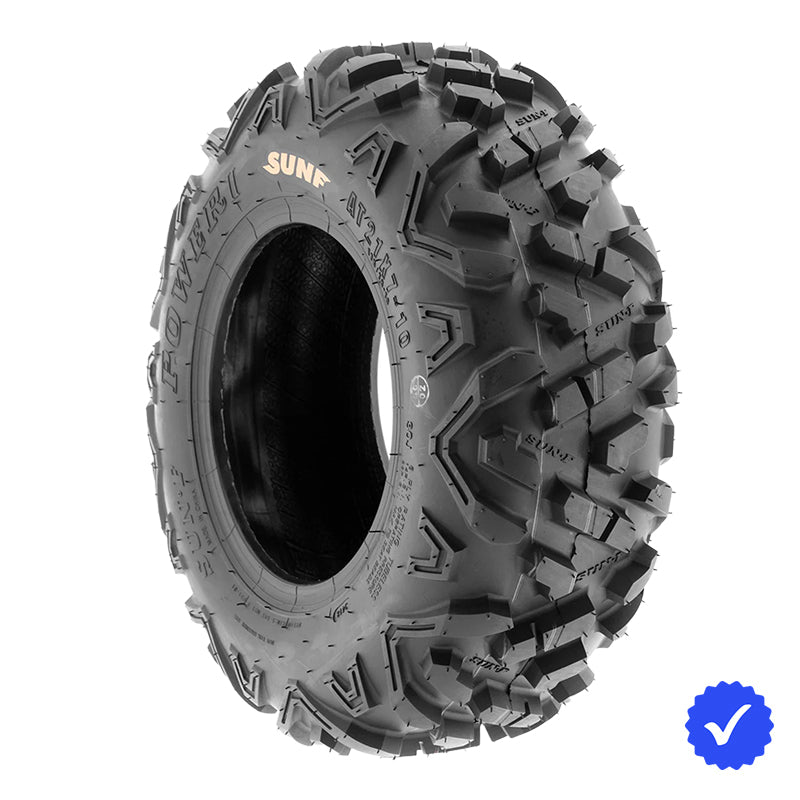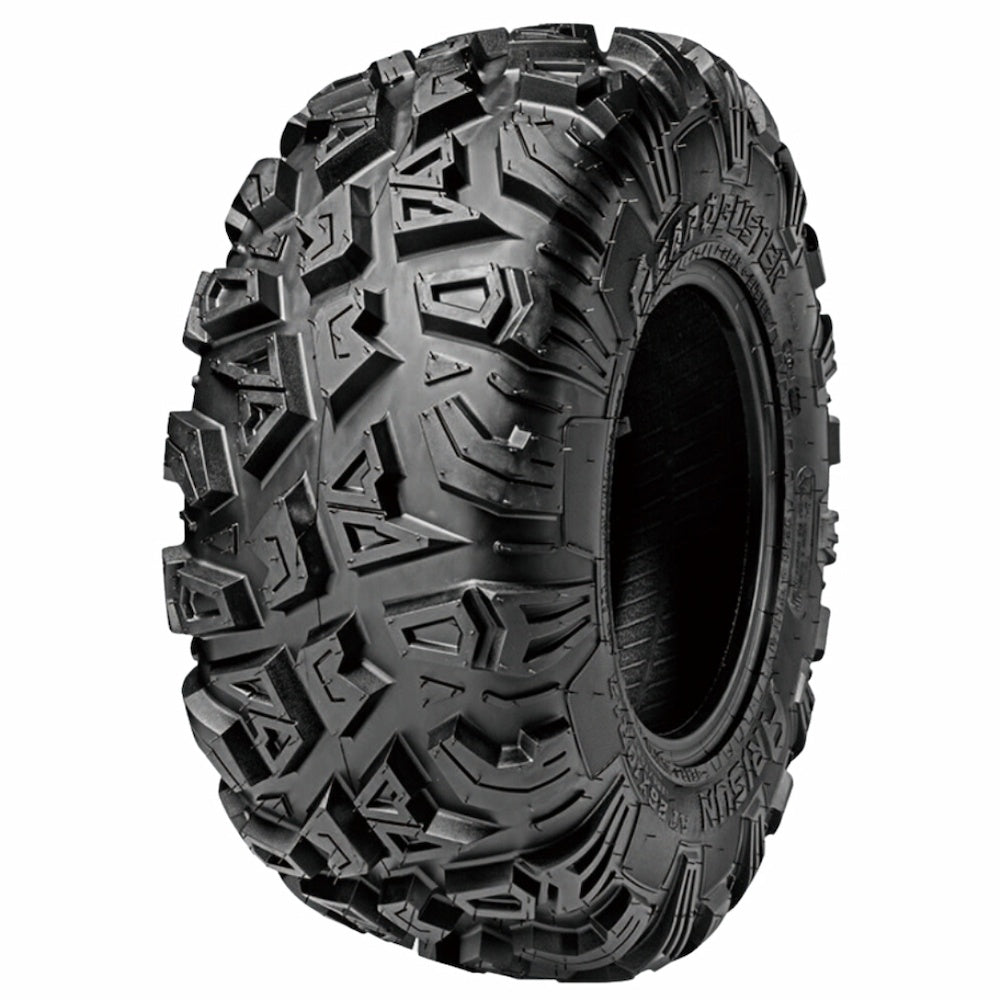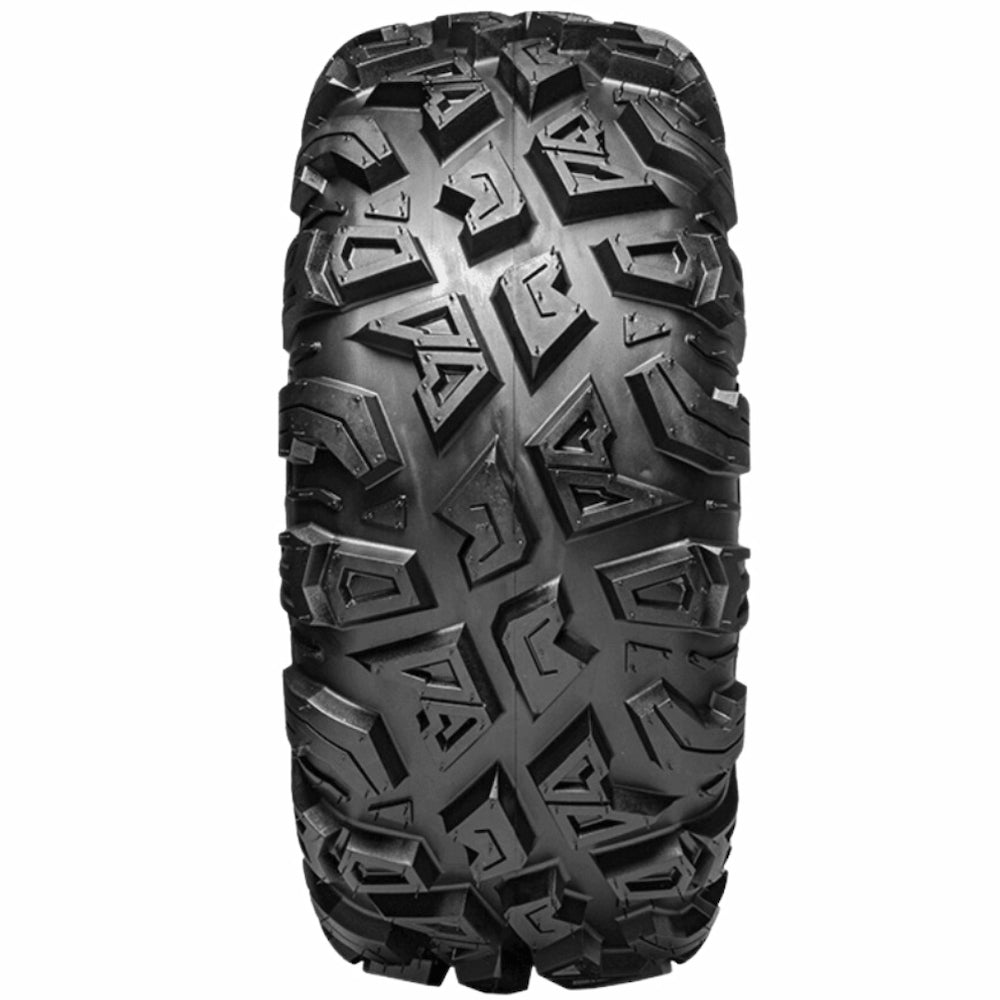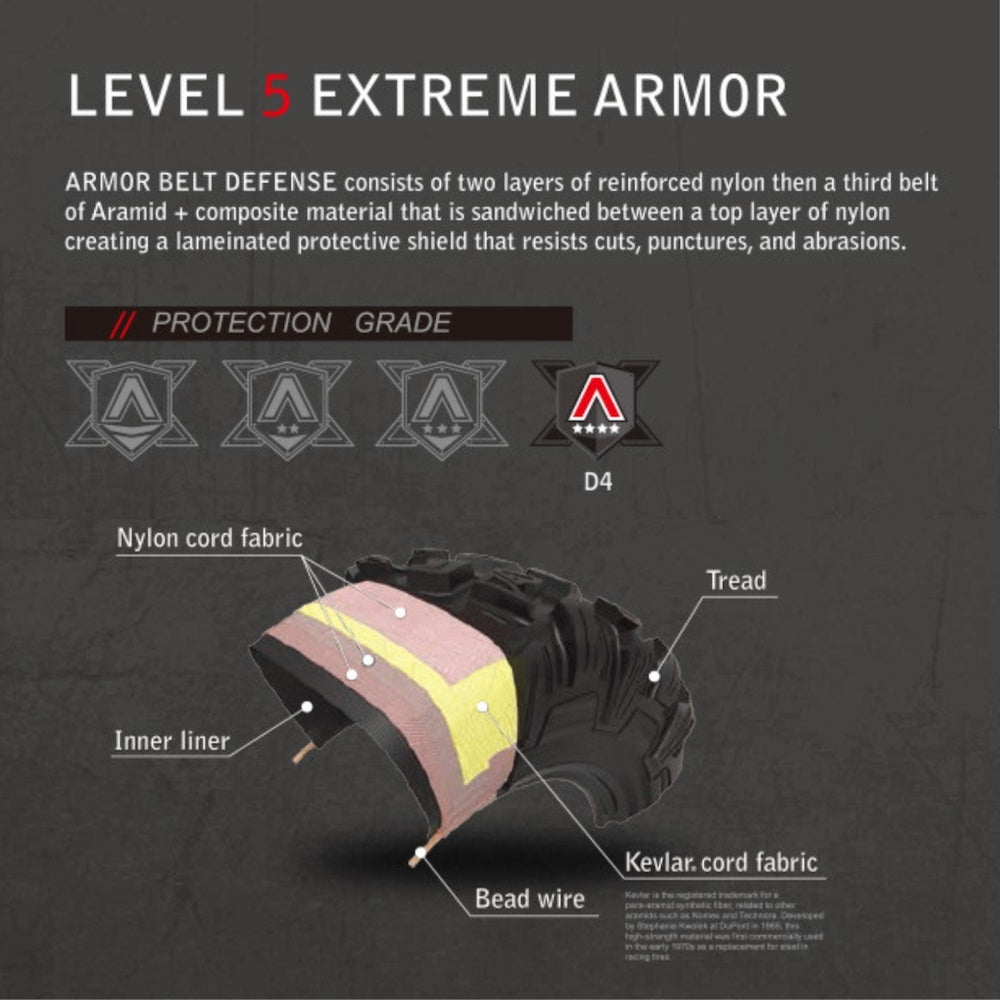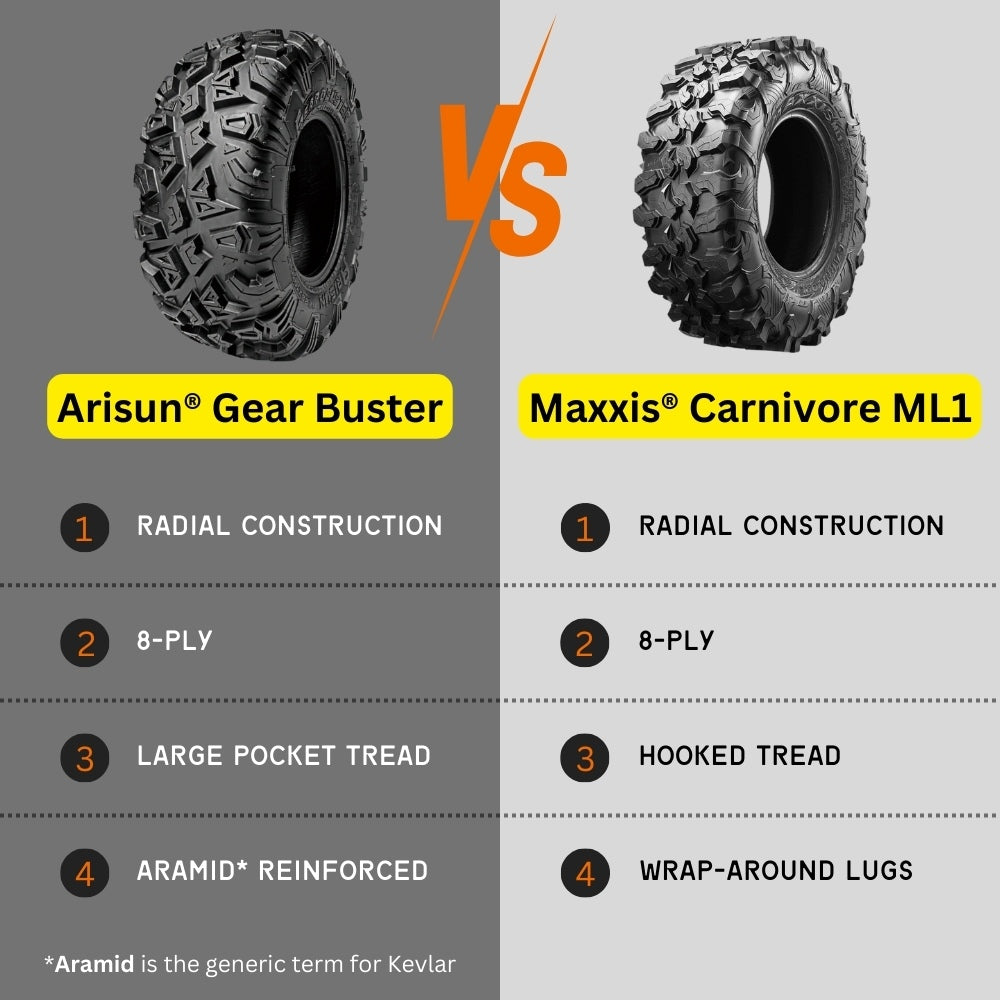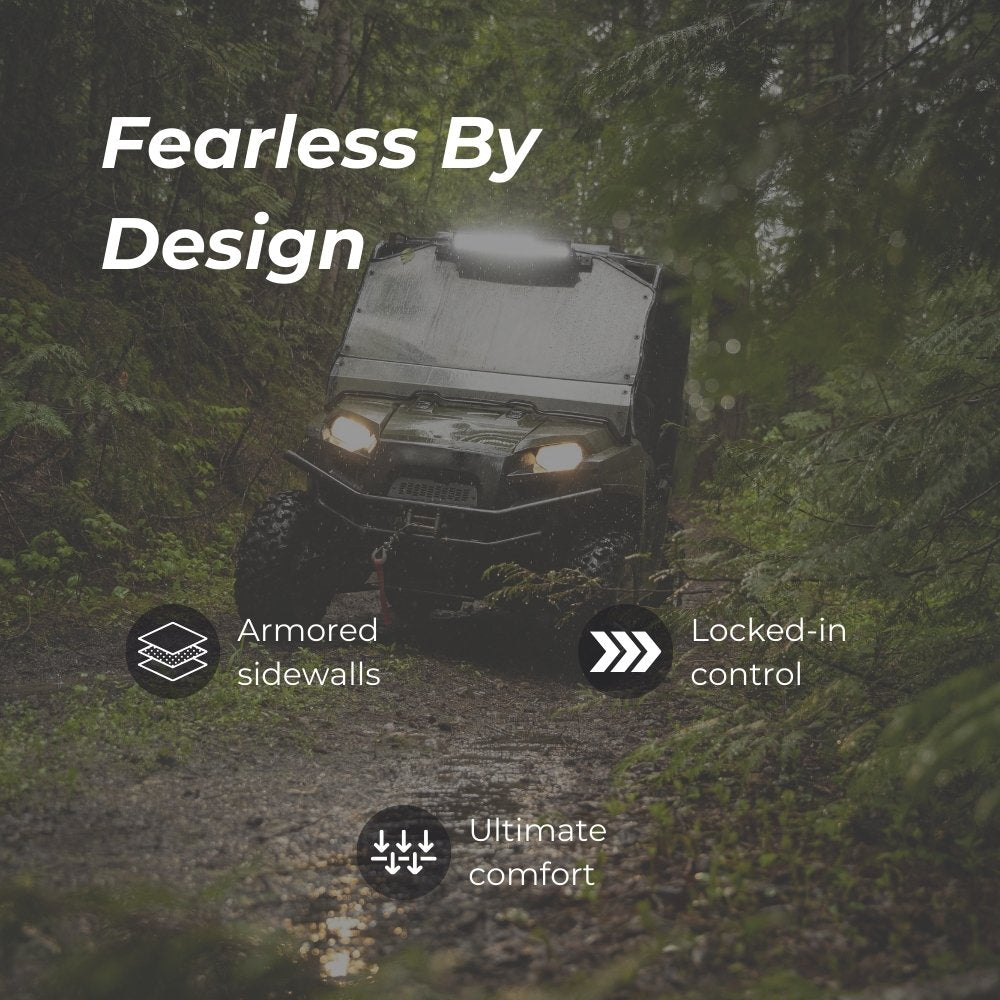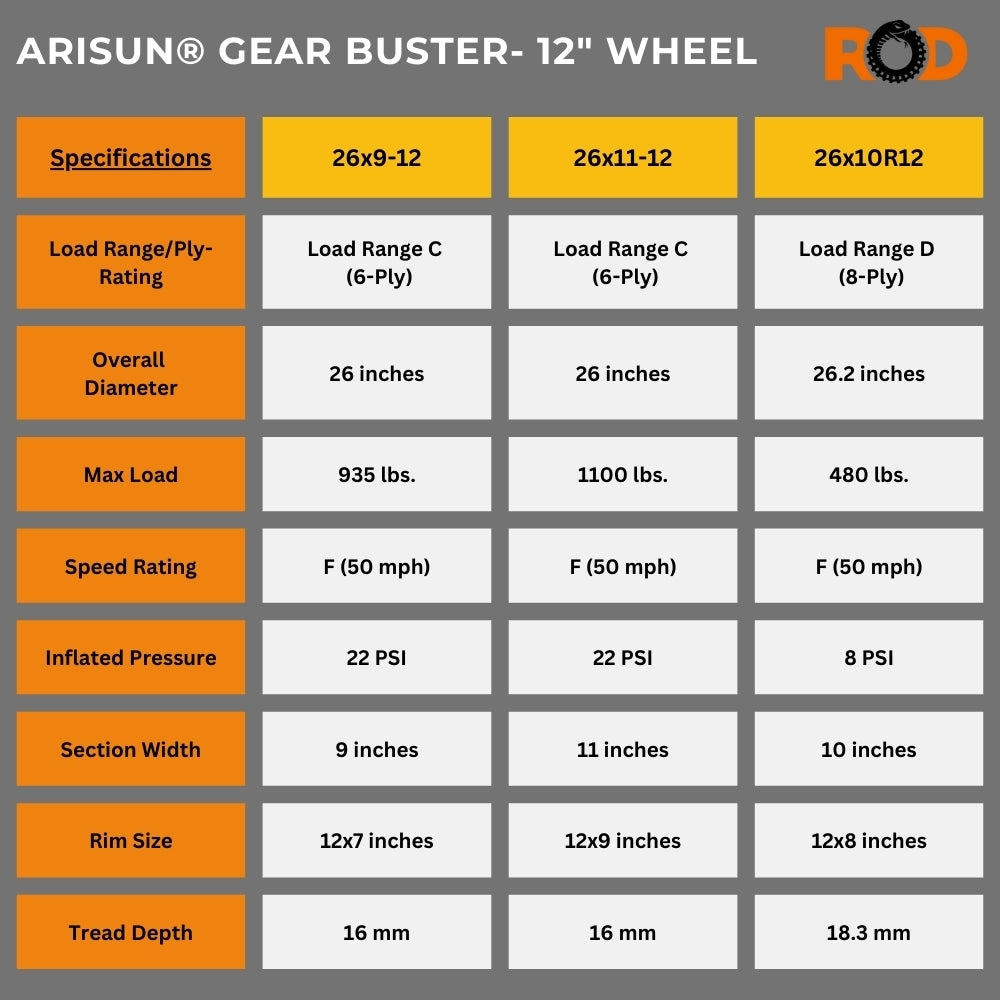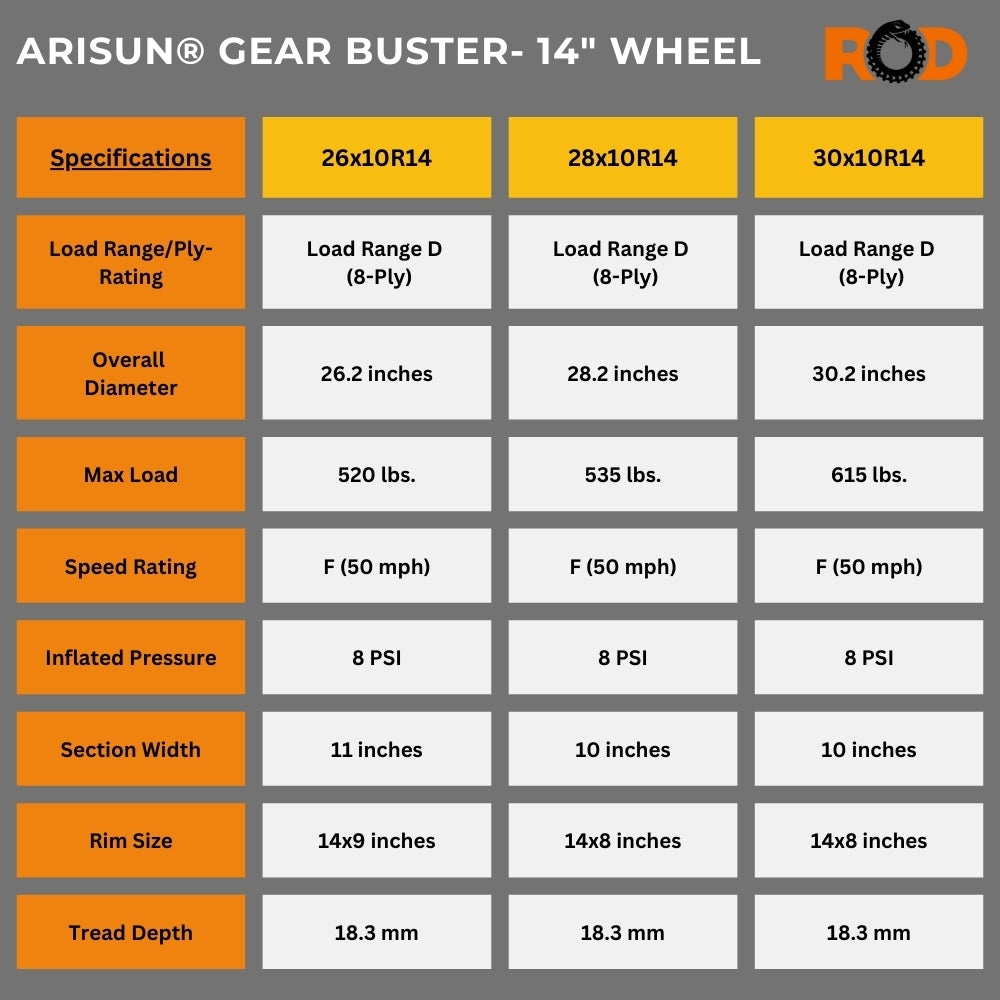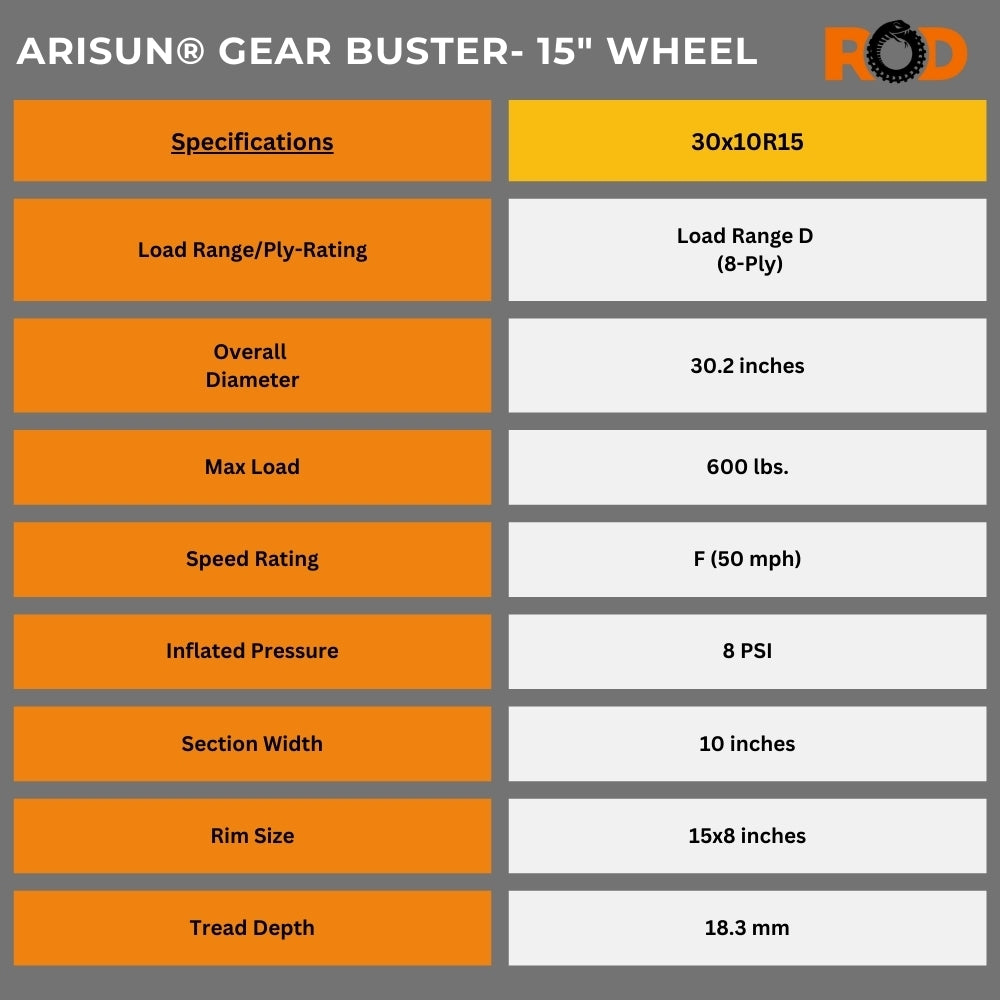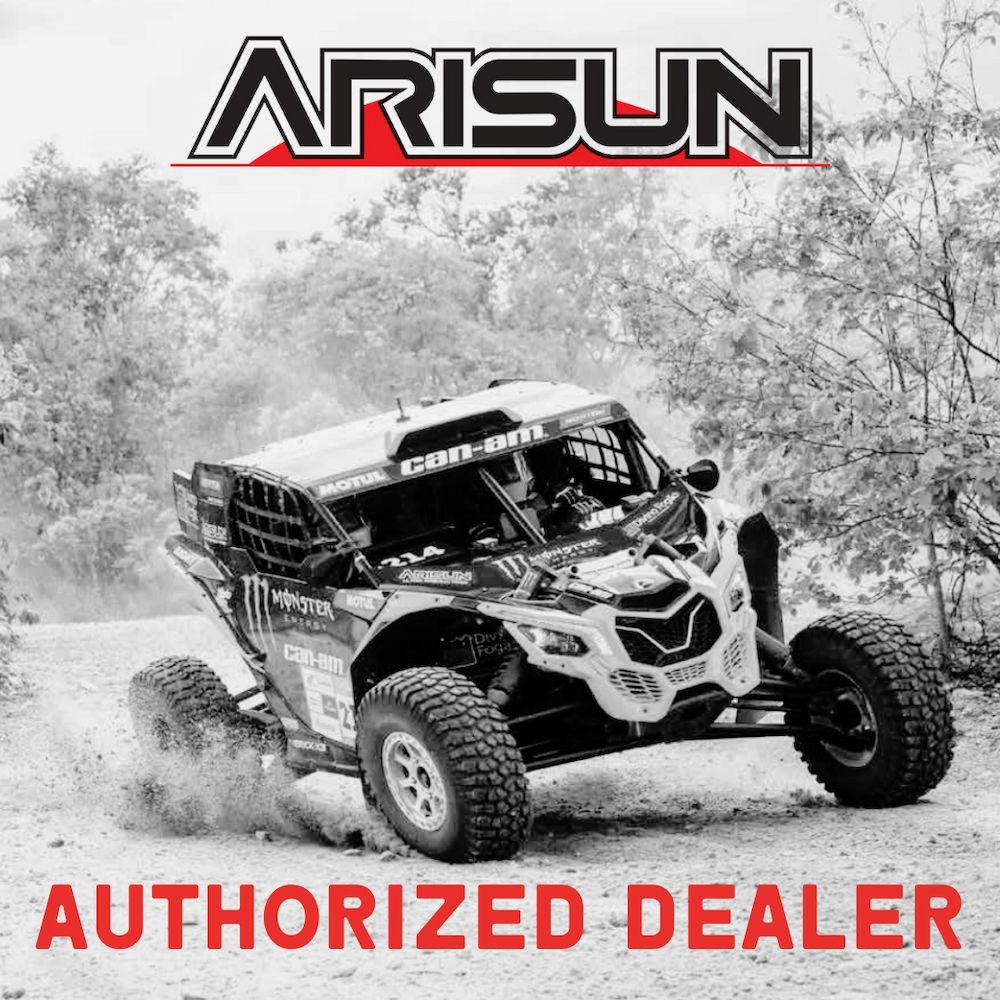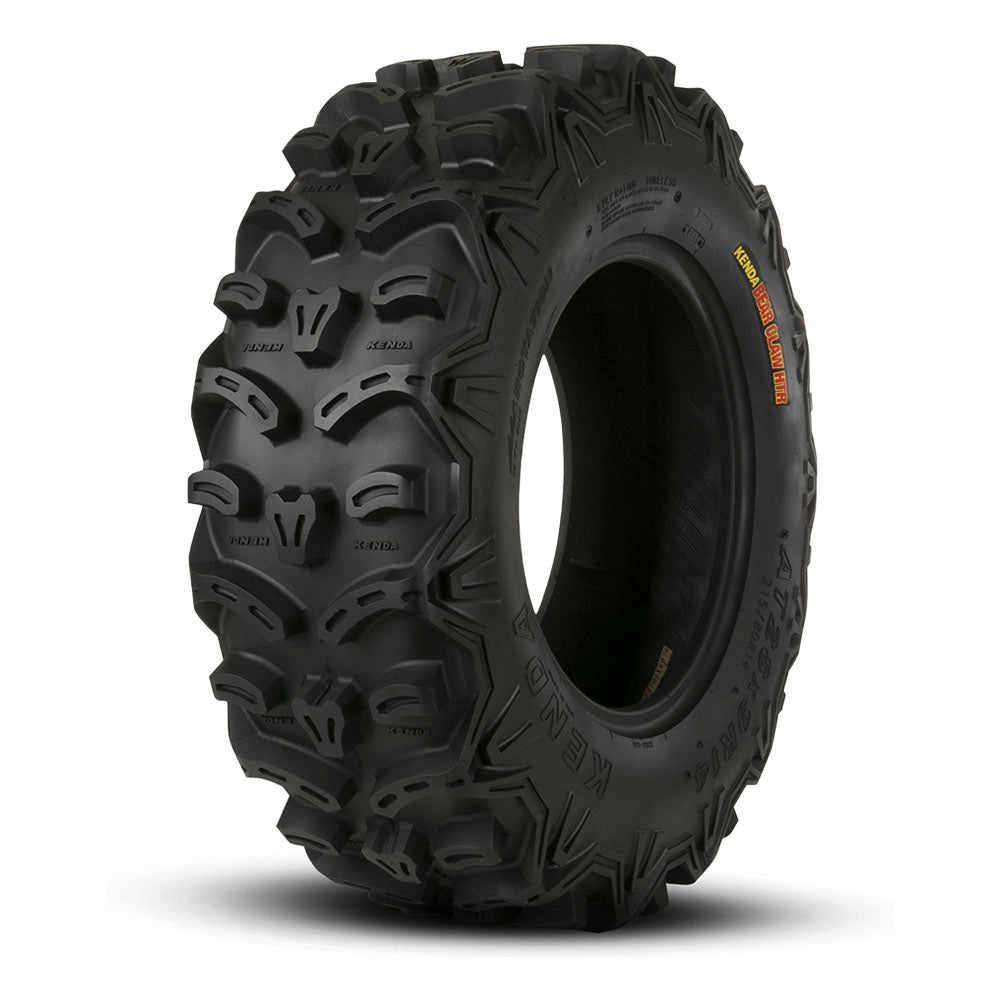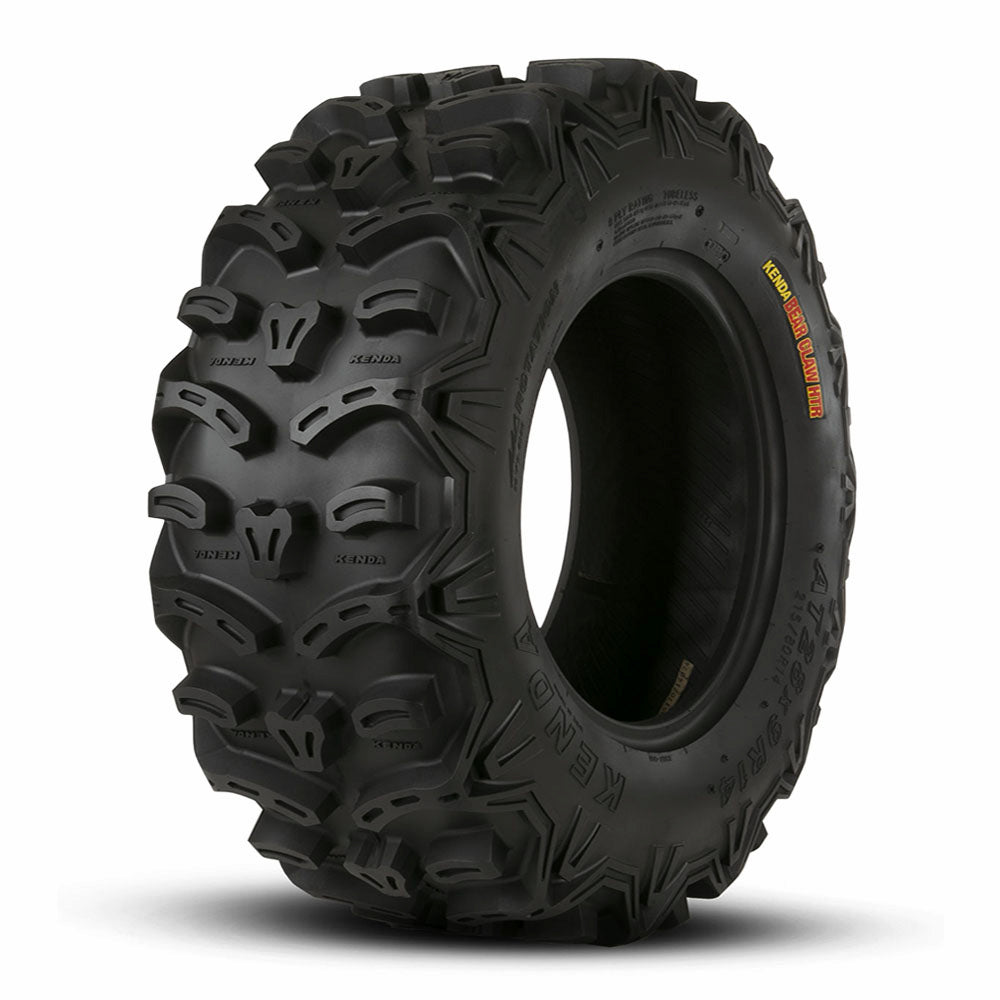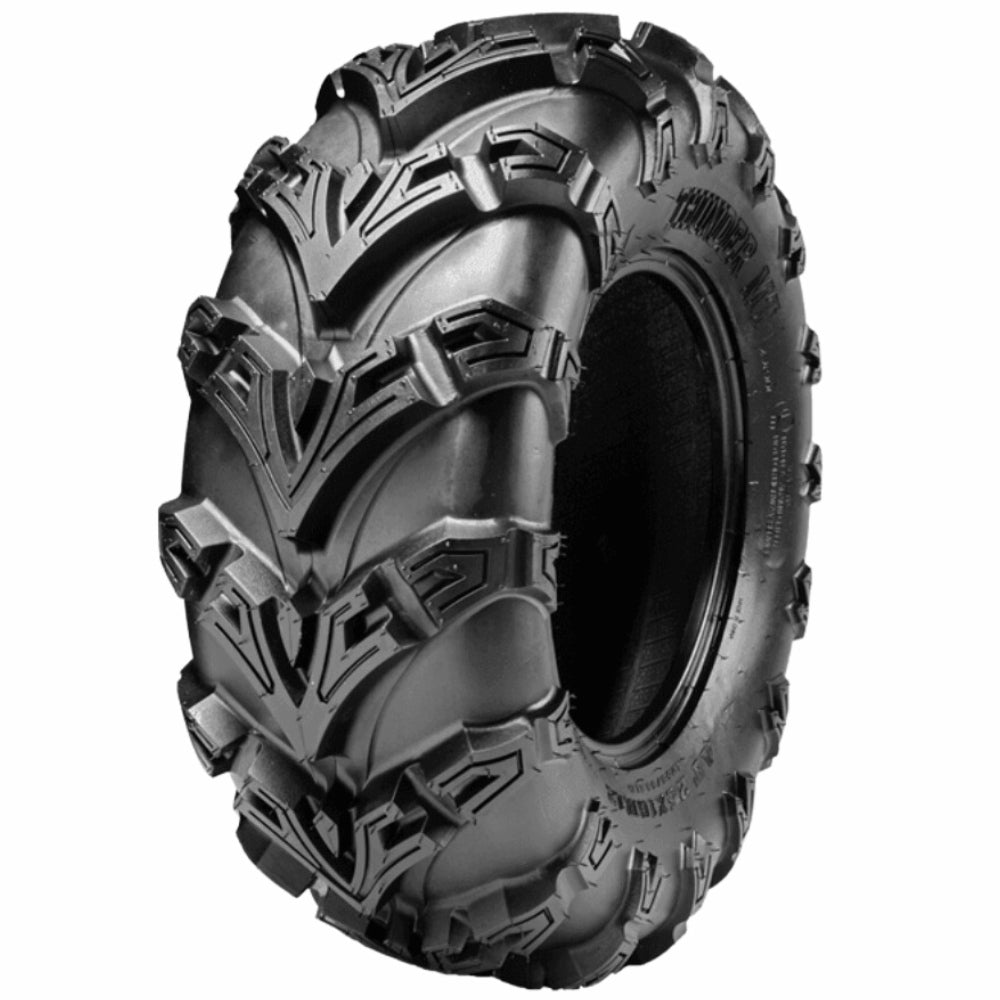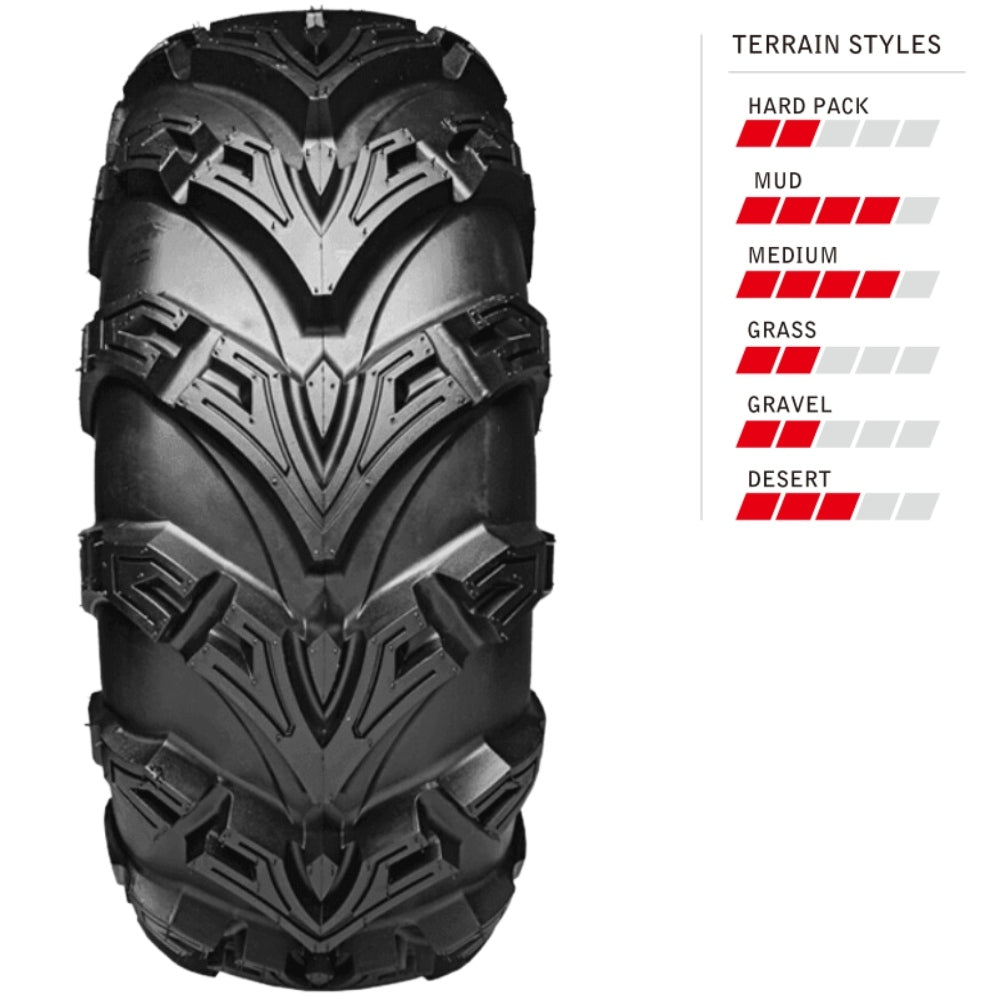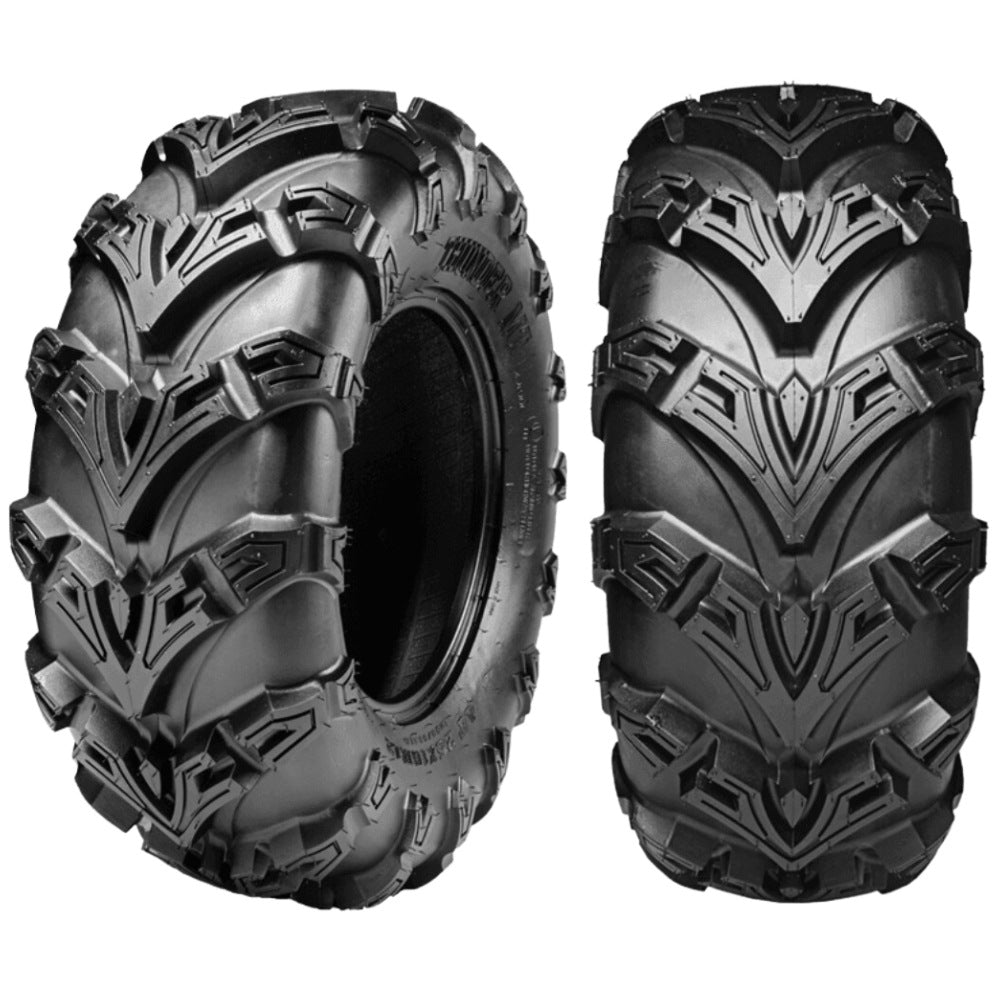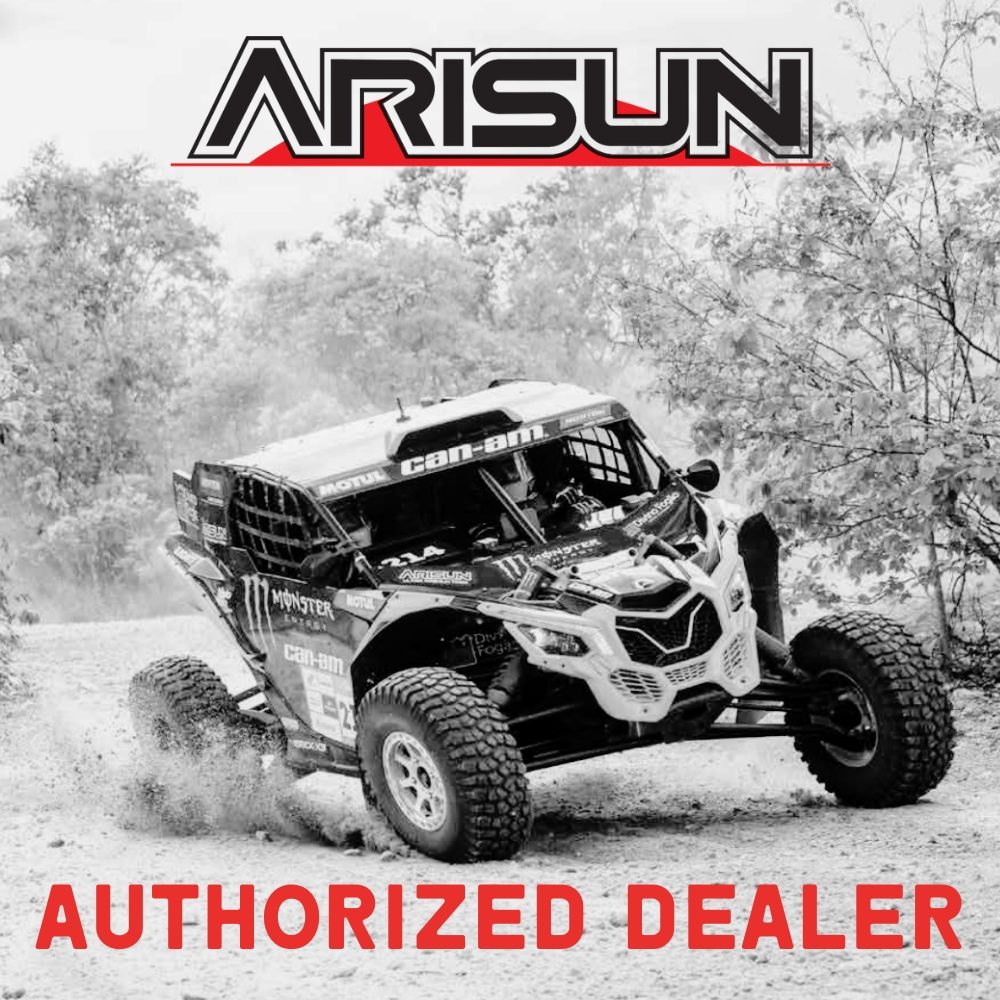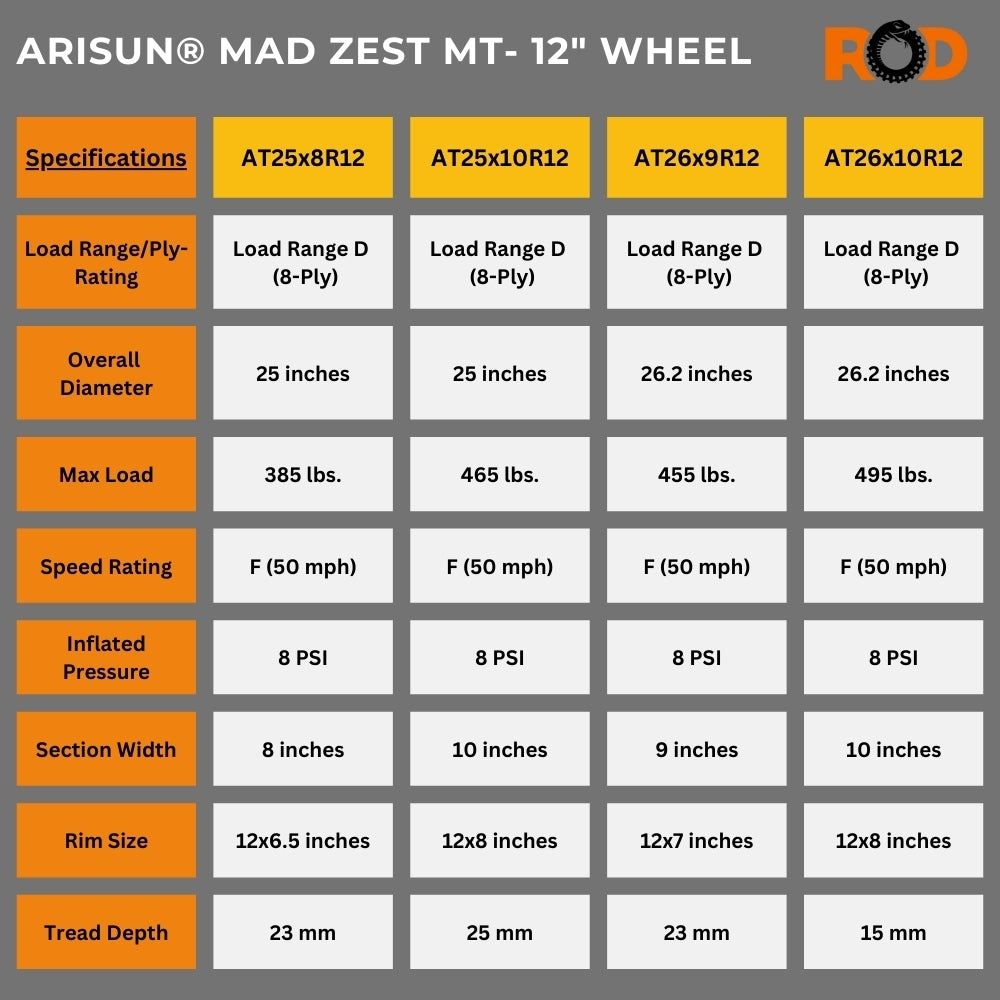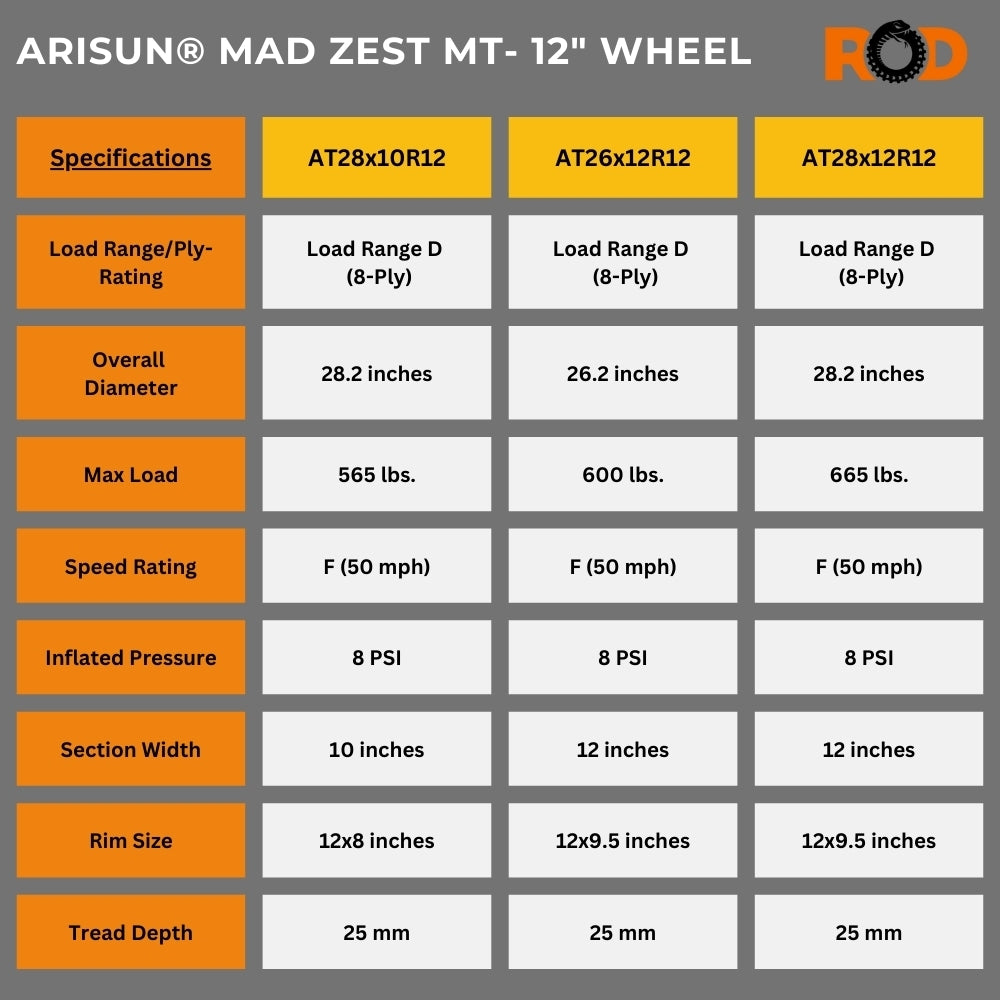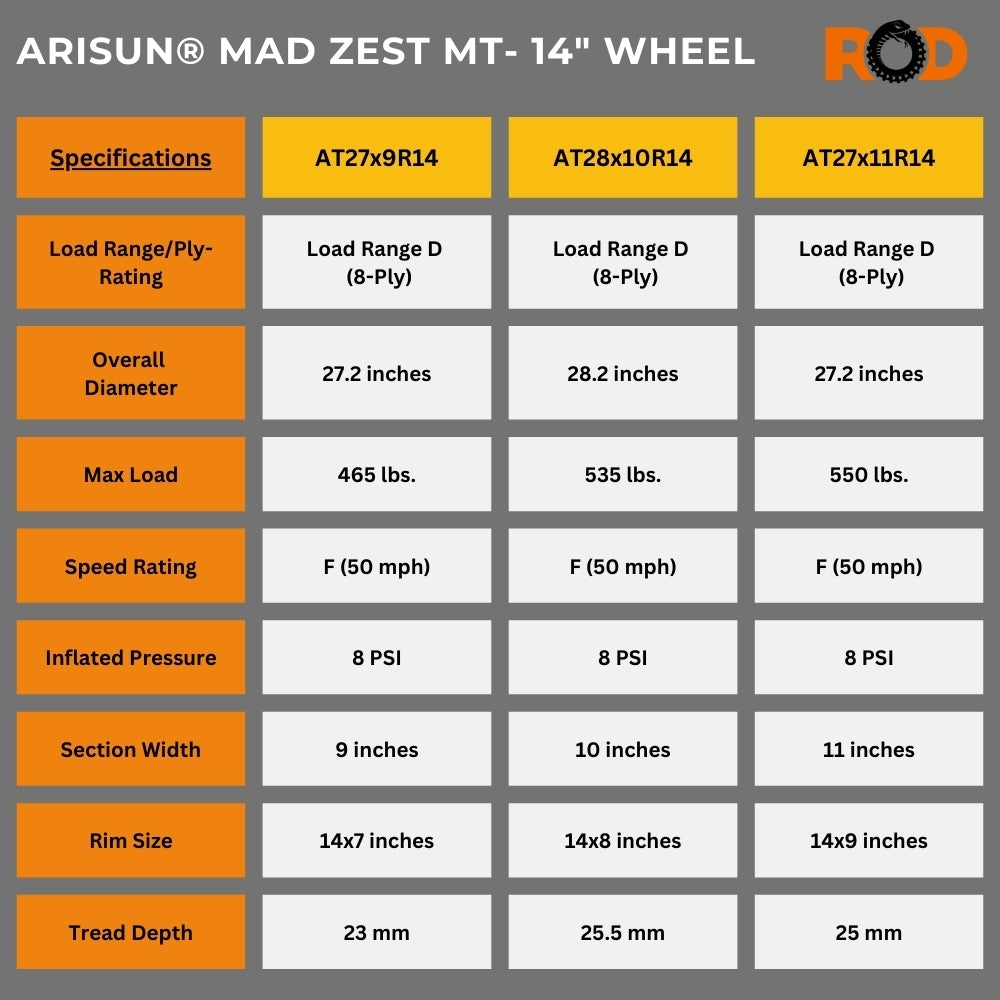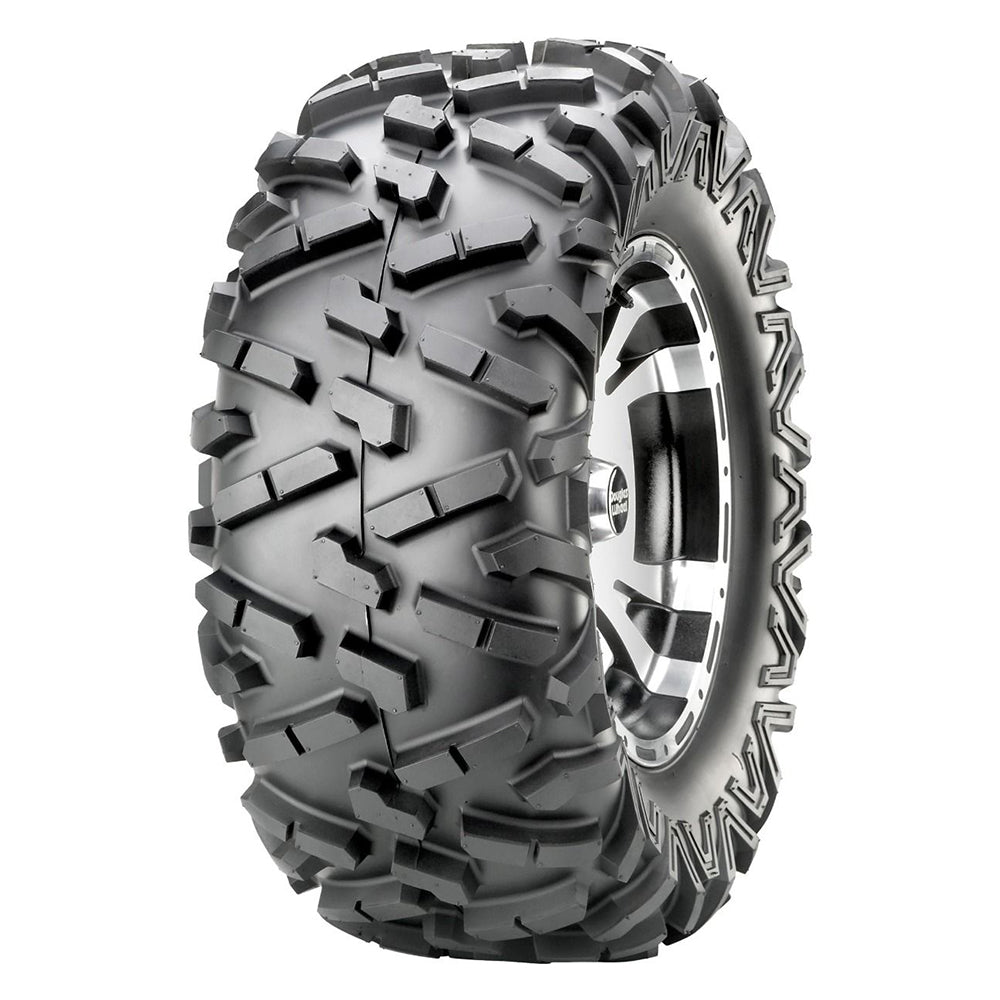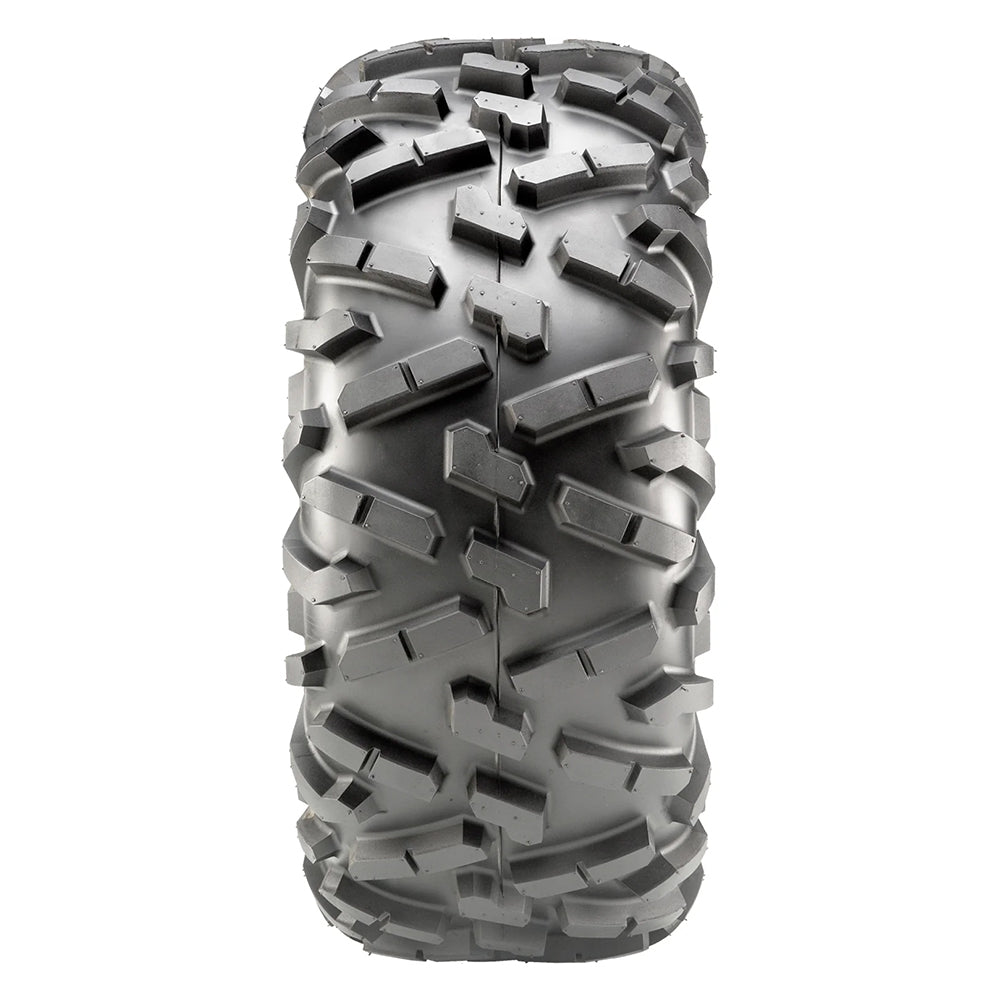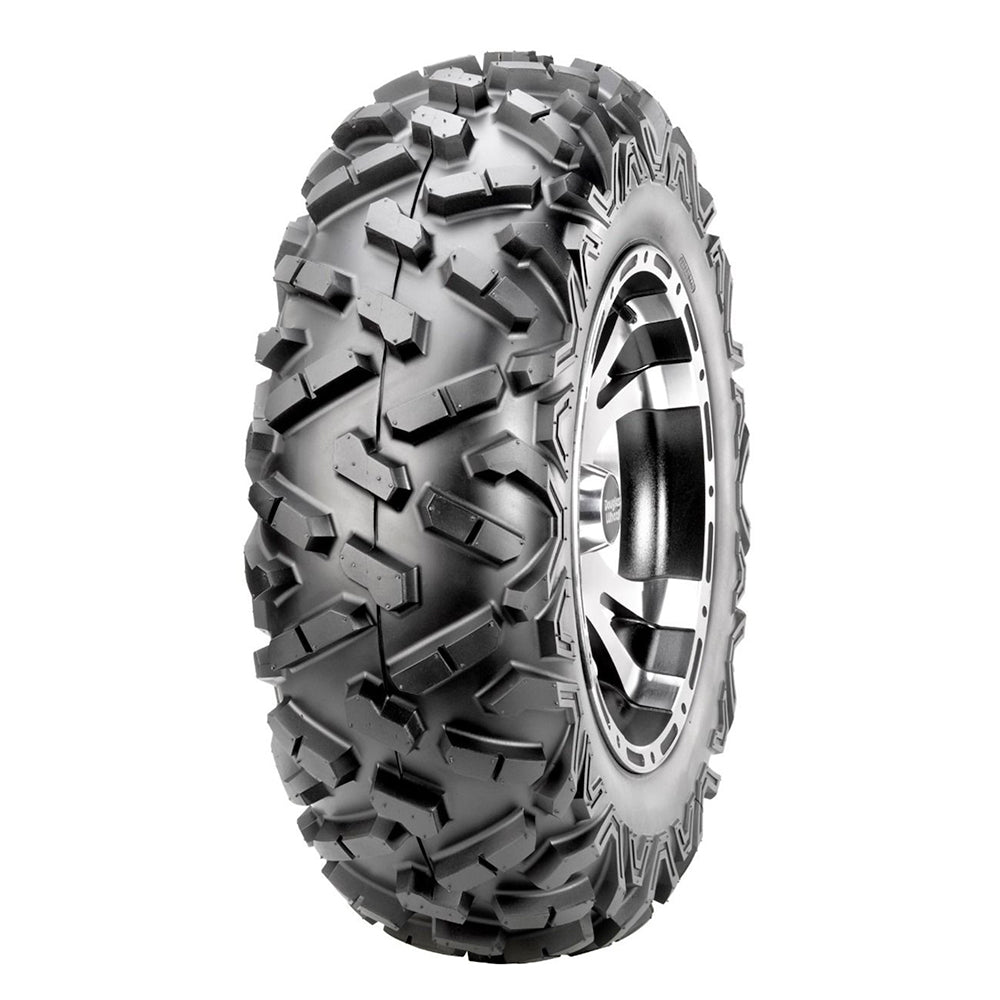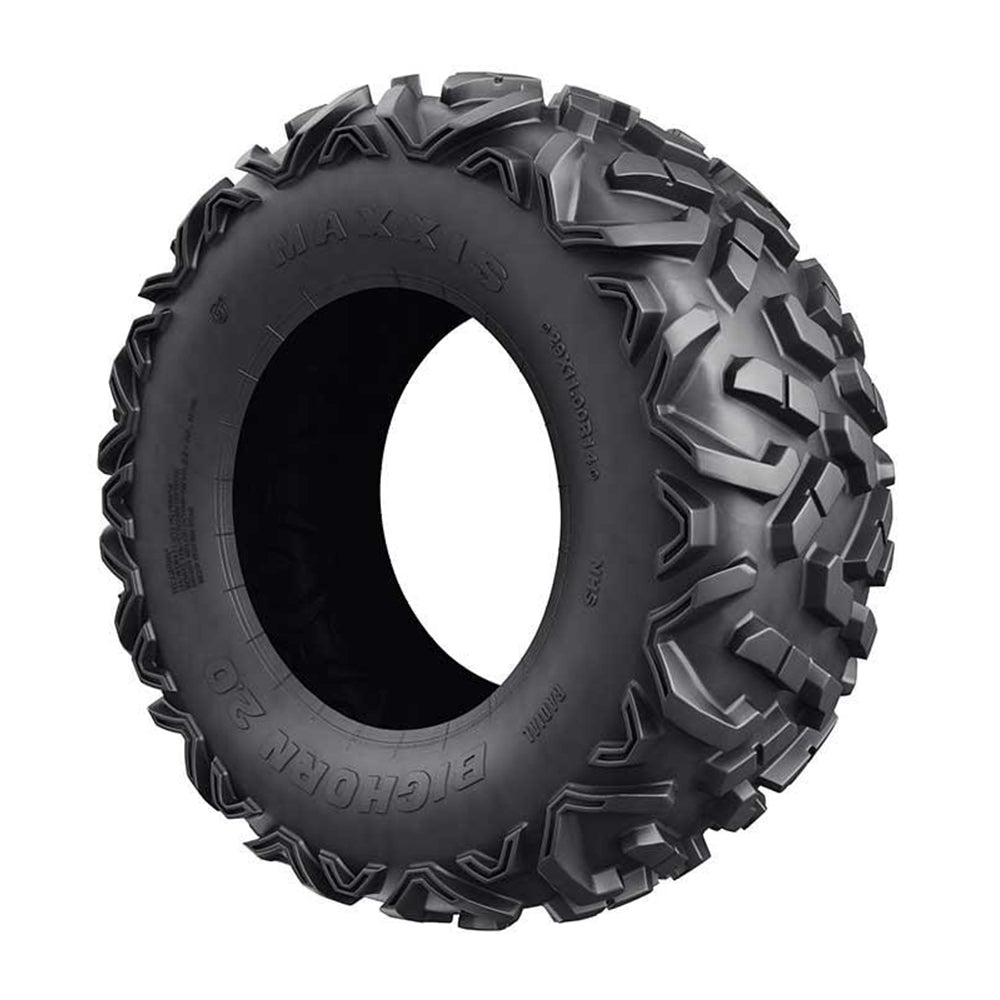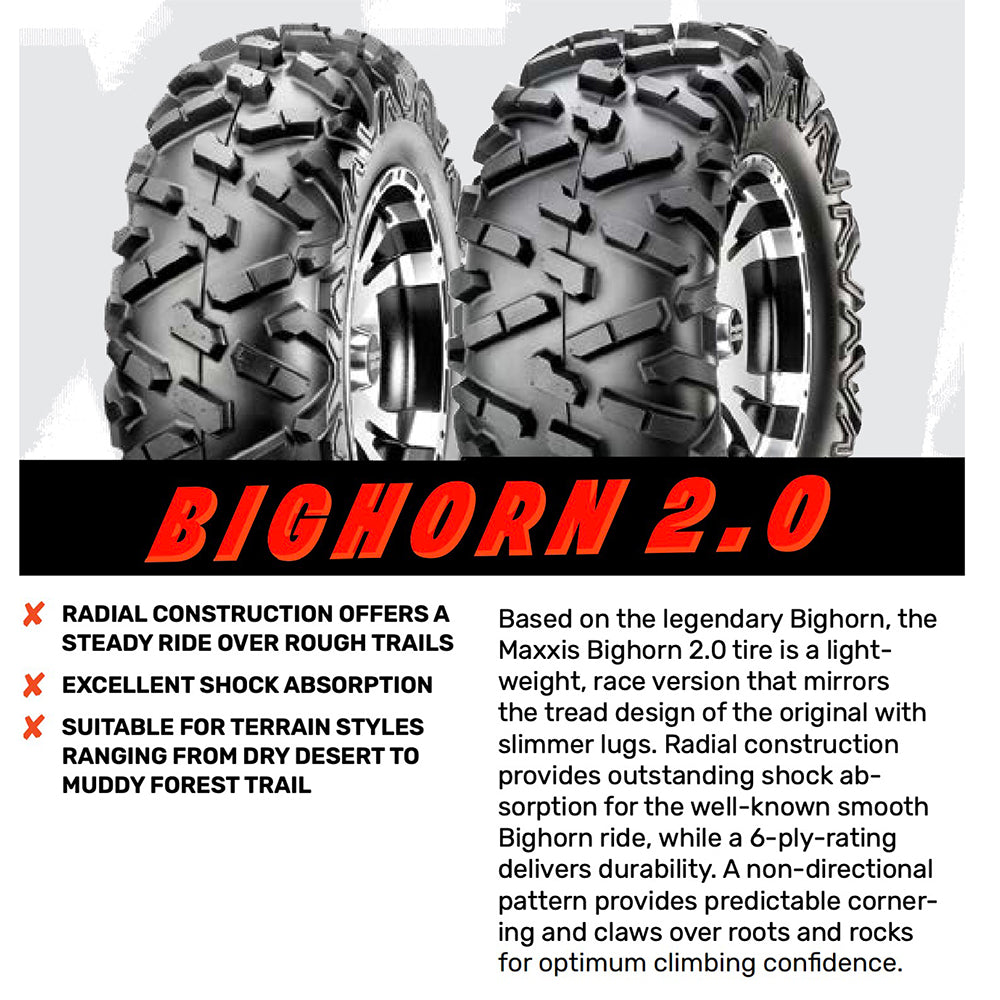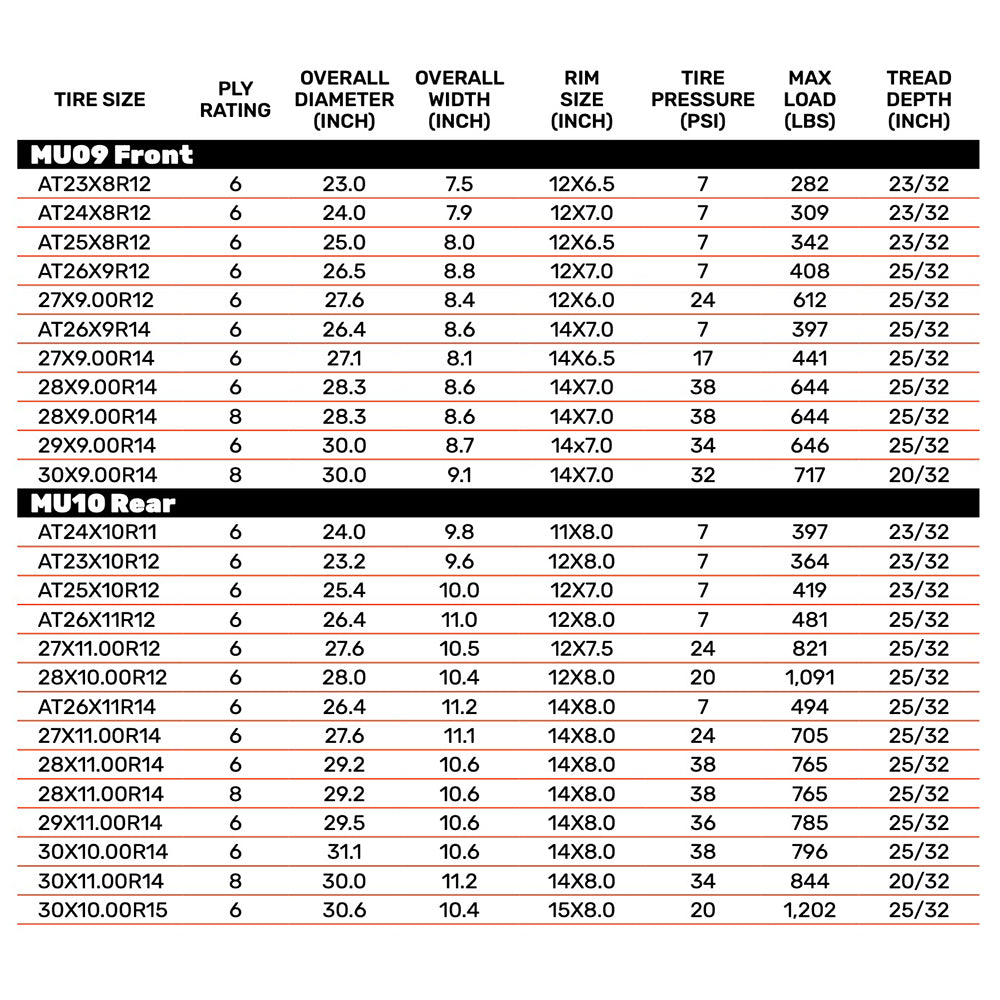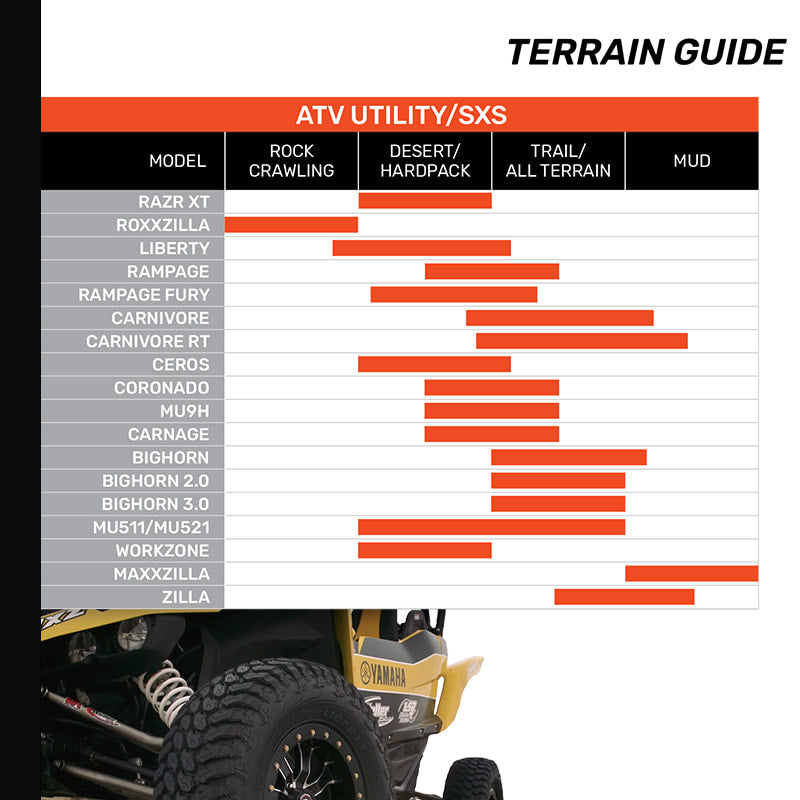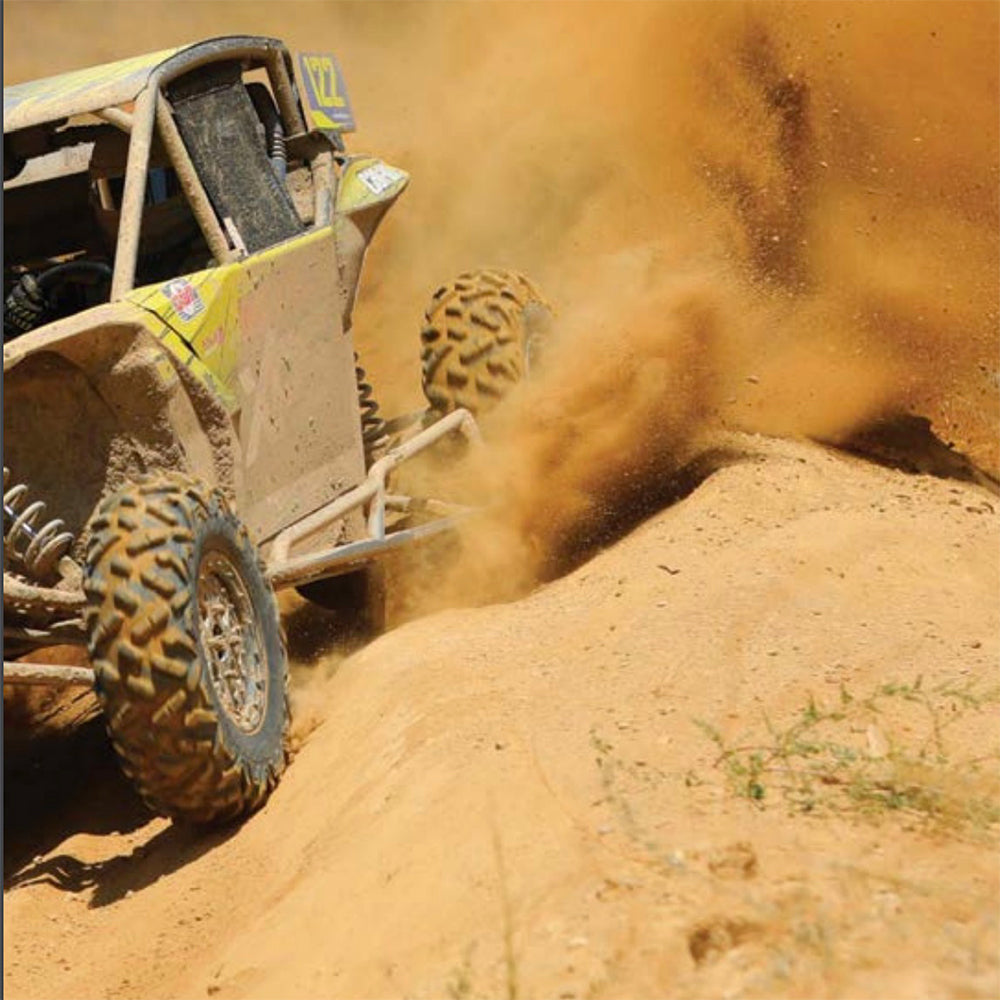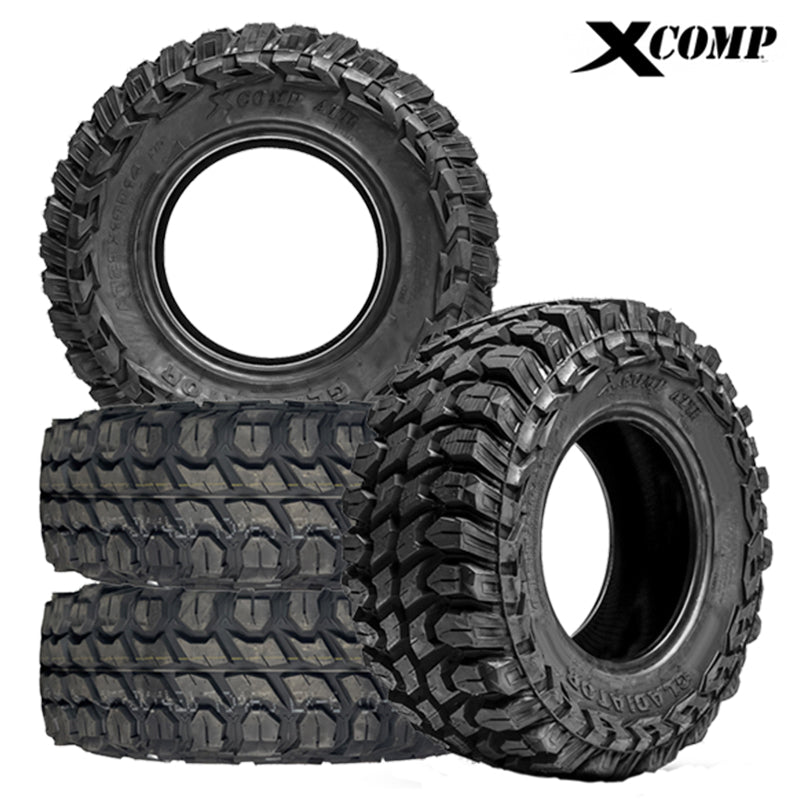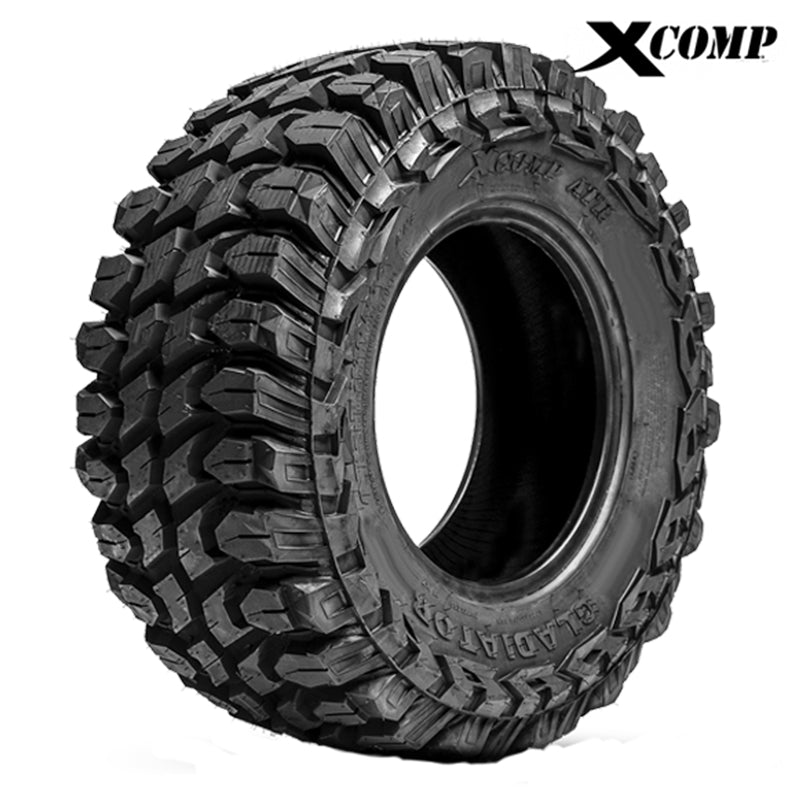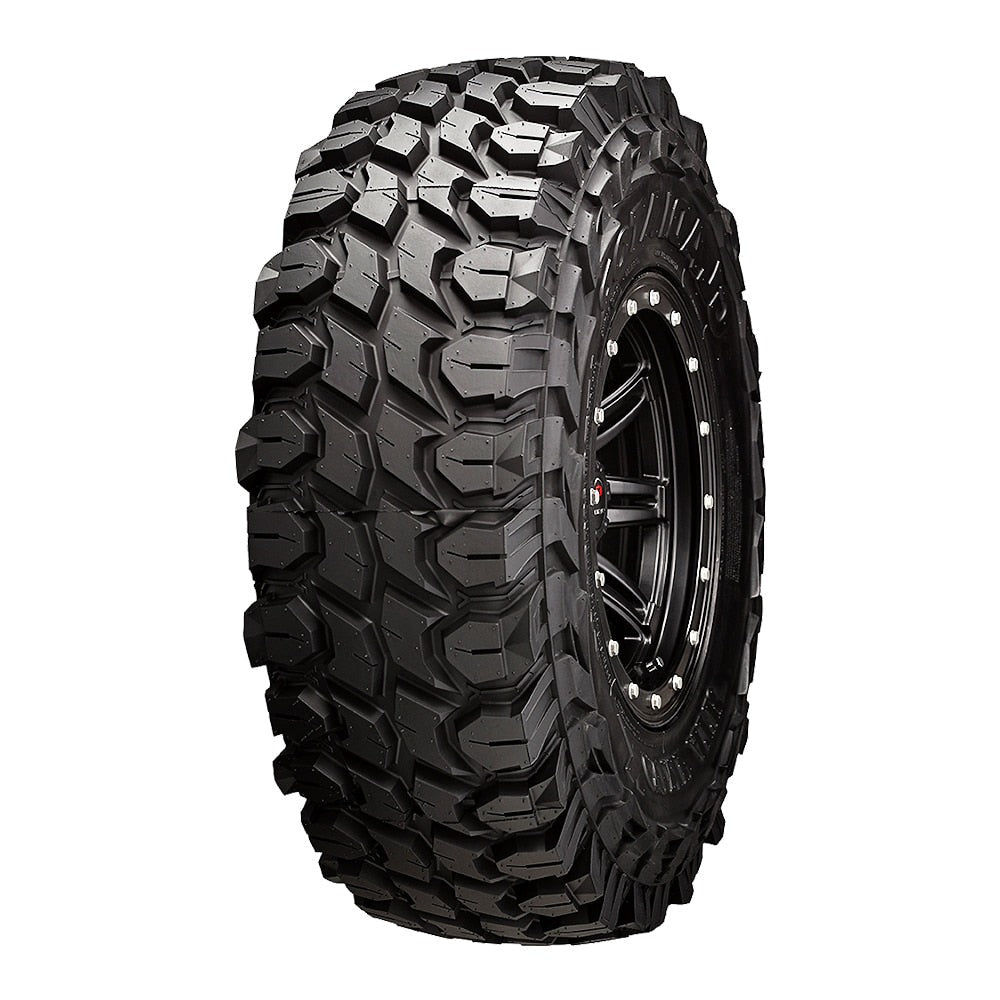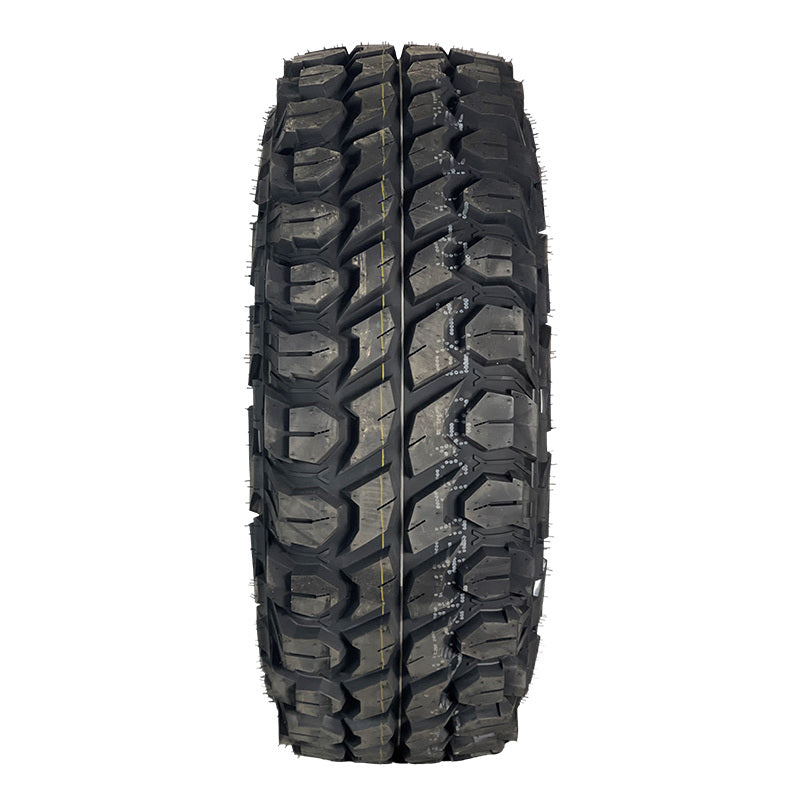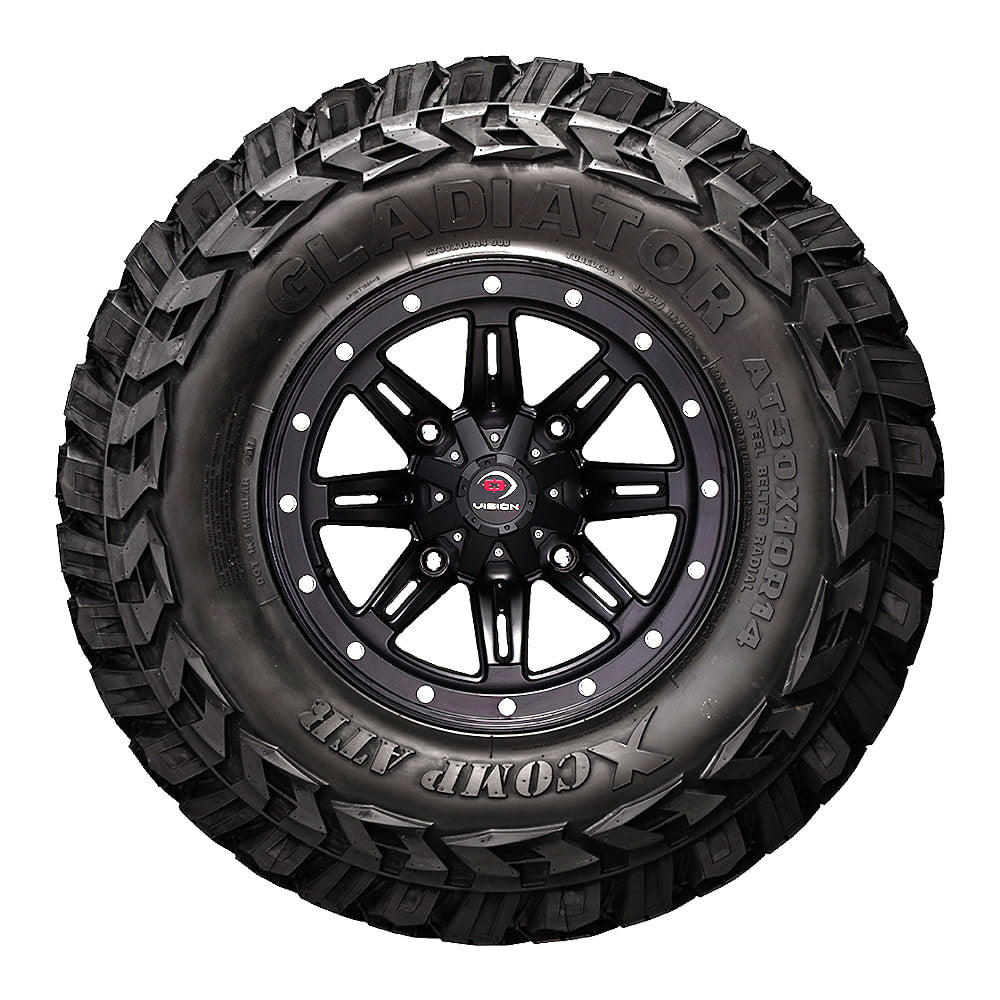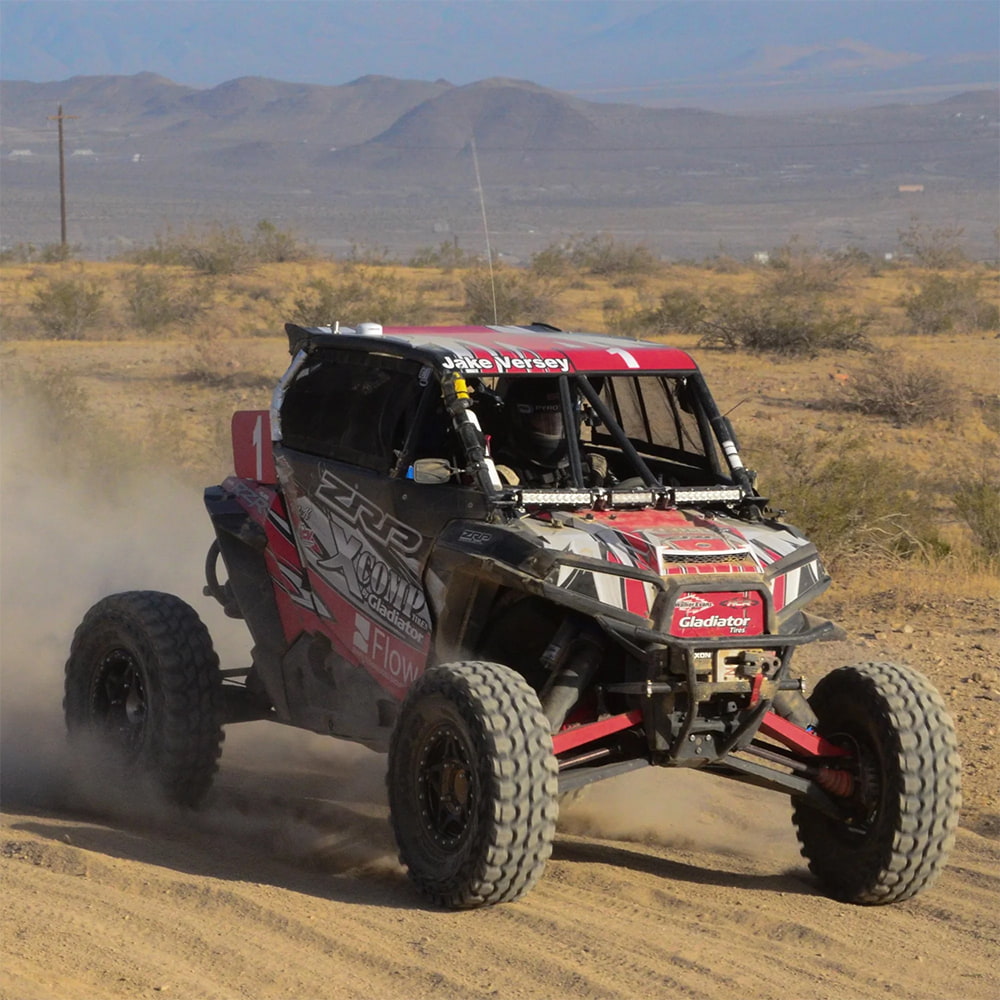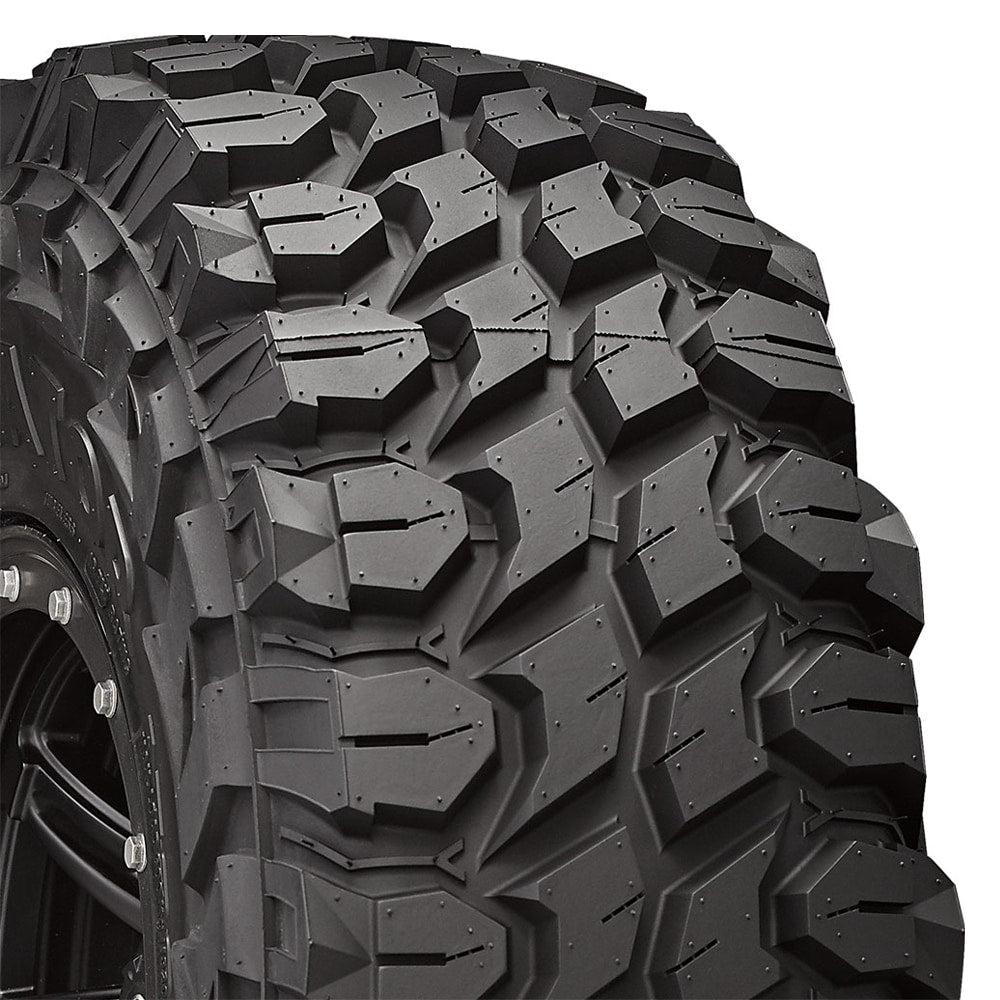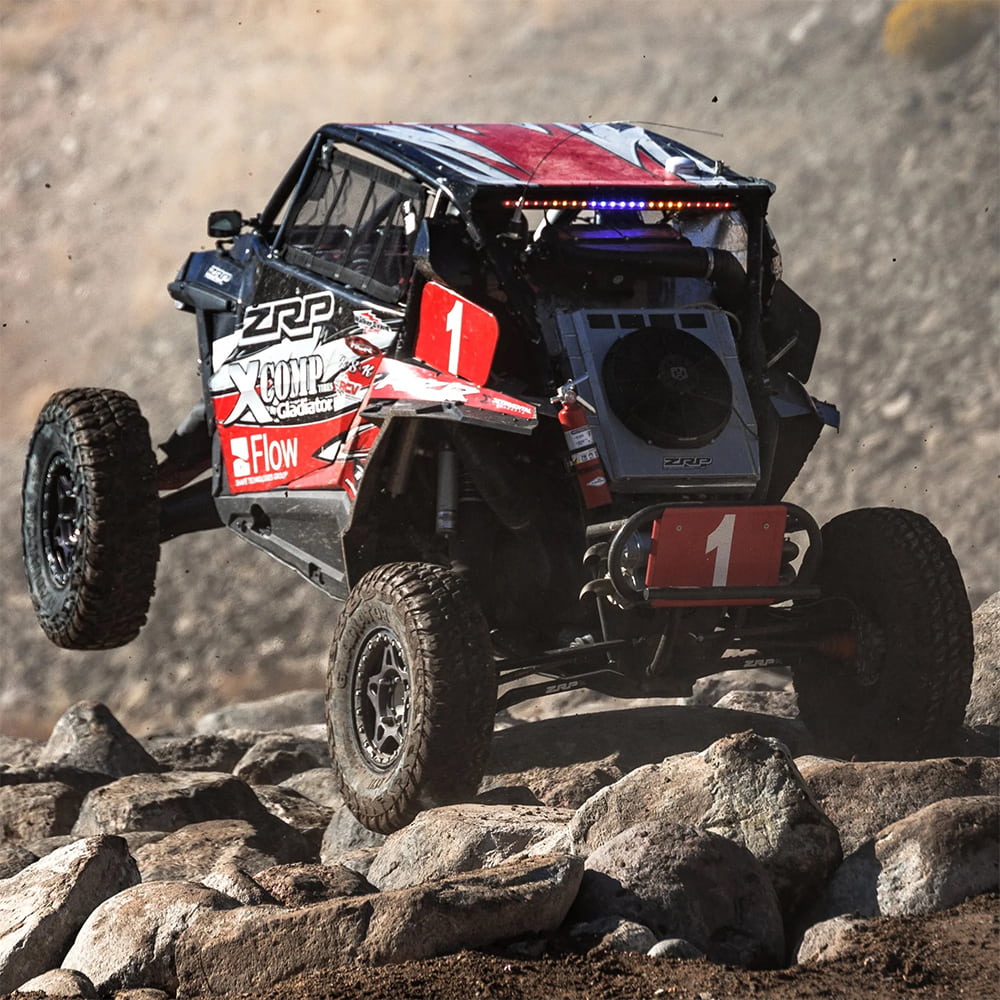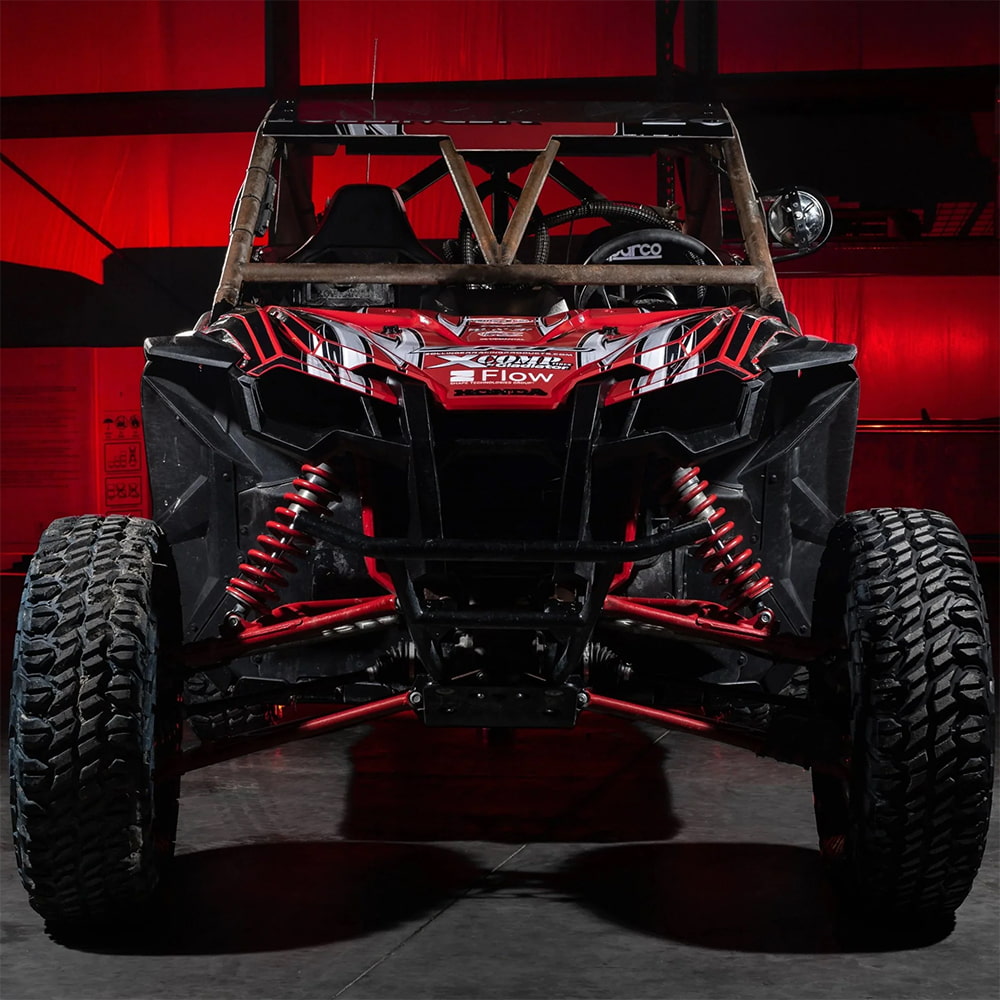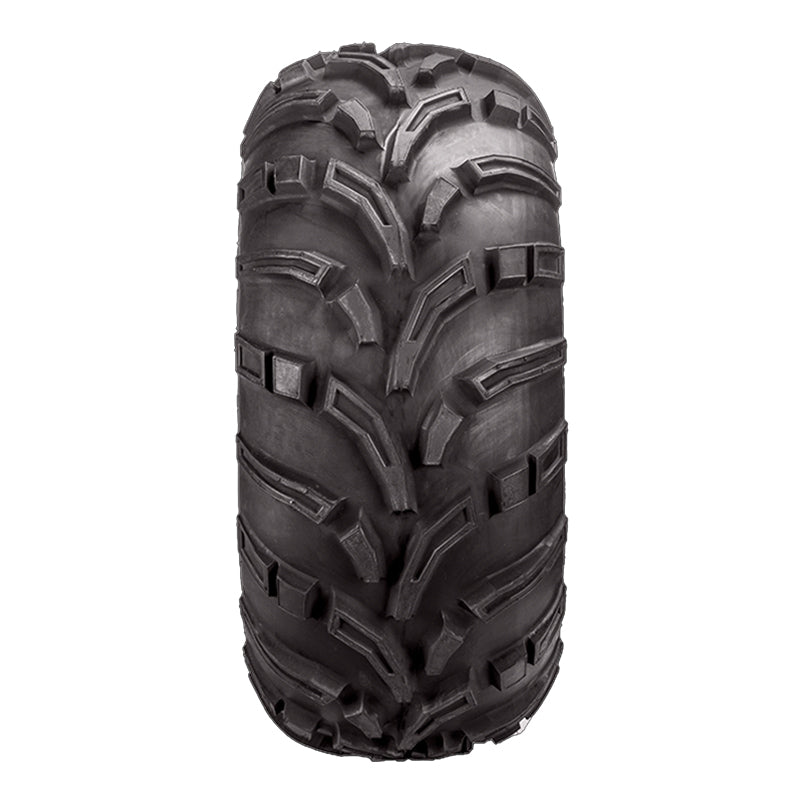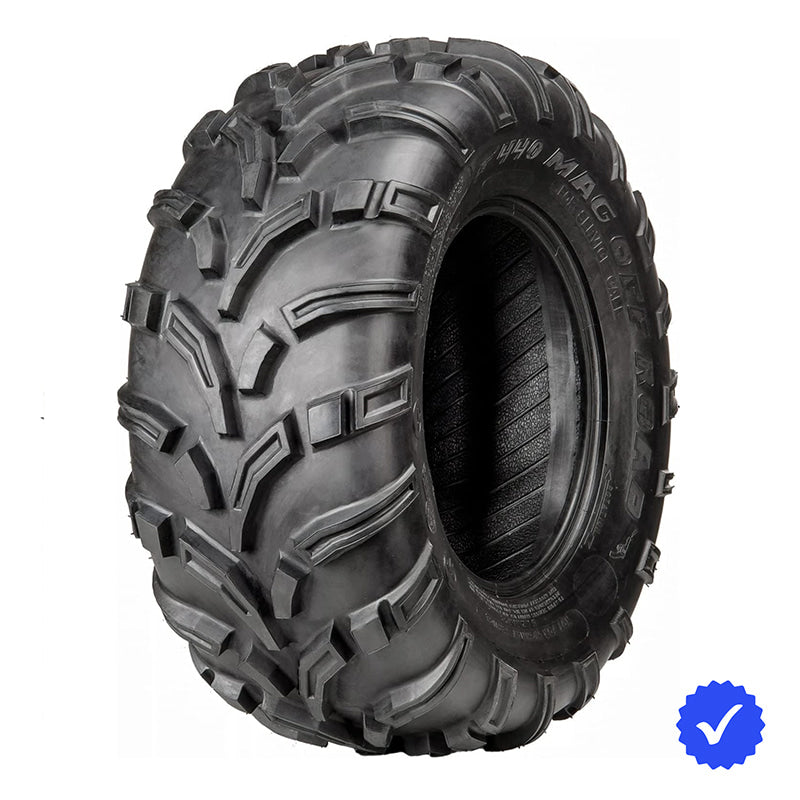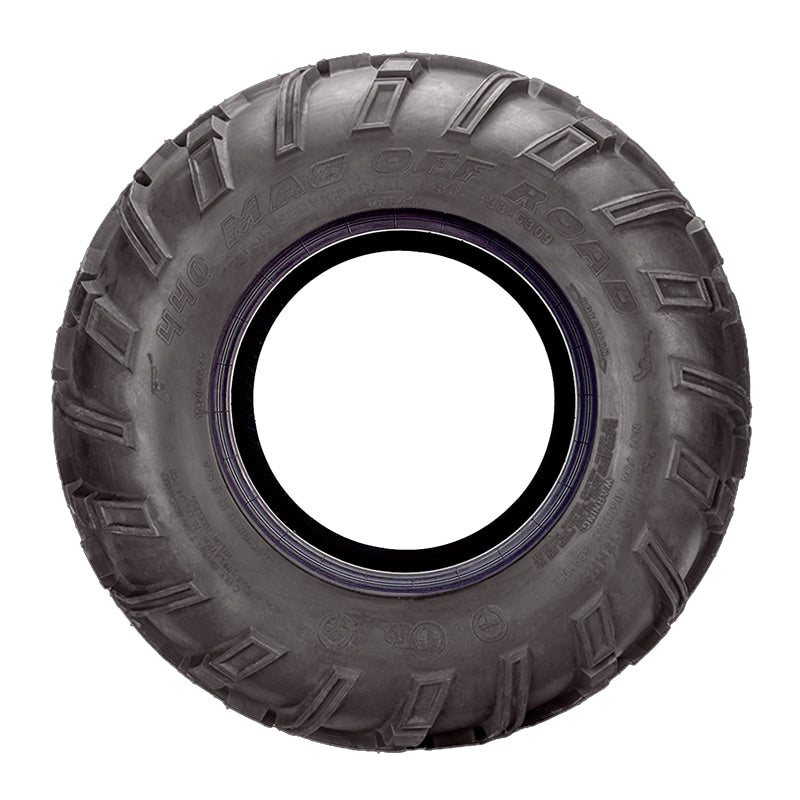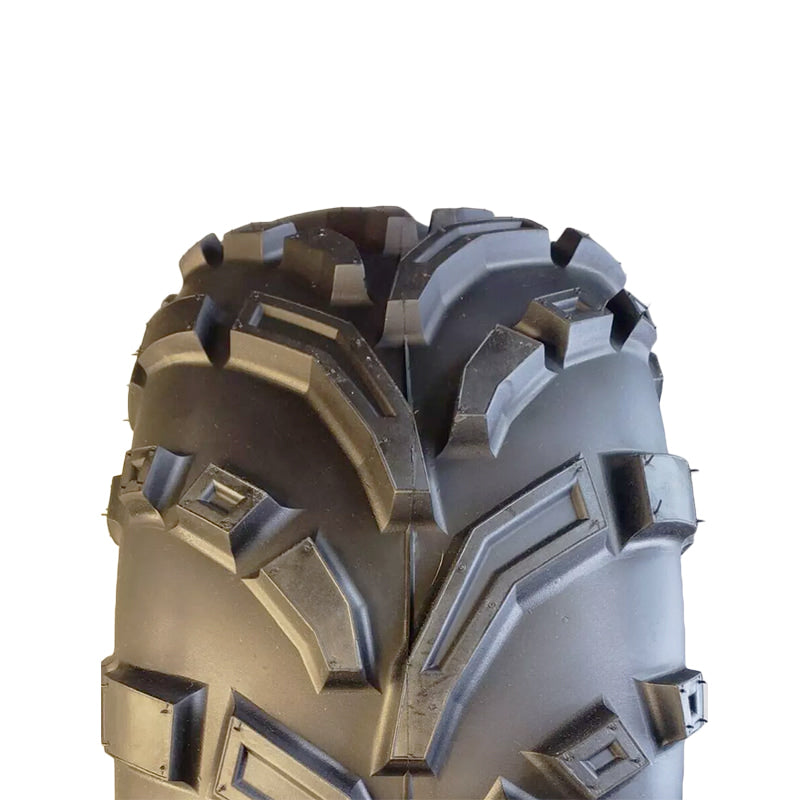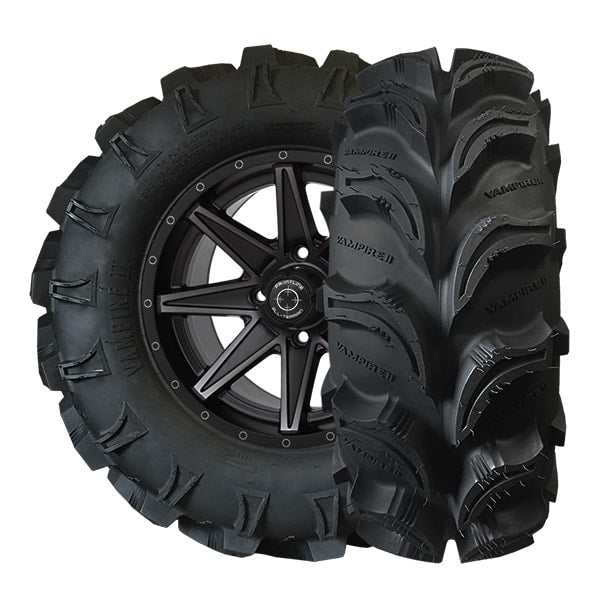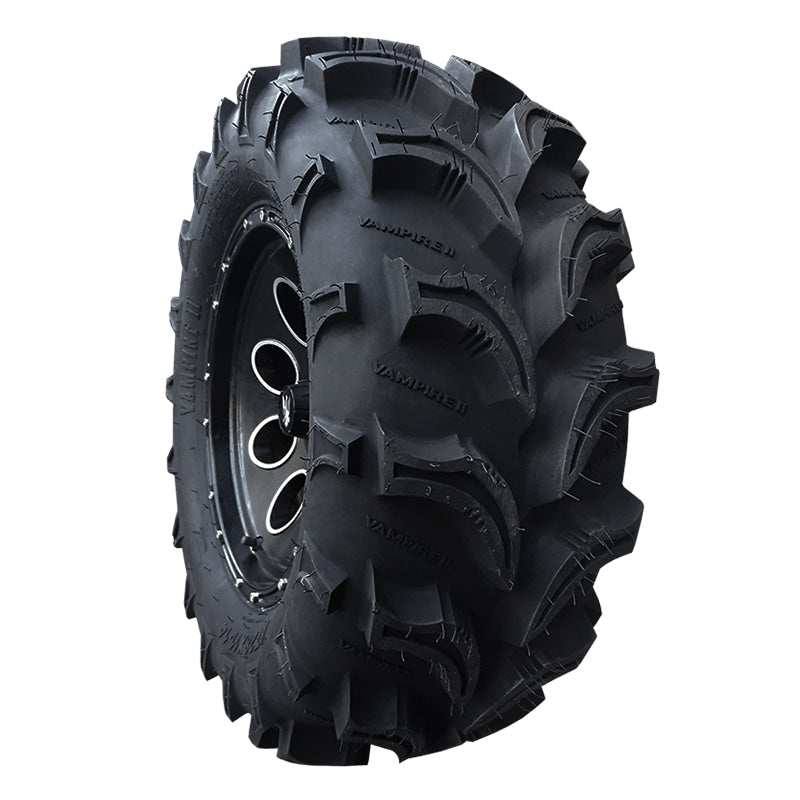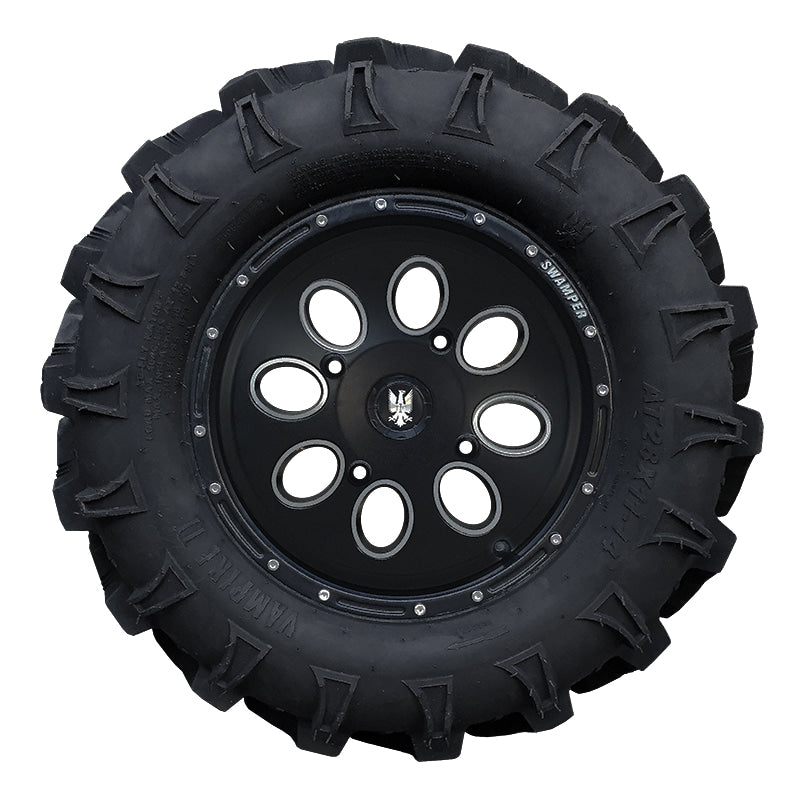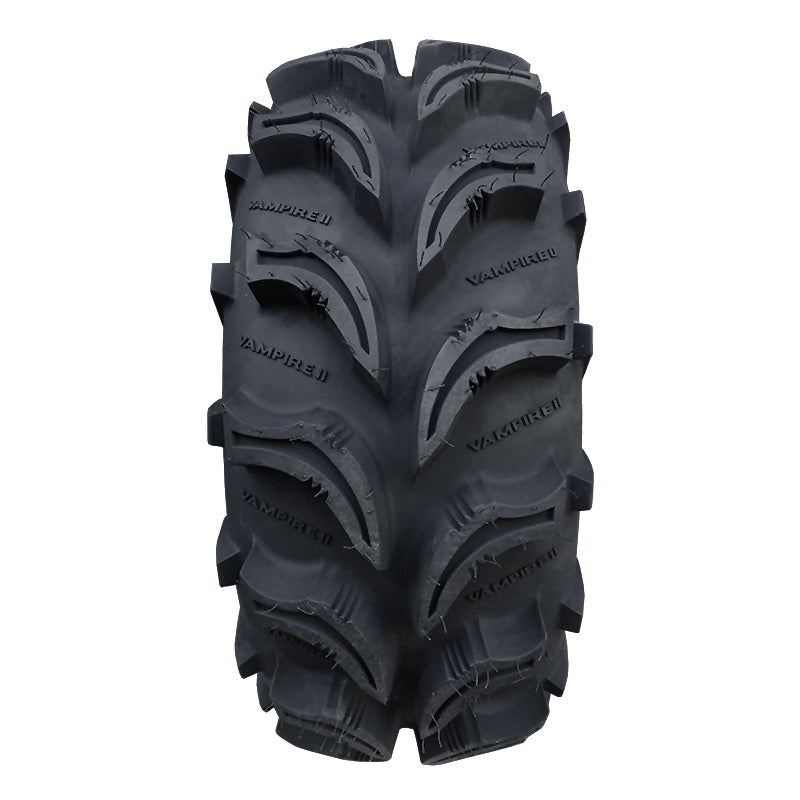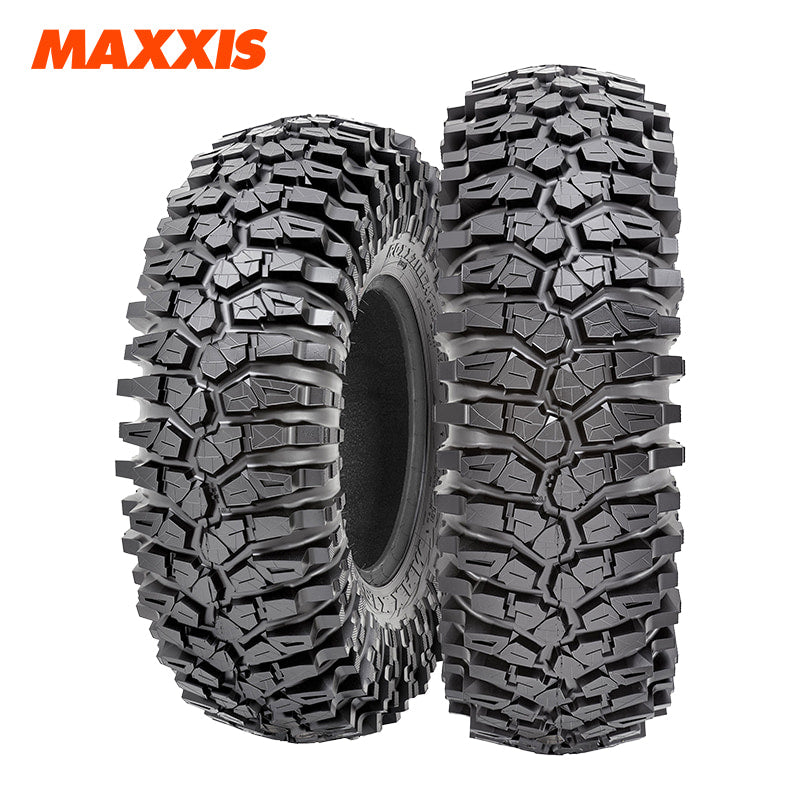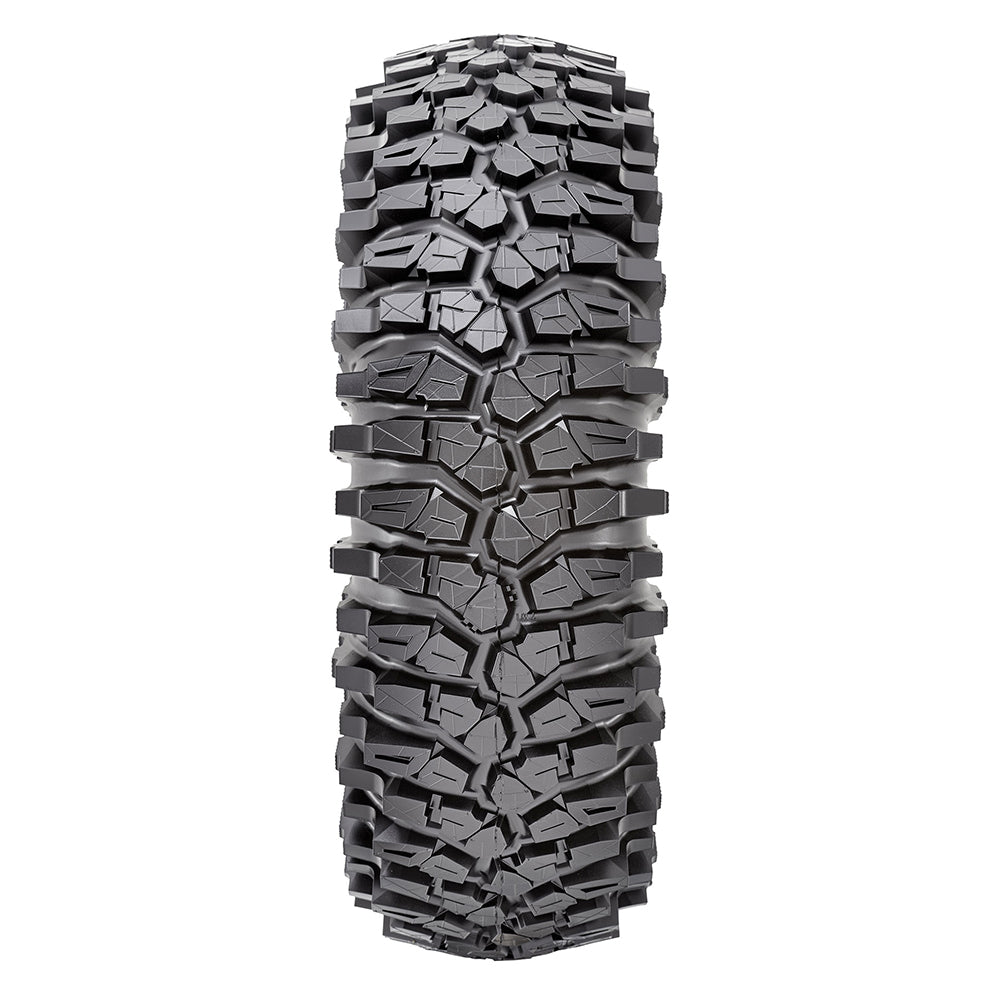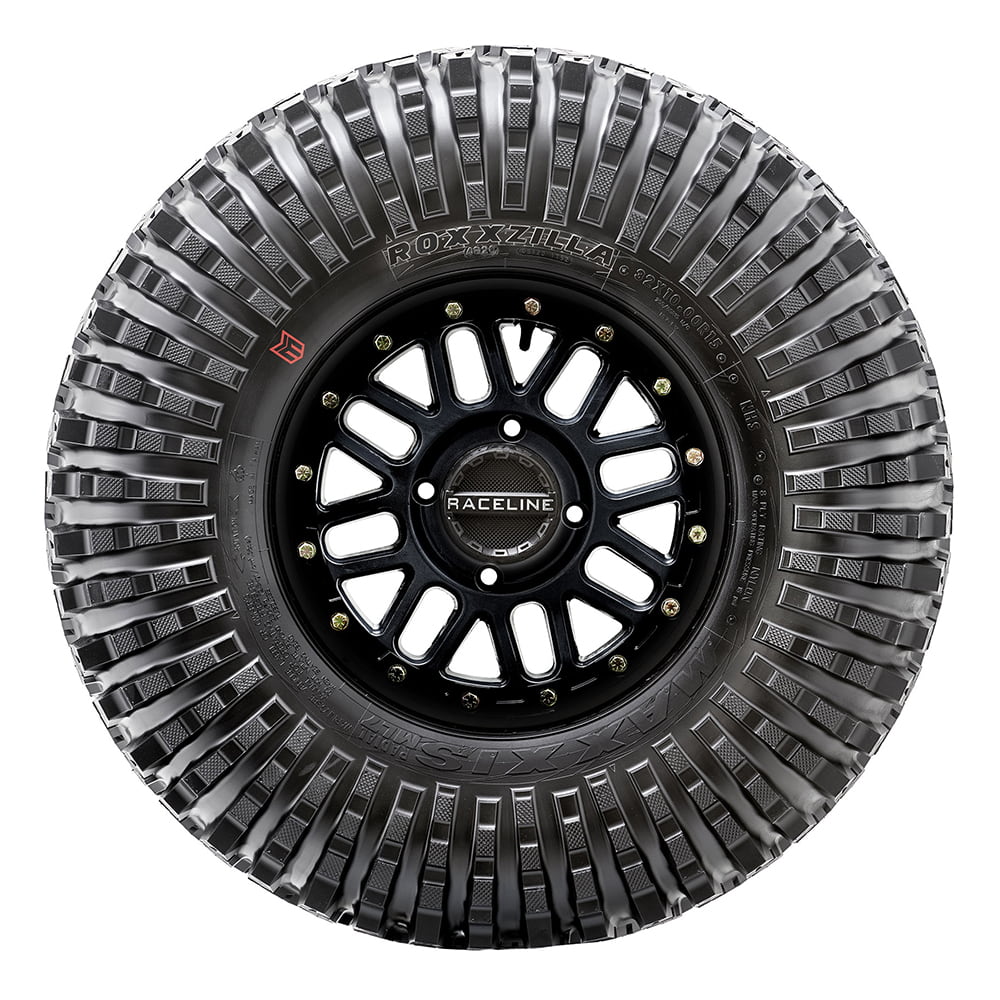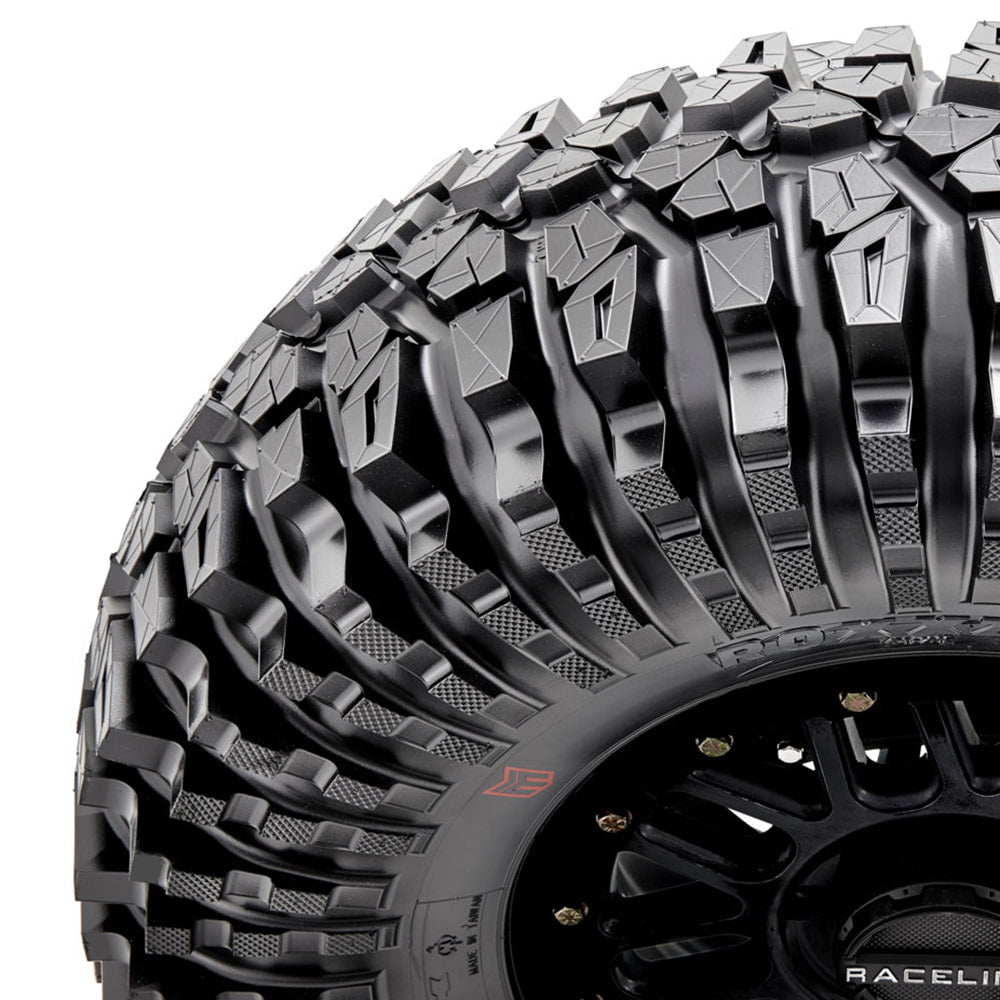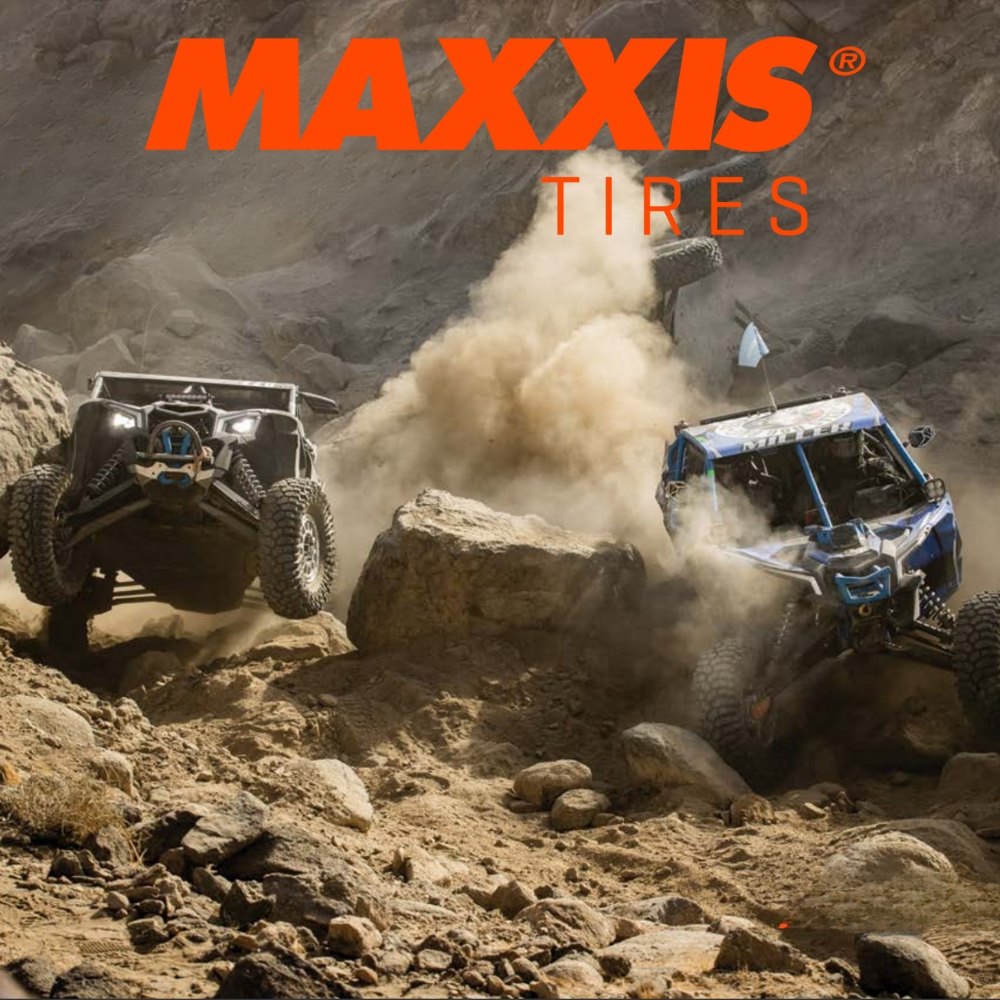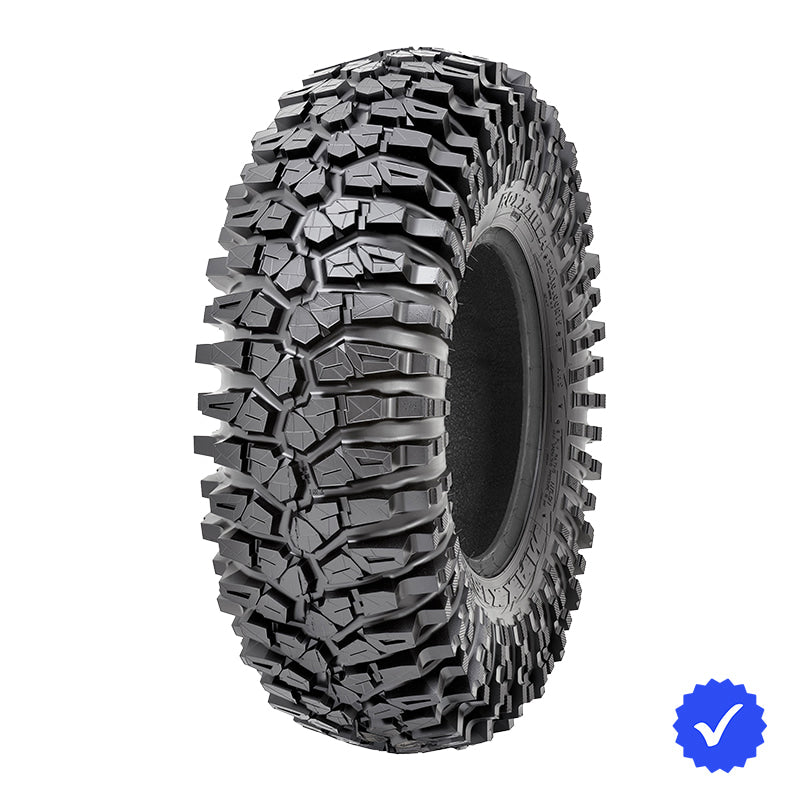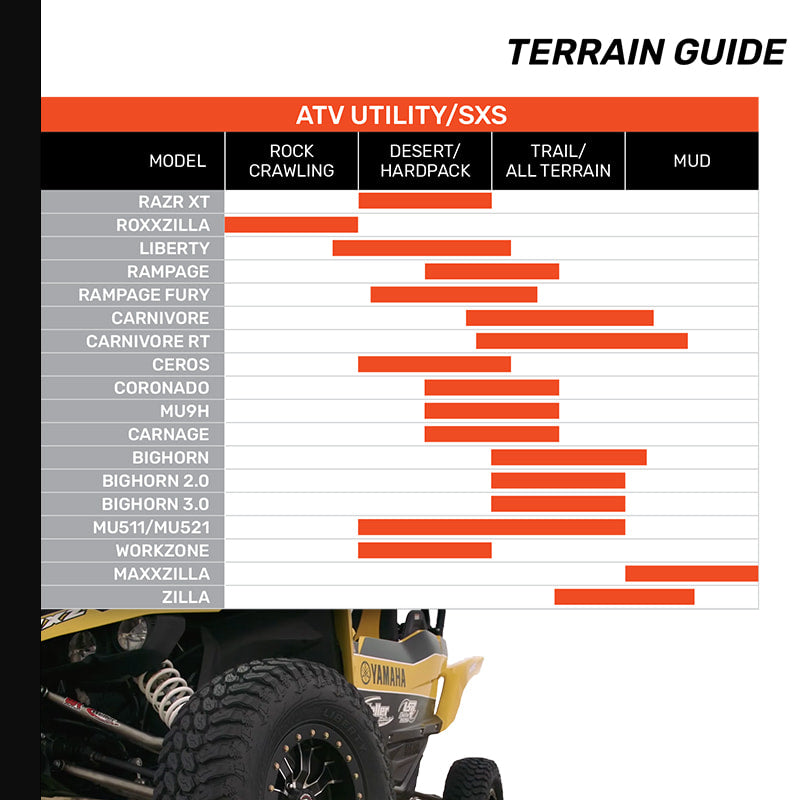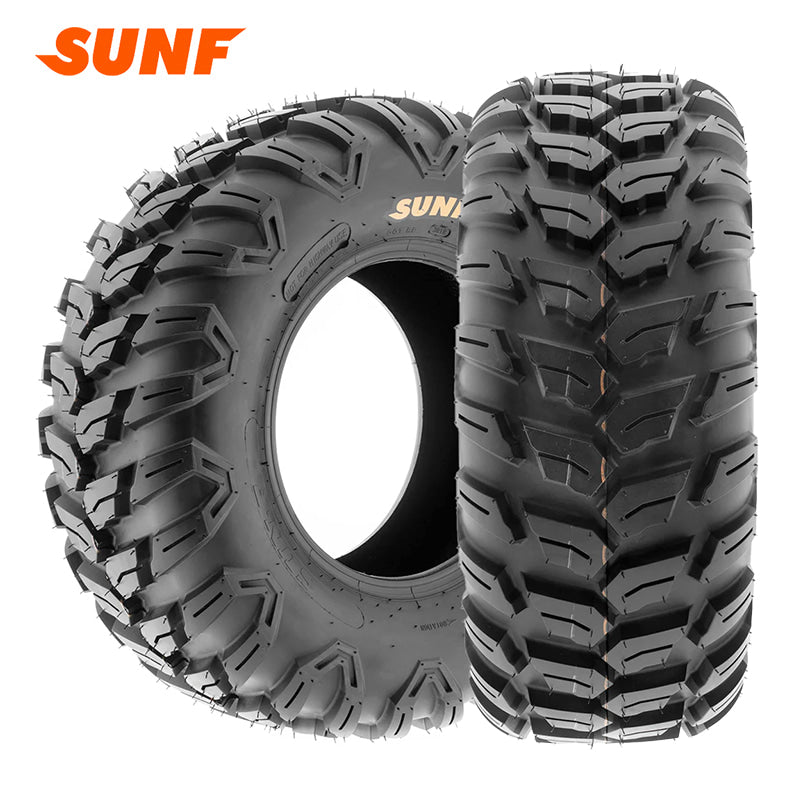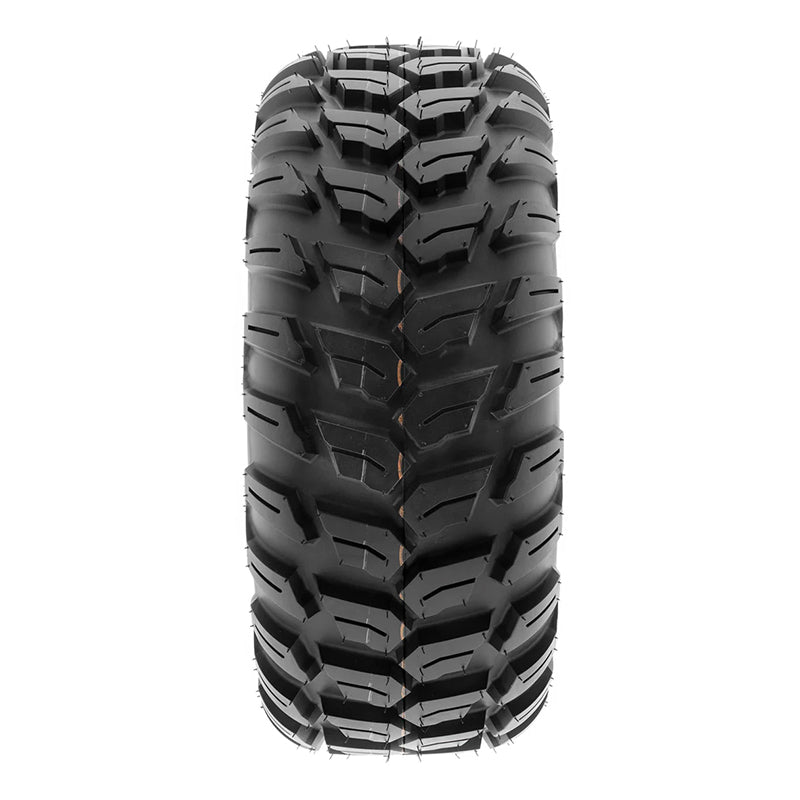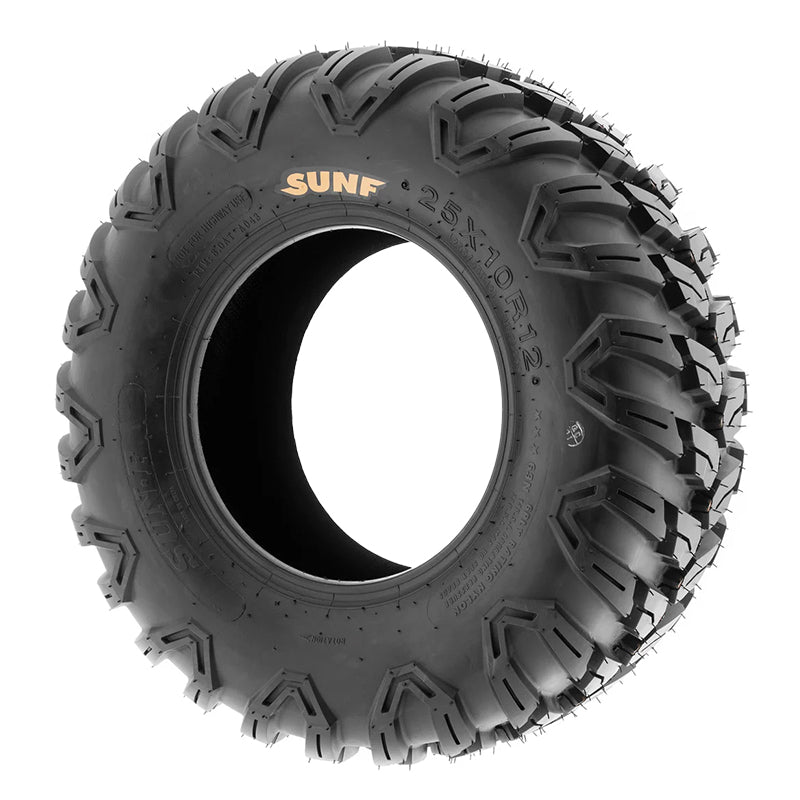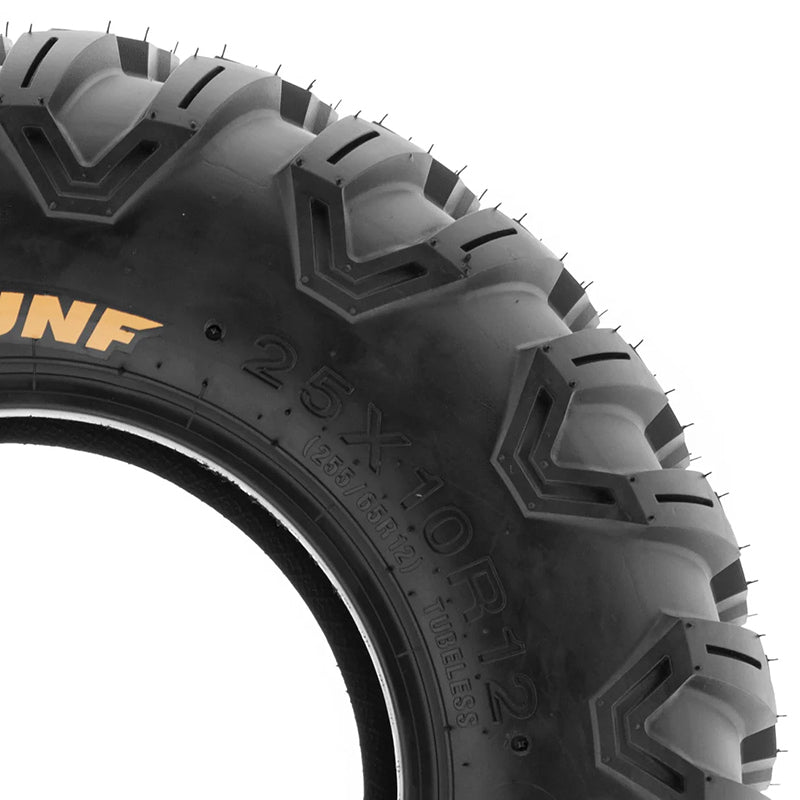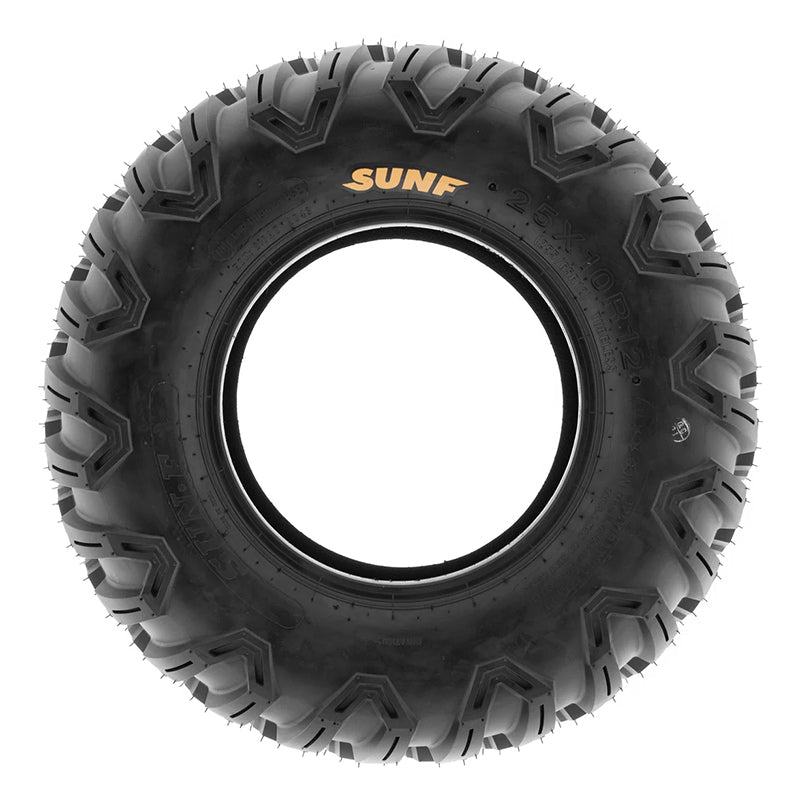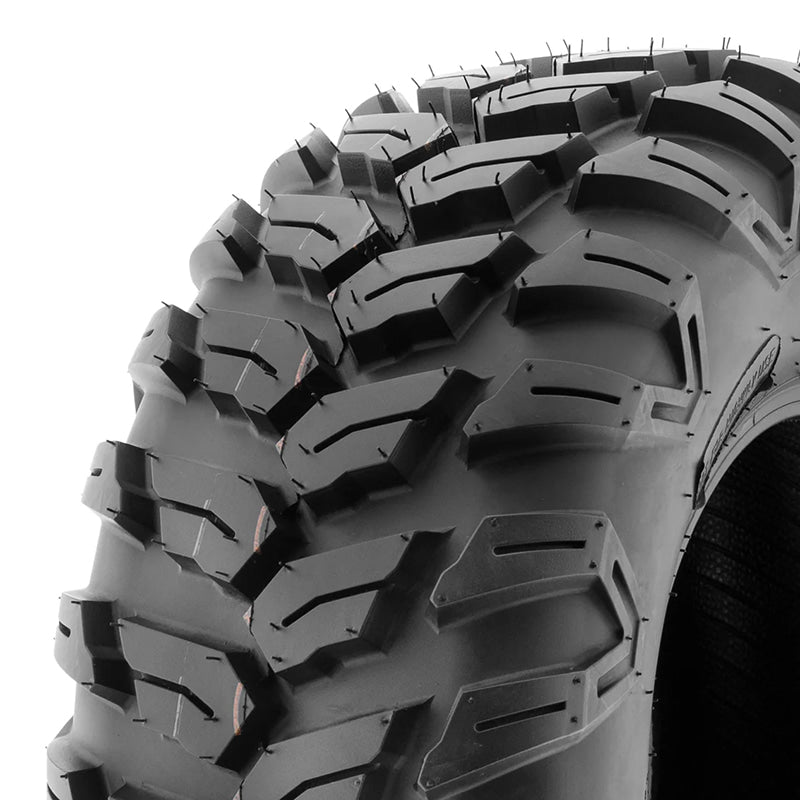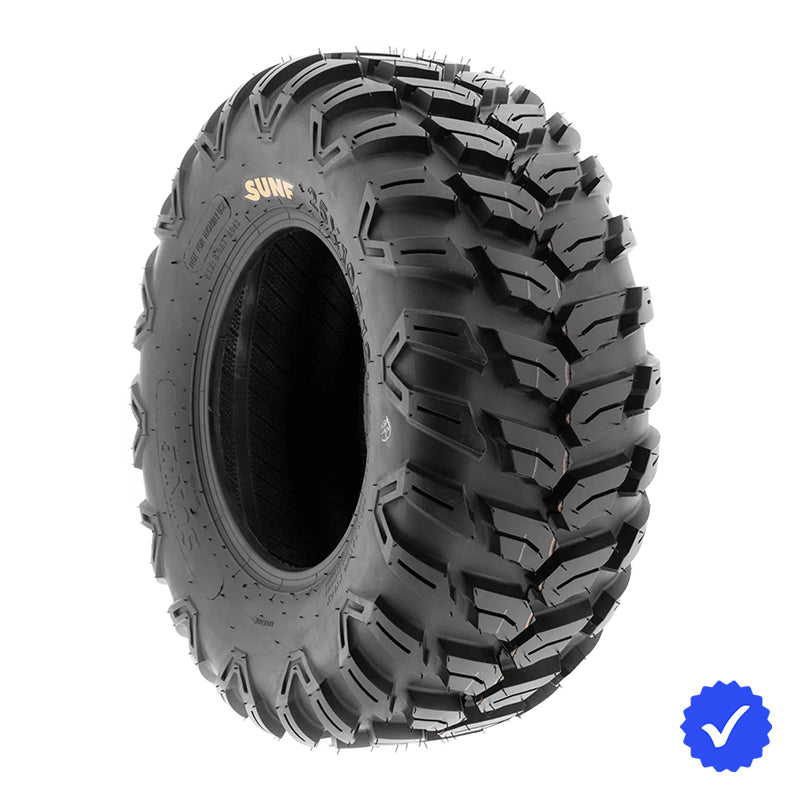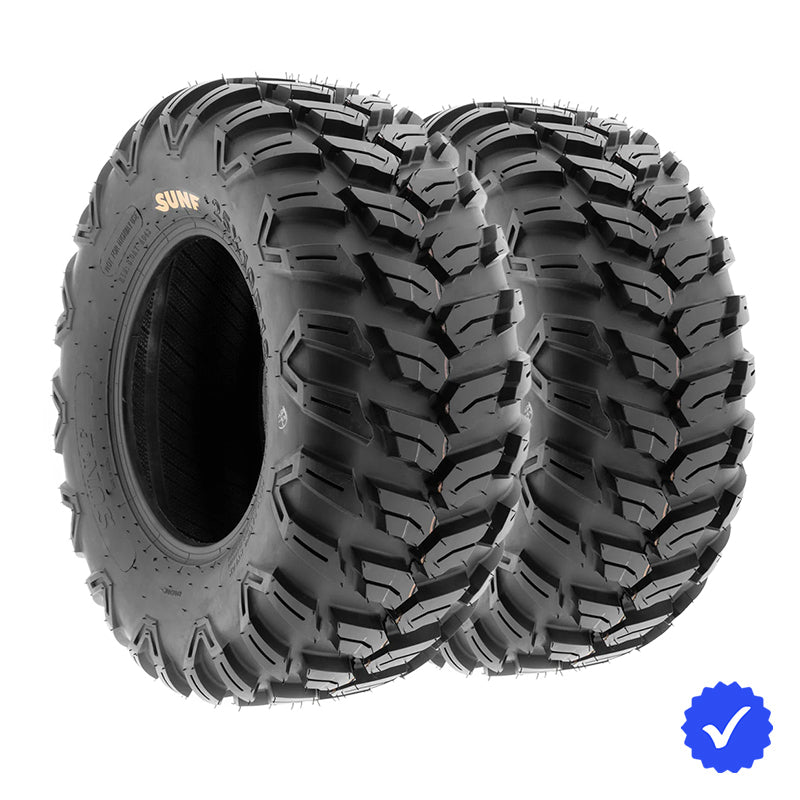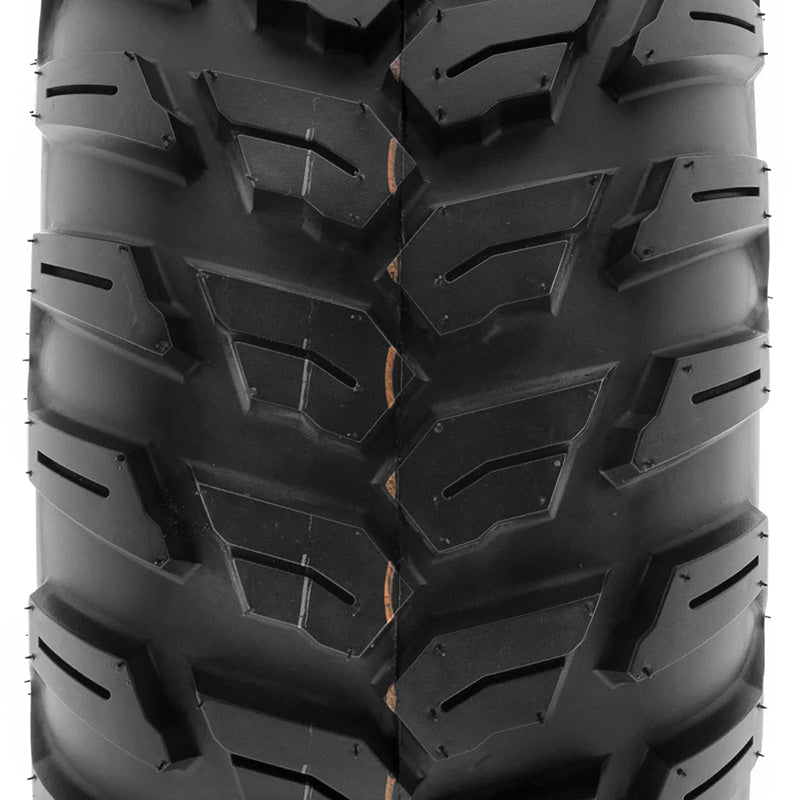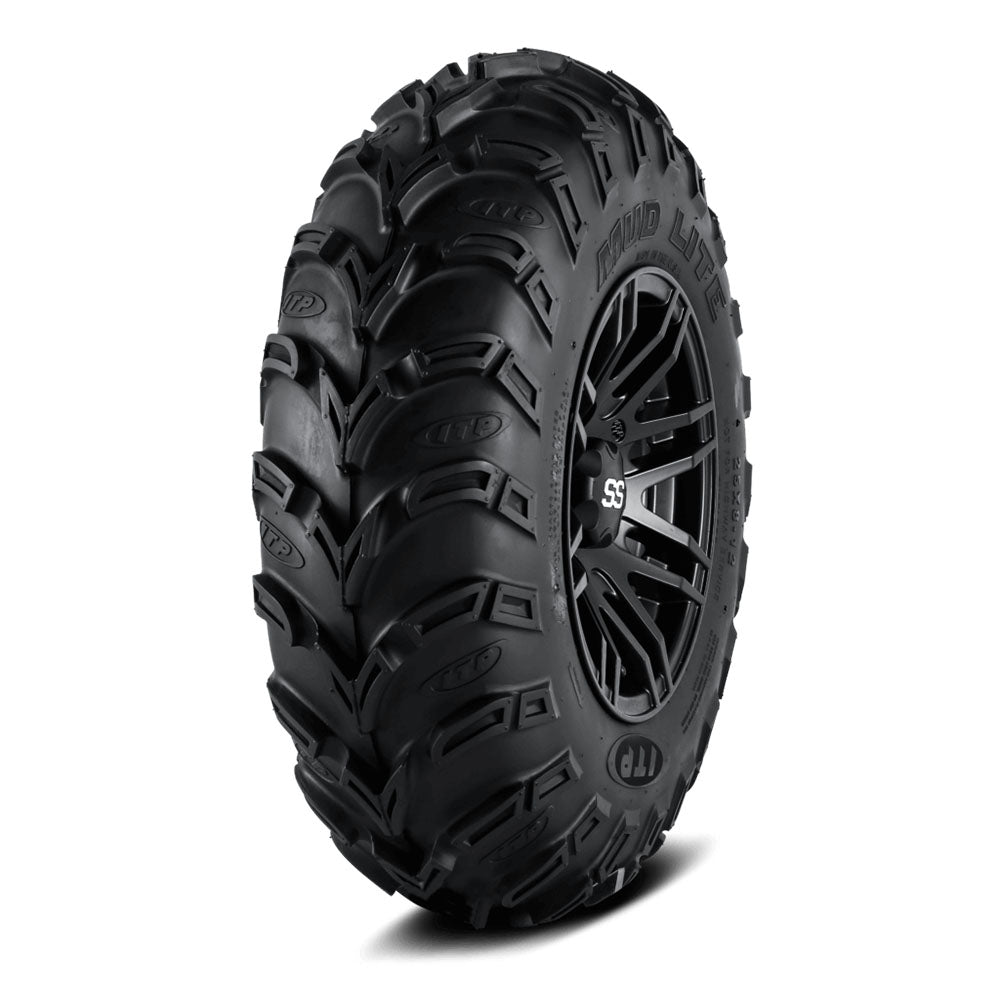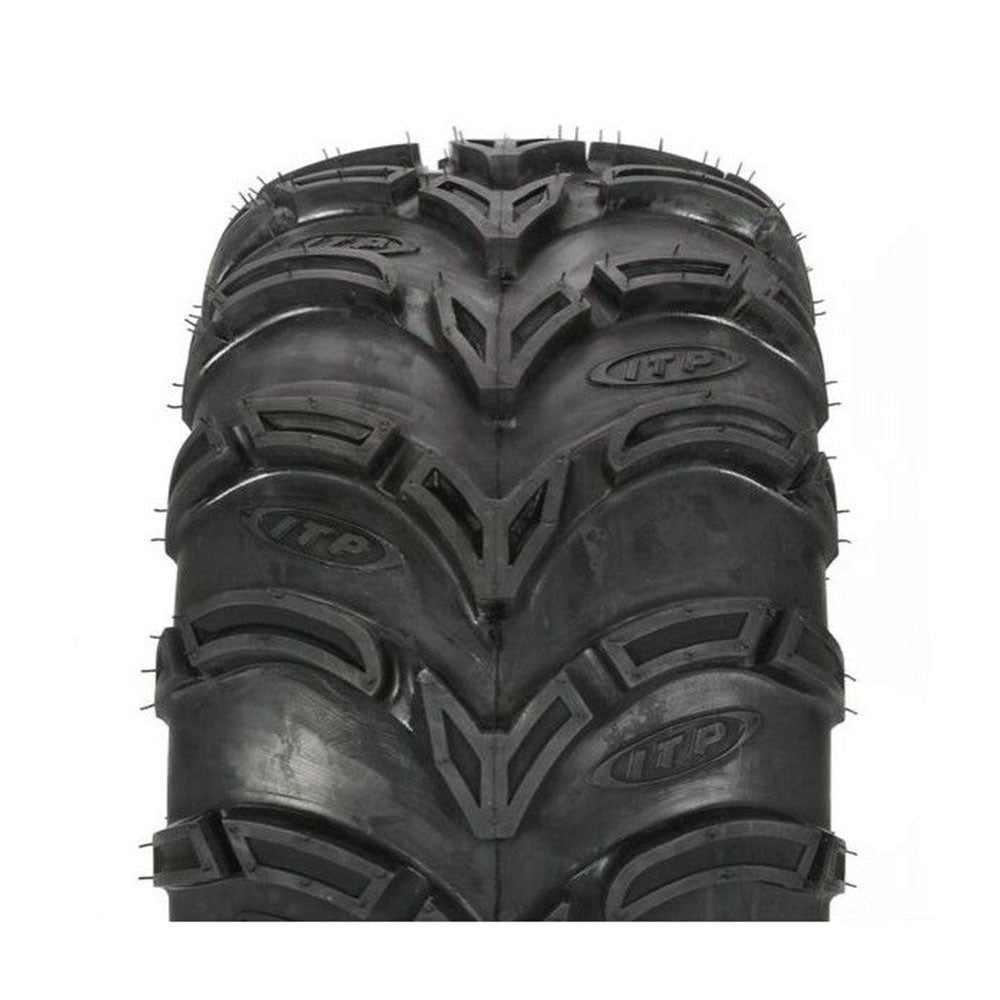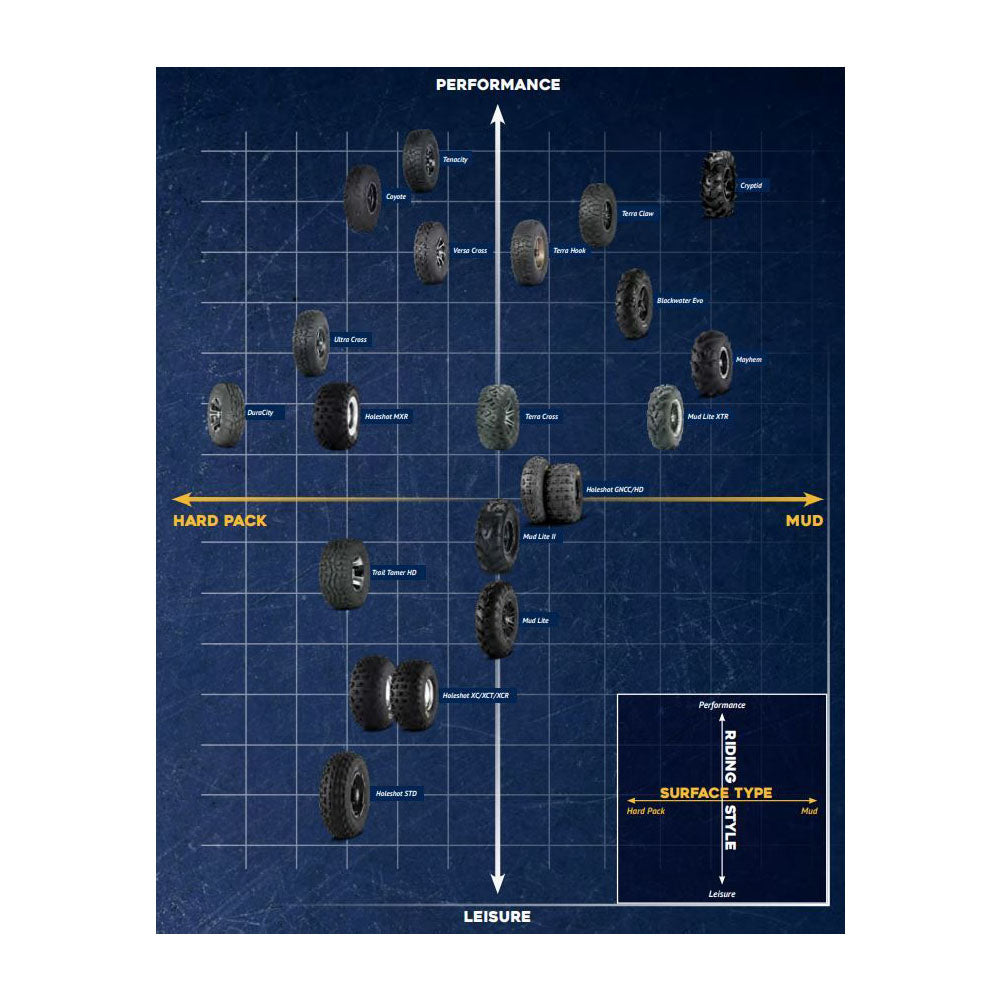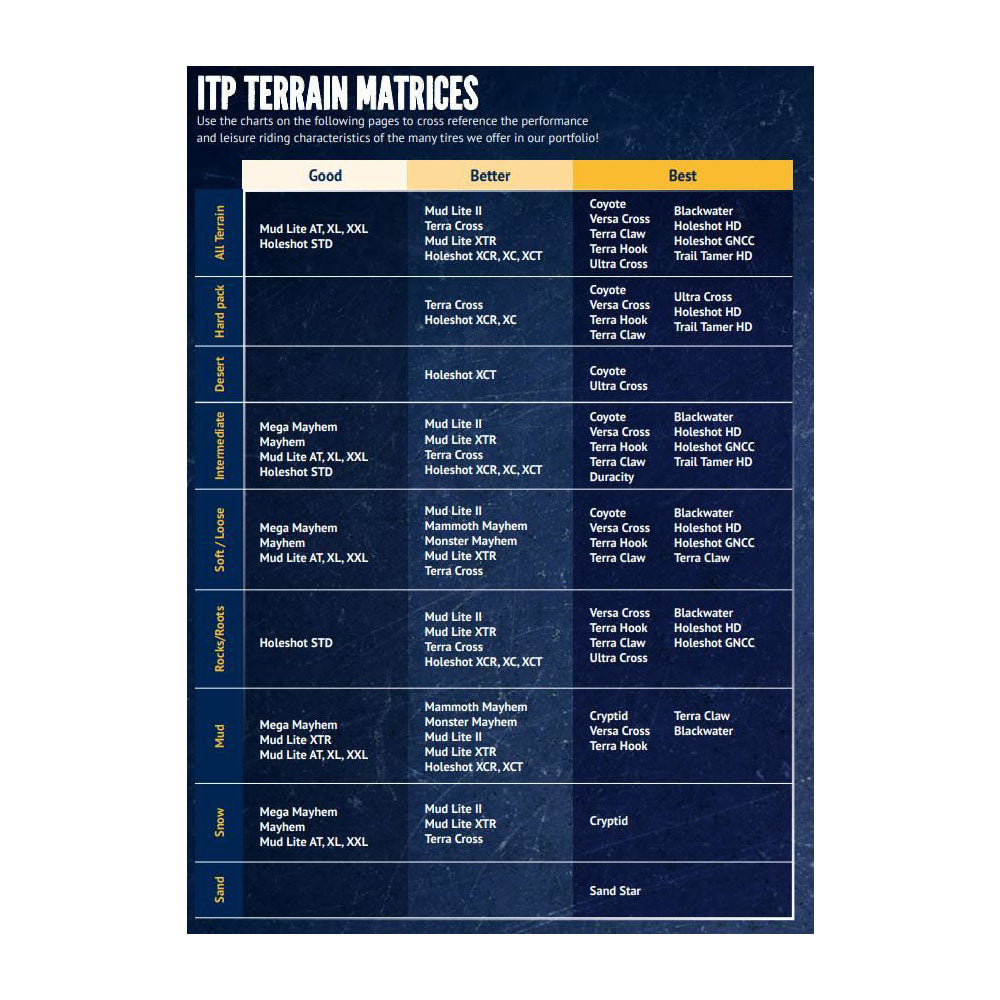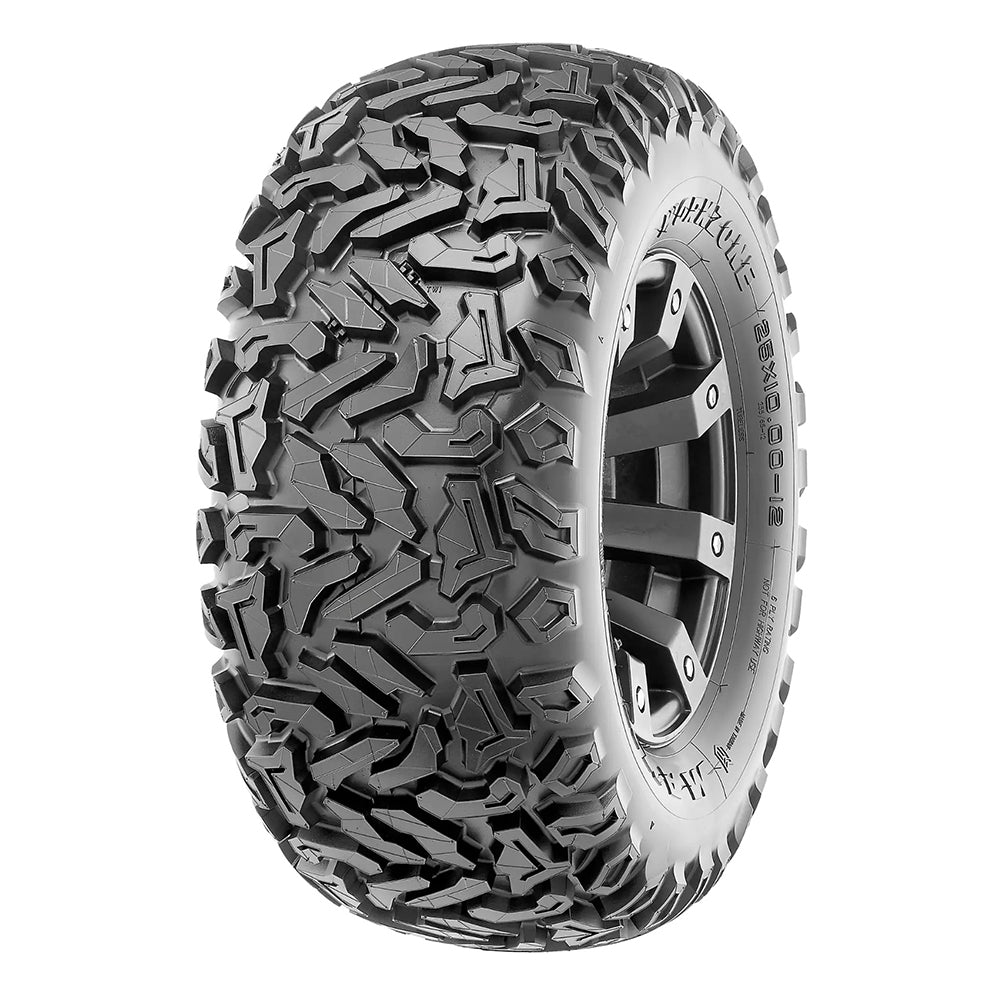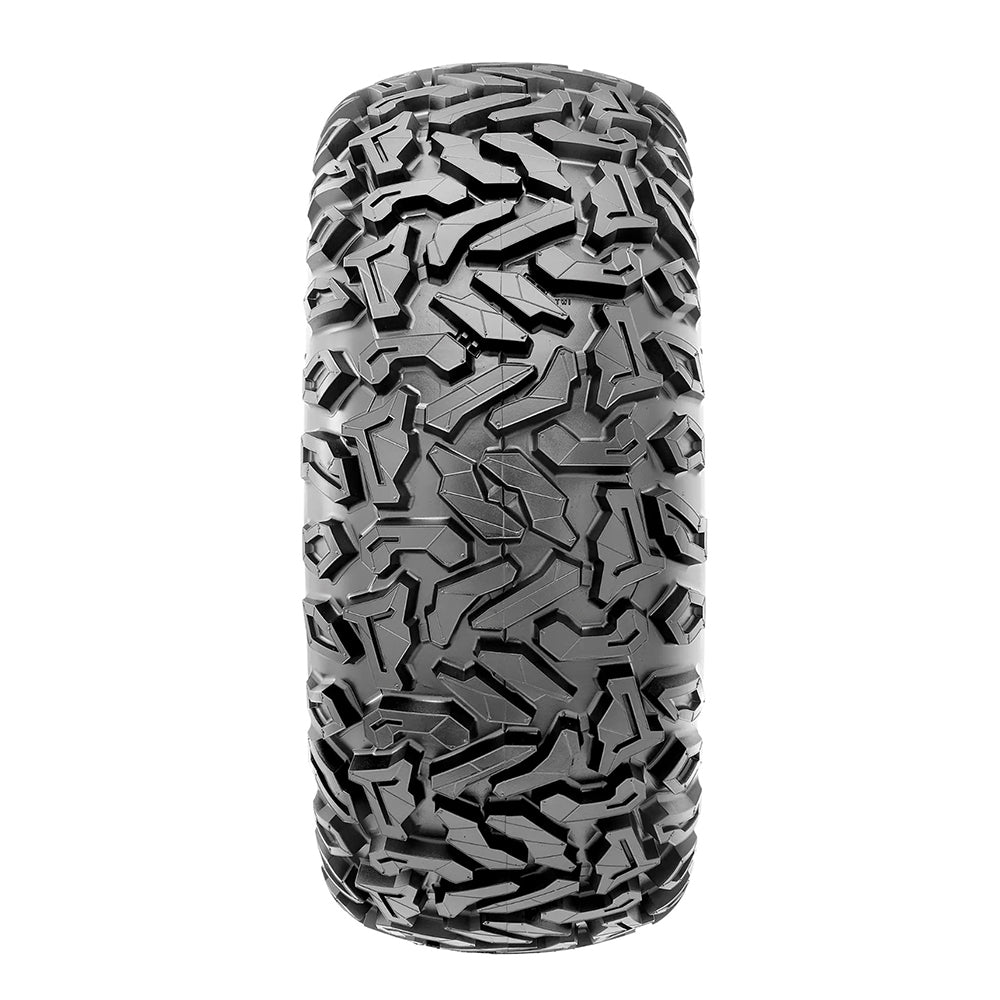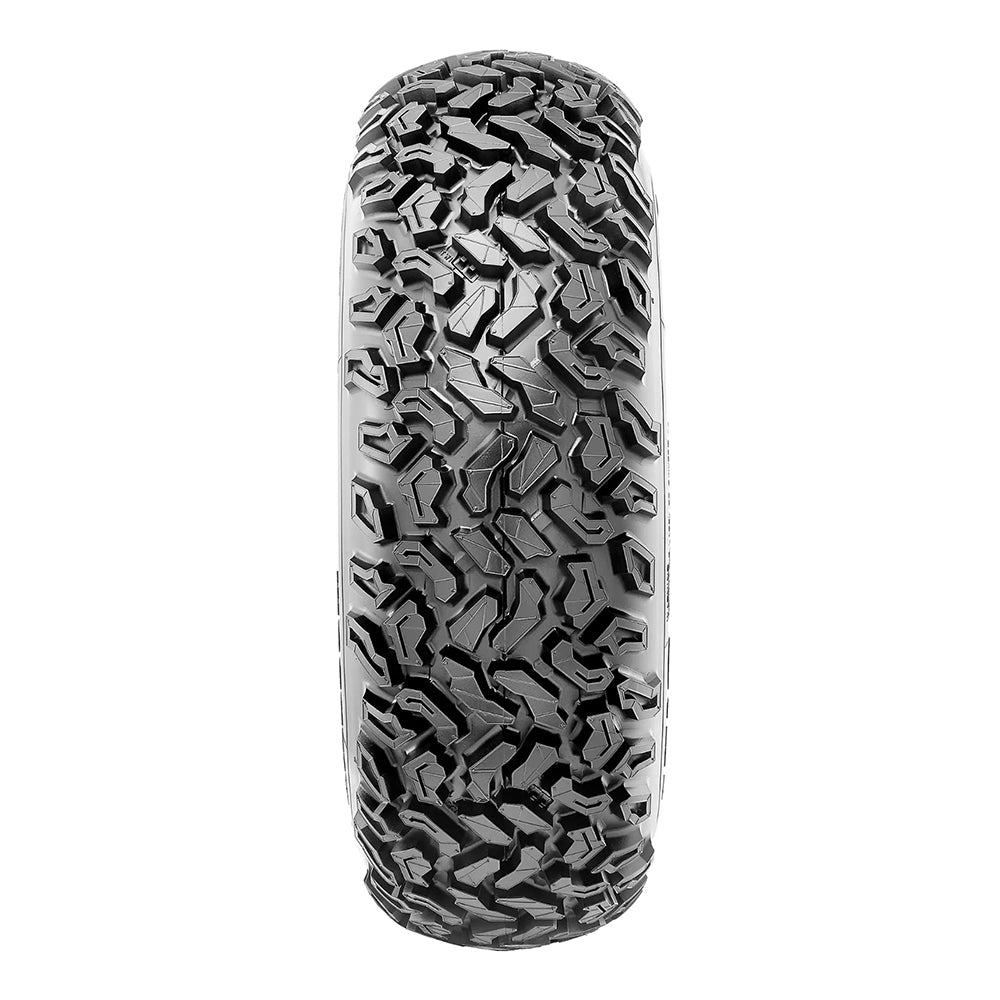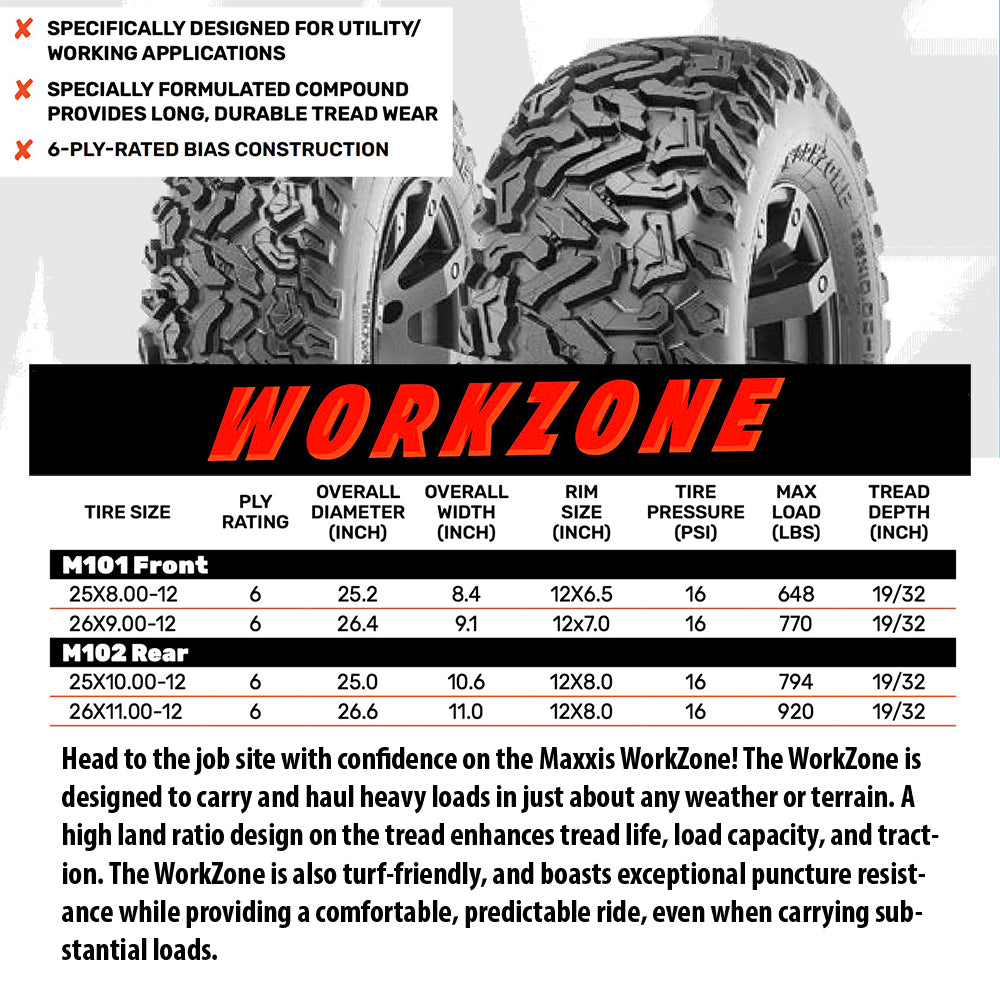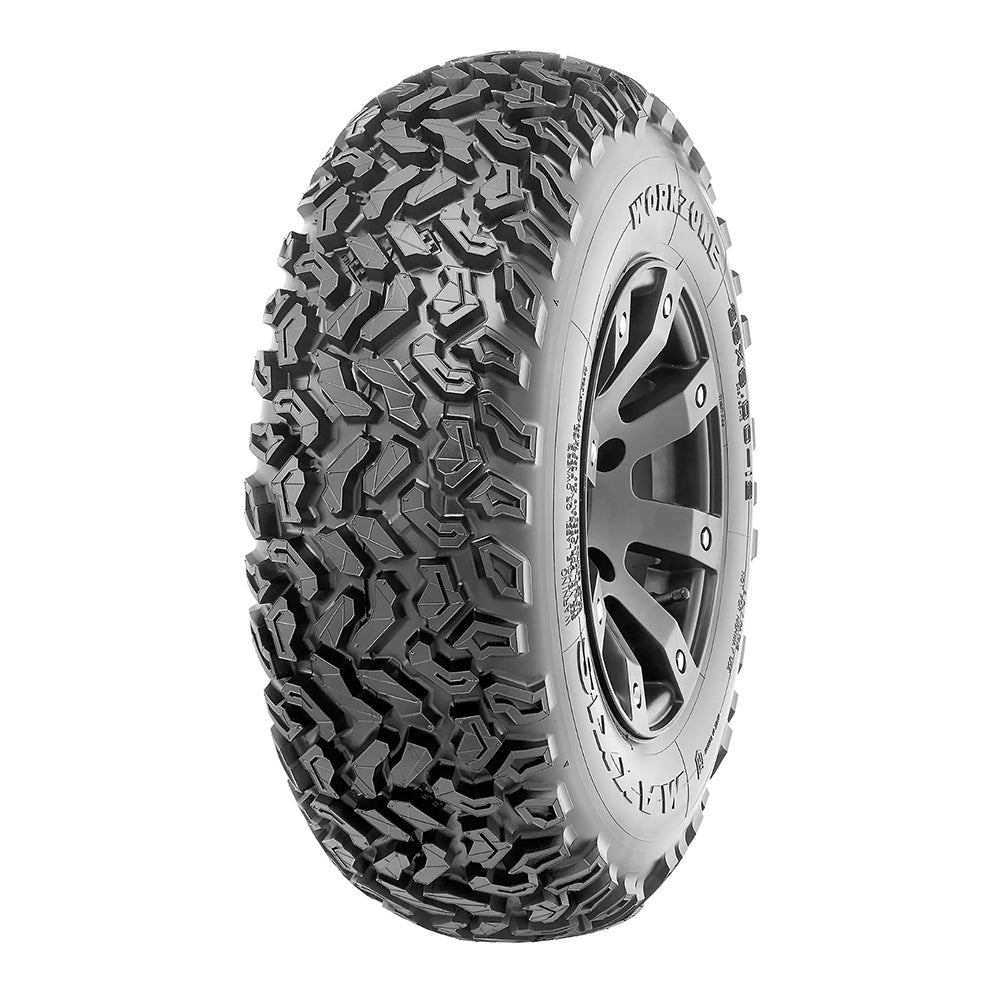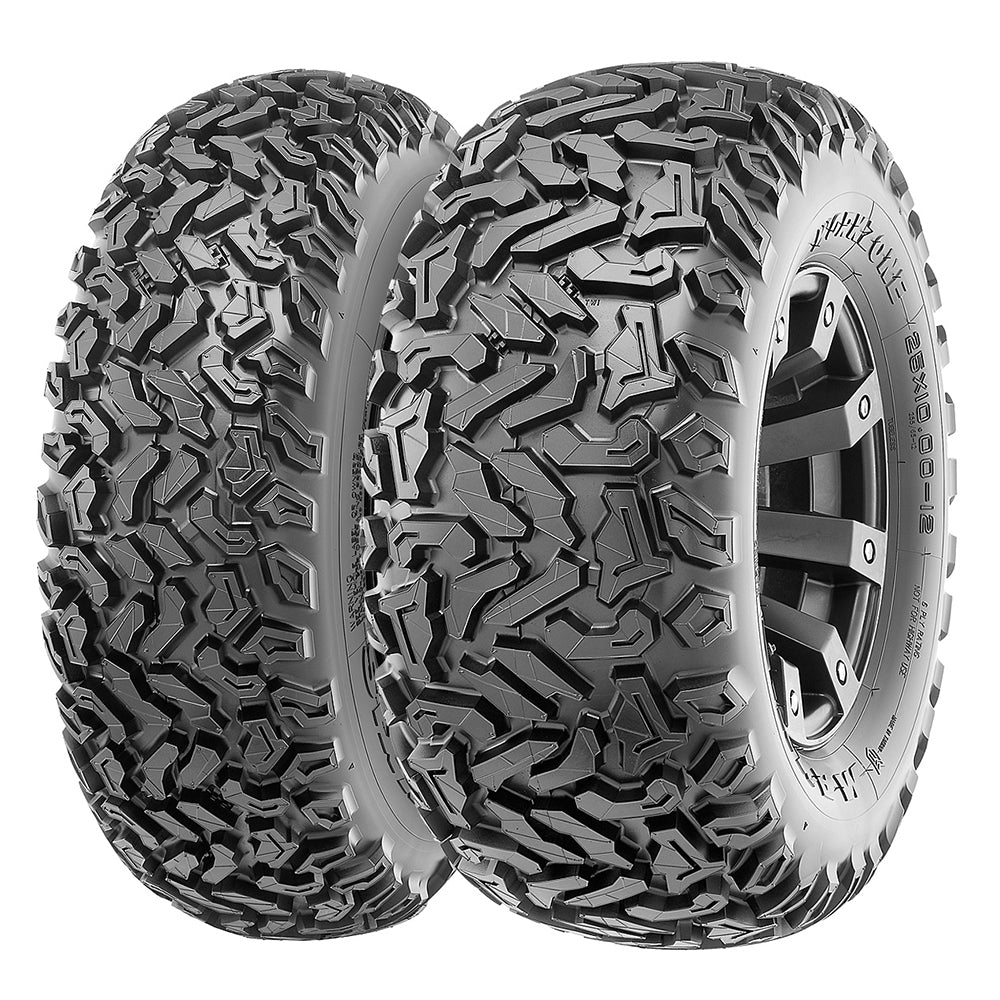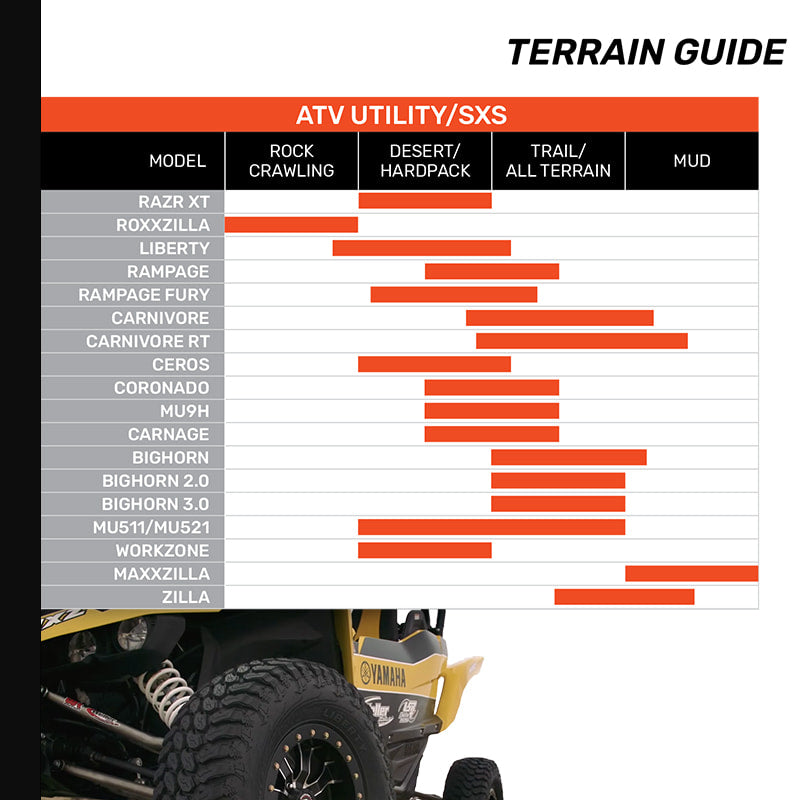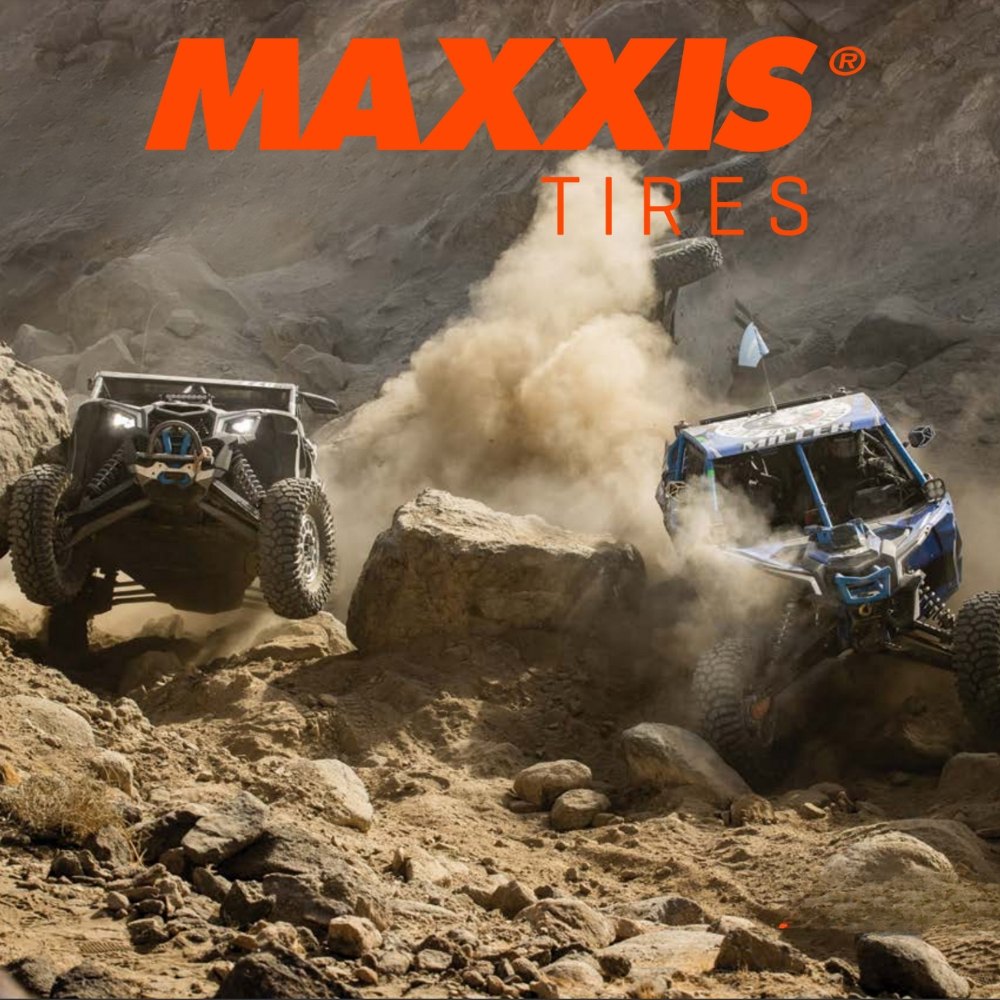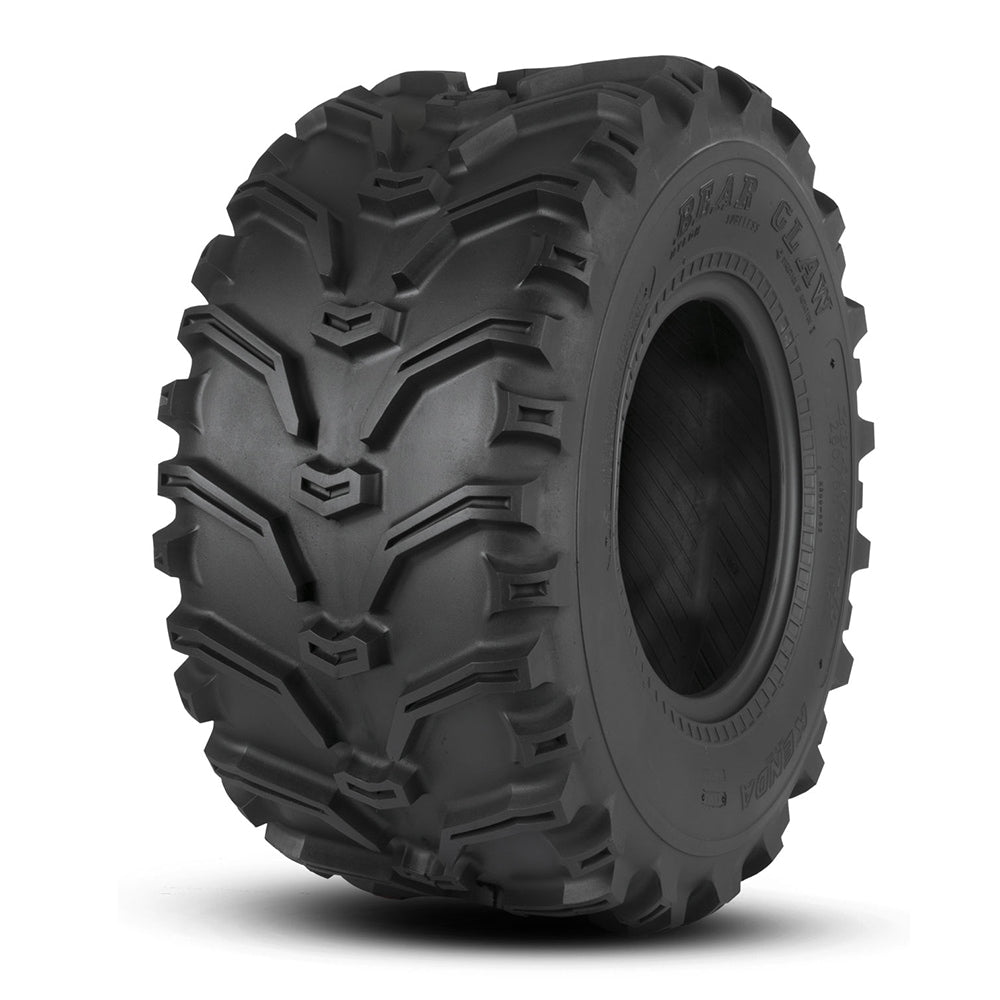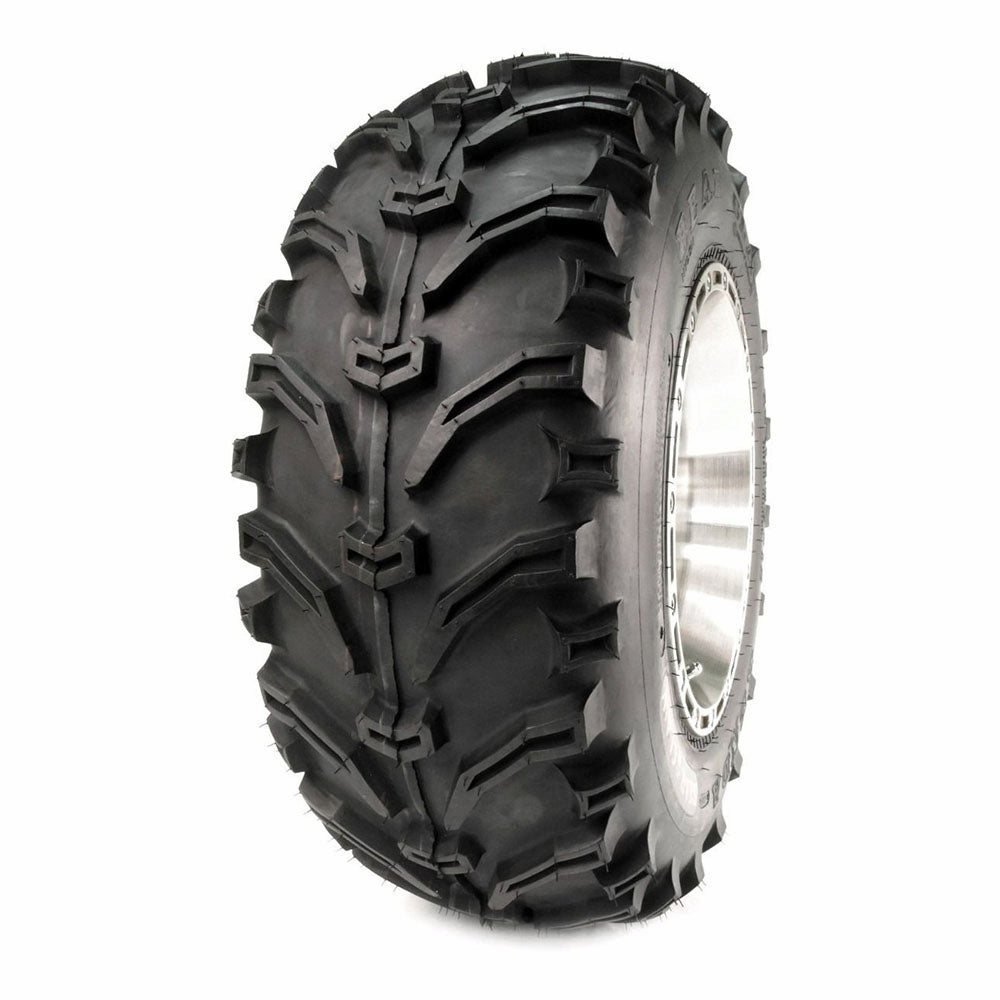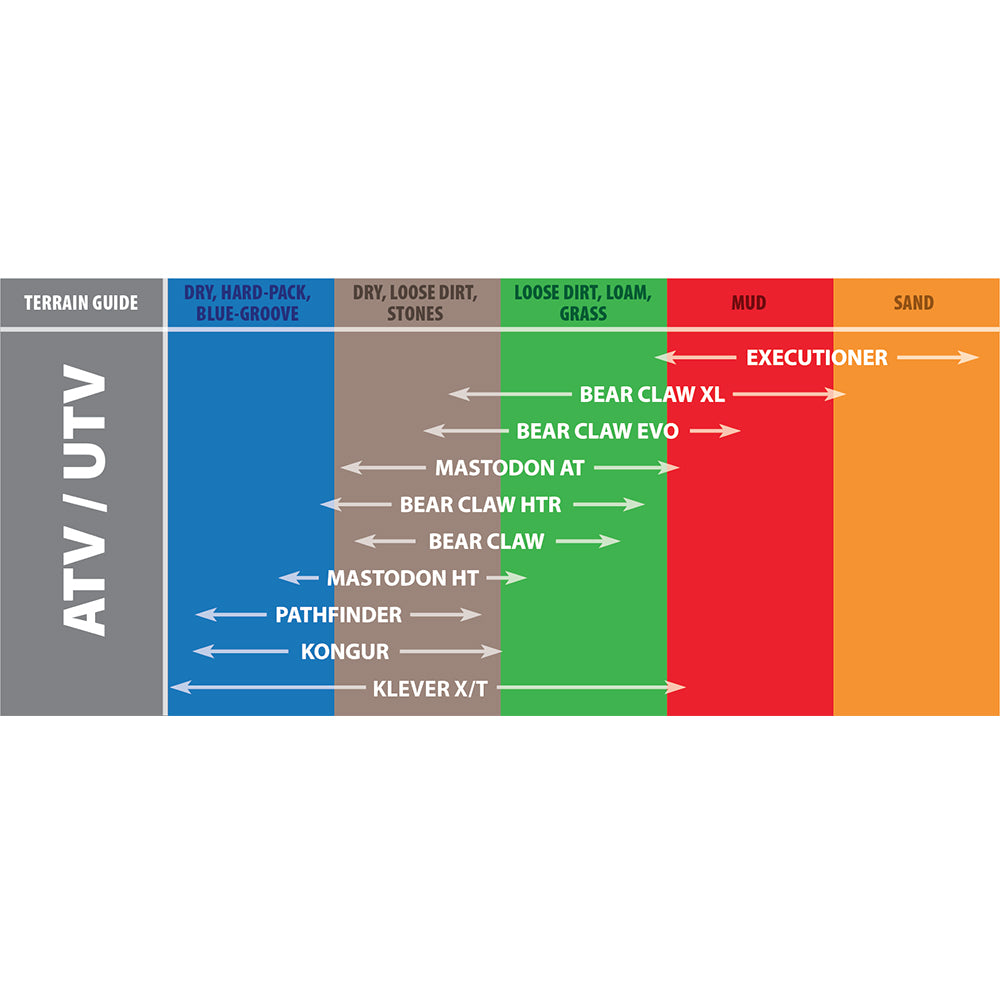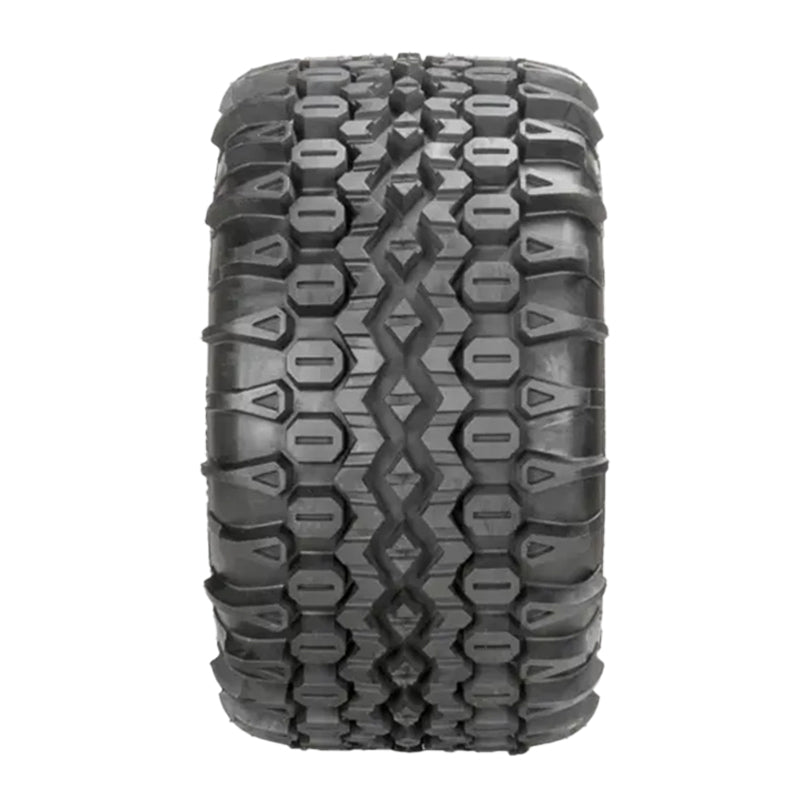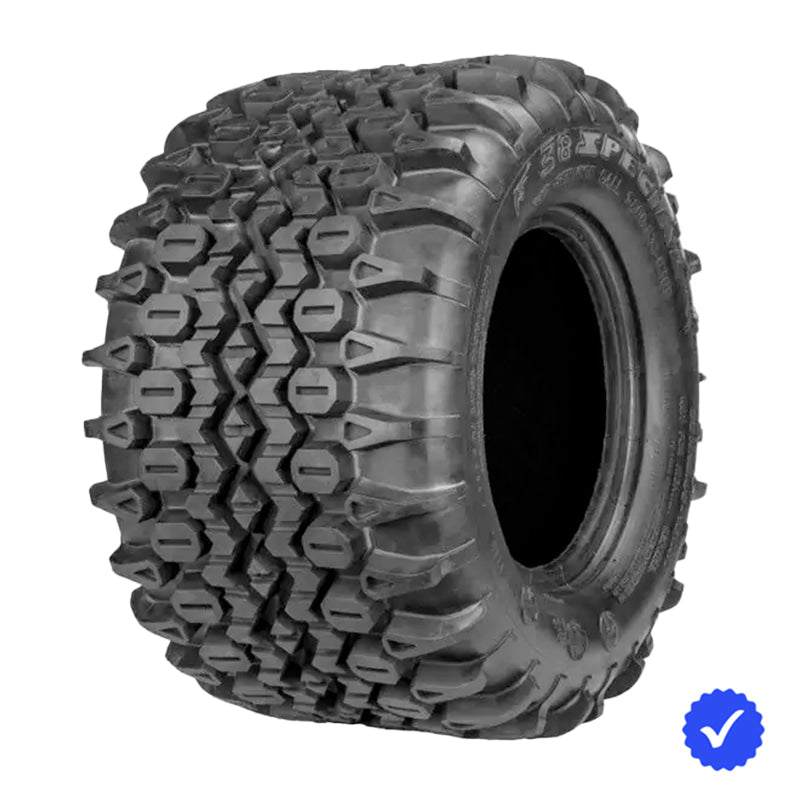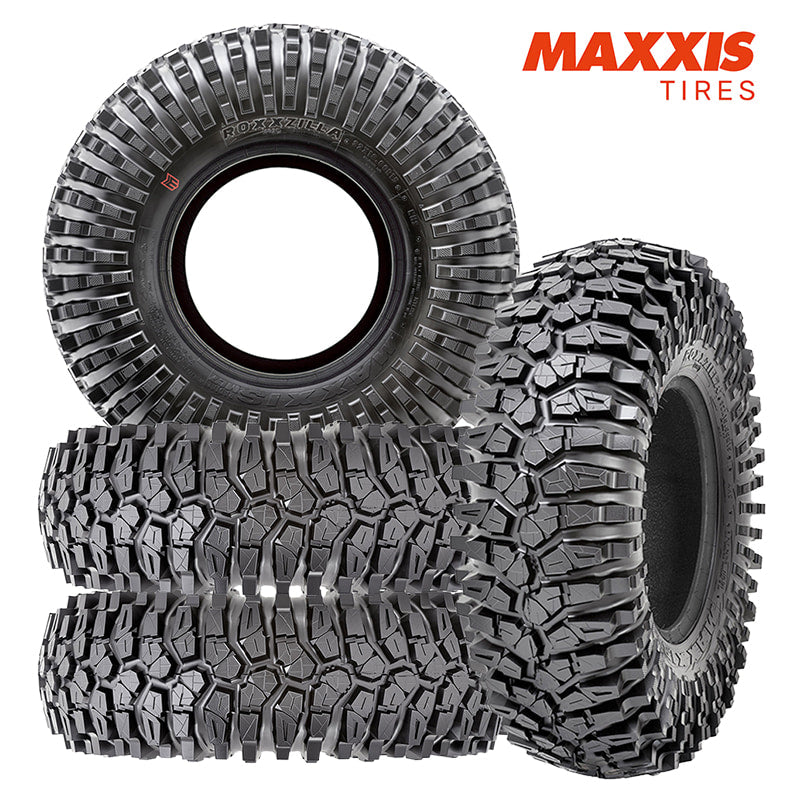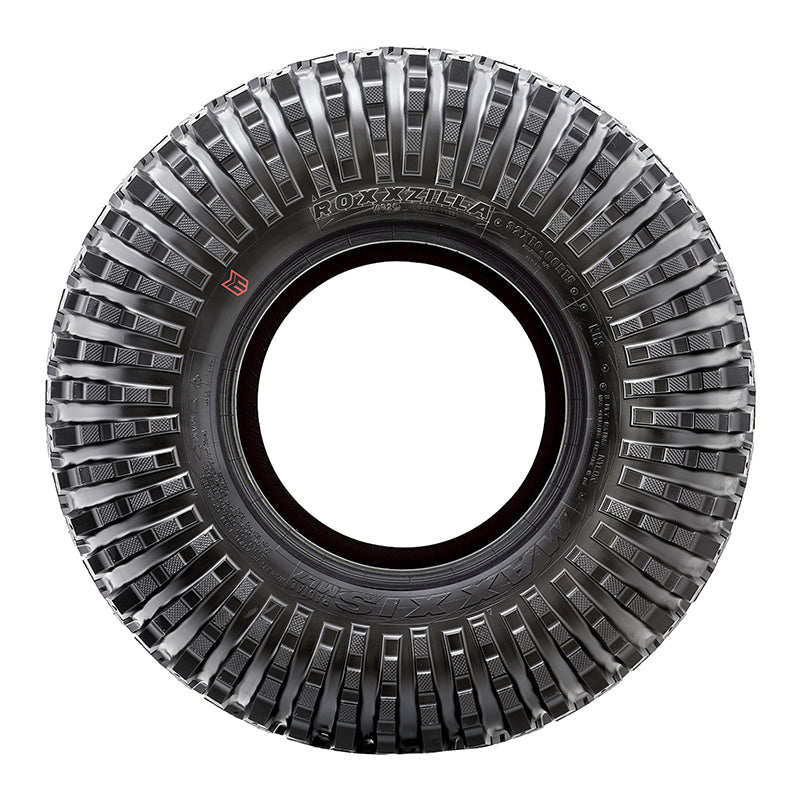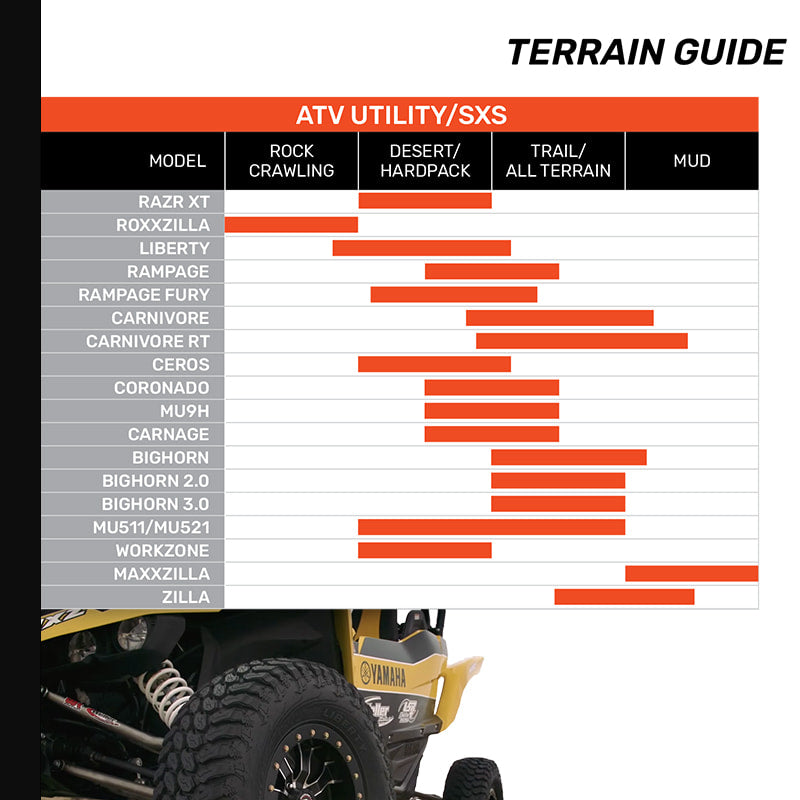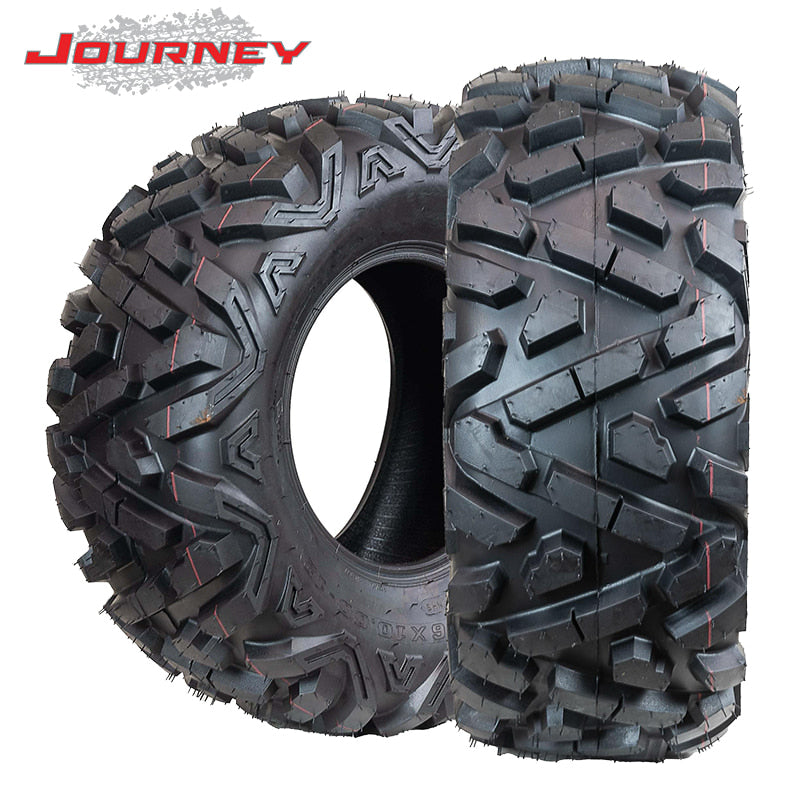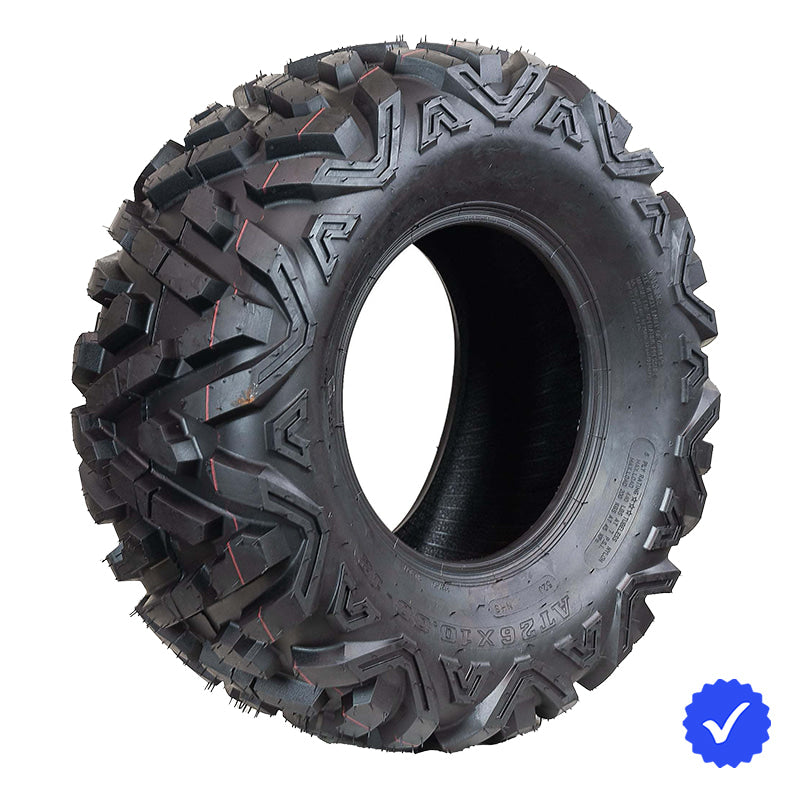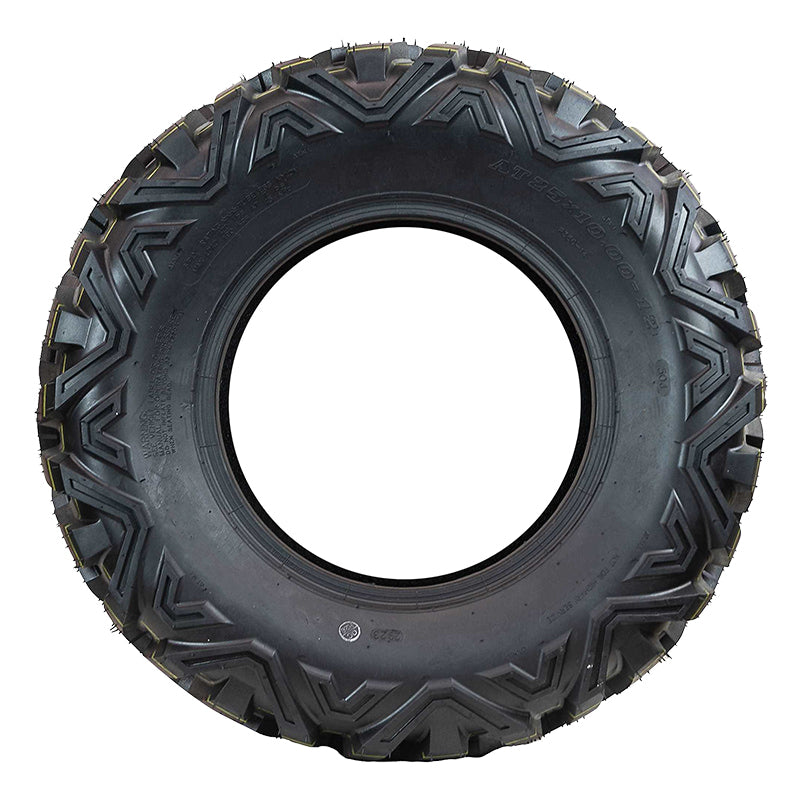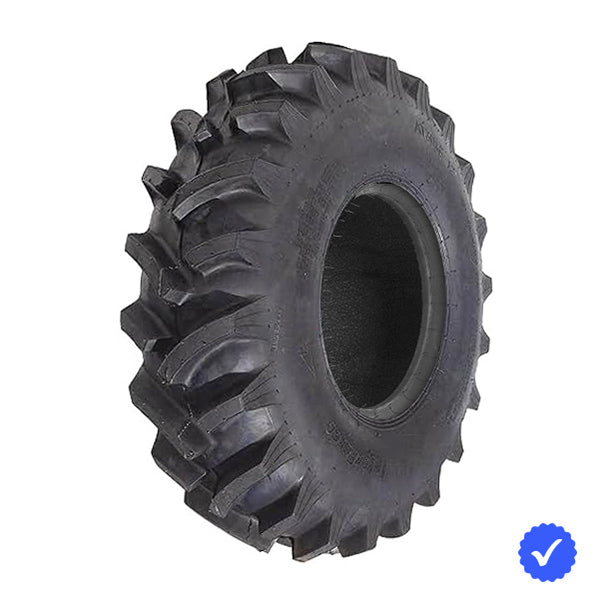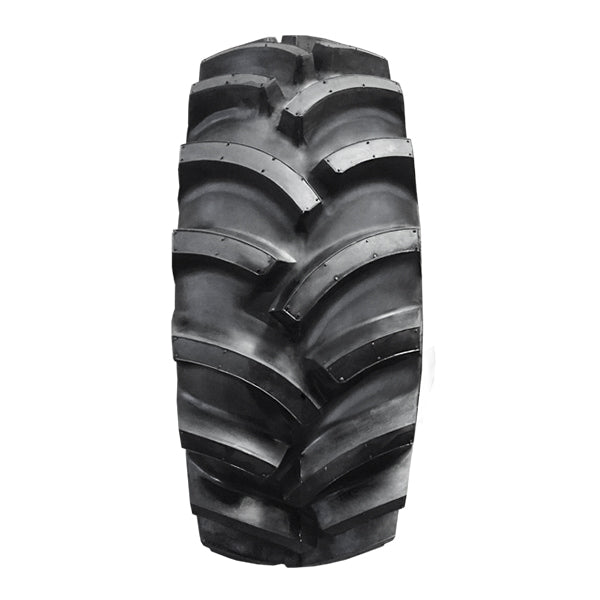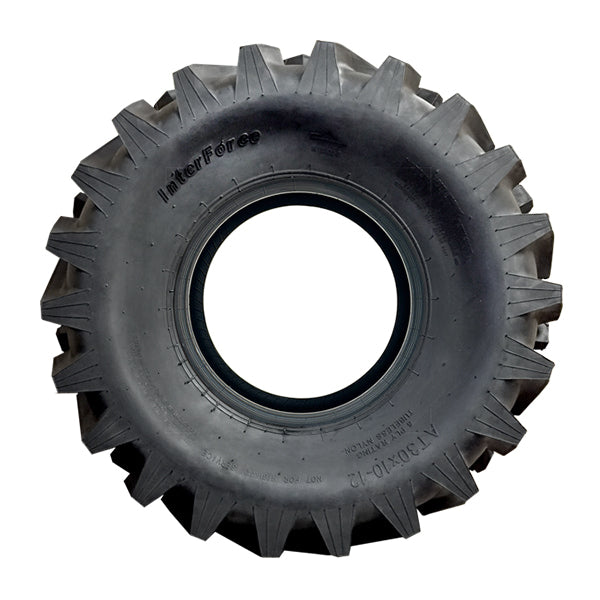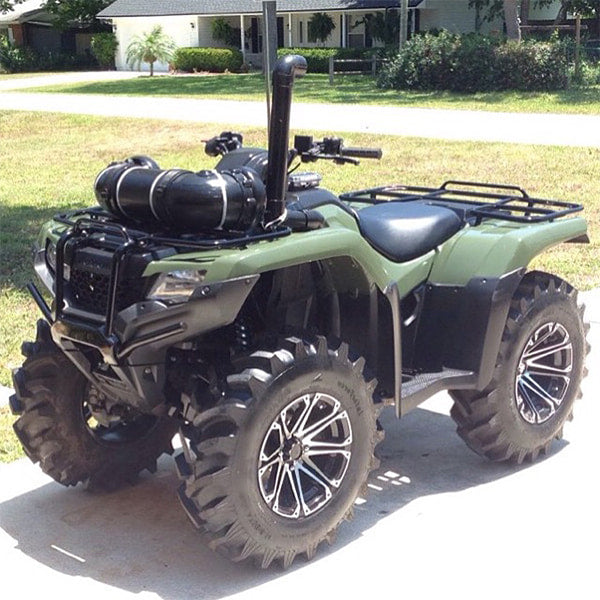UTV Tires
Conquer any terrain with high-performance UTV tires built for mud, rocks, trails, hardpack, street, and more. From deep-lugged mud tires for extreme traction to directional options for quiet street riding and versatile all-terrain choices for everyday use, we’ve got you covered. Our collection features premier brands like Maxxis, BFGoodrich (BFG), QuadBoss, ITP, Kenda, Frontline, and more. Plus, we offer a wide range of side-by-side tire sizes, making finding the perfect tire for your machine simple and easy.
Choosing The Right UTV Tire
Type — which UTV tire is right for you
UTV tires are purpose-built for different terrains. Here is a breakdown of some of the most popular UTV tire types:
- Mud tires- These tires feature deep lugs with wide voids for maximum bite and traction. They also usually feature angled tread blocks for self-cleaning. You know a mud tire when you see one.
- All-terrain tires- AT tires come with balanced tread to handle all types of terrain. The tread blocks feature a mix of depth, spacing, and edges to handle a mix of surfaces. Great for trails, hardpack, and light mud.
- Rock crawling tires- These tires often have reinforced sidewalls and tread that extends further around the tire for grip at all angles. In addition, there are often plenty of tread blocks to ensure lots of "biting" edges. Extreme rock tires are often manufactured with a softer compound to ensure the tire's "stick".
- Racing/performance tires- Racing tires use lightweight compounds or lower ply ratings to reduce weight and maximize speed. They commonly have directional tread for increased handling and stability.
- Street tires- Less aggressive and tighter tread blocks allow for quieter, predictable handling on pavement and hard surfaces. Many street tire models feature directional tread patterns for a smoother ride.
Choose the tire type that matches your primary terrain and load needs to get the best traction, wear life, and ride feel.
Price — what UTV tires typically cost (per tire)
Tire prices vary widely depending on size, ply rating, tire compound, and brand. Larger diameters, high ply ratings, and specialty compounds will push the prices toward the top of the range. Here is a breakdown of the average price of budget, mid, and premium UTV tires:
- Budget/entry tires- $35-$100
- Mid-range tires- $100-$175
- Premium/specialty tires- $175-$300
These ranges reflect averages across the industry. Individual tire prices can vary widely.
Brands — popular, reliable UTV tire makers
Market leaders you’ll see most often include Maxxis, ITP, Kenda, BFGoodrich (BFG), QuadBoss, GBC, Carlisle, Pro Armor, Interco plus a number of specialty and value brands. These brands have built a reputation for quality, and their tires receive high praise from users. Brand choice is a matter of personal preference, and each brand has its own strengths and weaknesses. Review tread patterns, ply rating, and user reviews when choosing a UTV tire.
Weight / Load — how much each tire can handle
UTV tires list load capacities on the sidewall or in manufacturer specs. Typical load ratings vary by model and size, but many UTV tires support several hundred pounds per tire (examples commonly in the 500–700+ lb per-tire range depending on size/ply). Add up the four tires to approximate gross vehicle carrying capacity and choose higher load-rated tires if you frequently carry passengers, cargo, or roof/bed accessories. (Always confirm exact ratings from the tire maker for your chosen model.)
Traction — are UTV tires good in snow?
Some UTV tires are designed specifically for winter use (snow-rated compounds and aggressive siping/void patterns) and will perform well in snow and ice; otherwise, deep-lug mud tires or dedicated snow tires offer better winter traction than a generic all-terrain. For extreme conditions, riders also use chains or studded options. If winter riding is frequent, pick tires marketed for snow or winter UTV use.
Air pressure — recommended PSI ranges
Recommended PSI depends on tire model, load, and terrain, but common guidance for UTV tires is roughly 10–18 PSI for soft surfaces (sand, mud, deep trail) to improve traction, and 12–20+ PSI for mixed/trail use to protect sidewalls and resist punctures. Always start with the tire manufacturer’s recommended pressure and adjust for load and terrain—check pressure before each ride.
Width / Fitment — what size tires will fit my UTV?
UTV tire fitment is determined by tire diameter, section width, wheel diameter, and wheel backspacing/offset. Common side-by-side tire diameters include 28", 30", and 32", but fitment limits vary widely by model. Use OEM recommendations as your baseline; when upsizing, confirm clearance for steering, suspension travel, and fender/bodywork and consider whether a lift or gearing change is necessary.
Clearance / lifespan — how many miles will UTV tires last?
Tire life is highly variable: terrain, riding style, tire compound, and maintenance all matter. Many riders report a few thousand miles of usable life on mixed-use tires, while aggressive use on hard surfaces or rock can shorten life to under 1,000–2,000 miles; conversely, careful trail use can yield 3,000–5,000+ miles for some models. Treat these as estimates and replace tires when tread or sidewall damage affects safety or performance.

